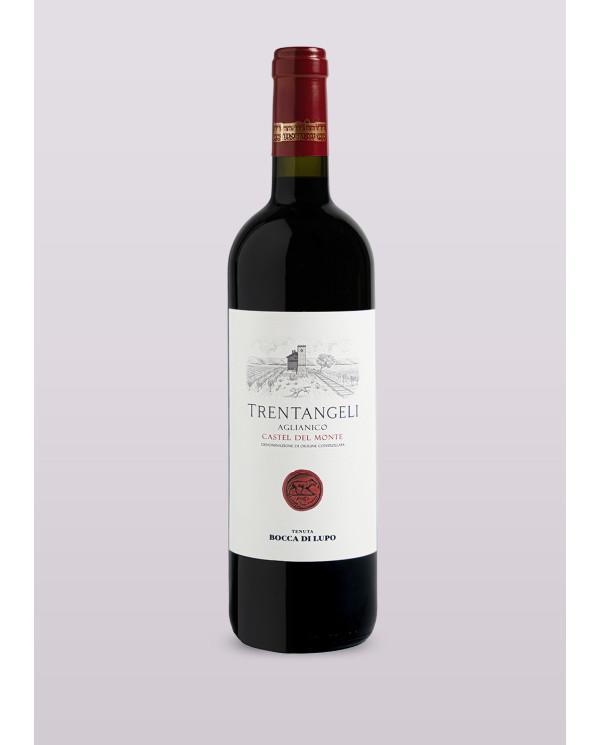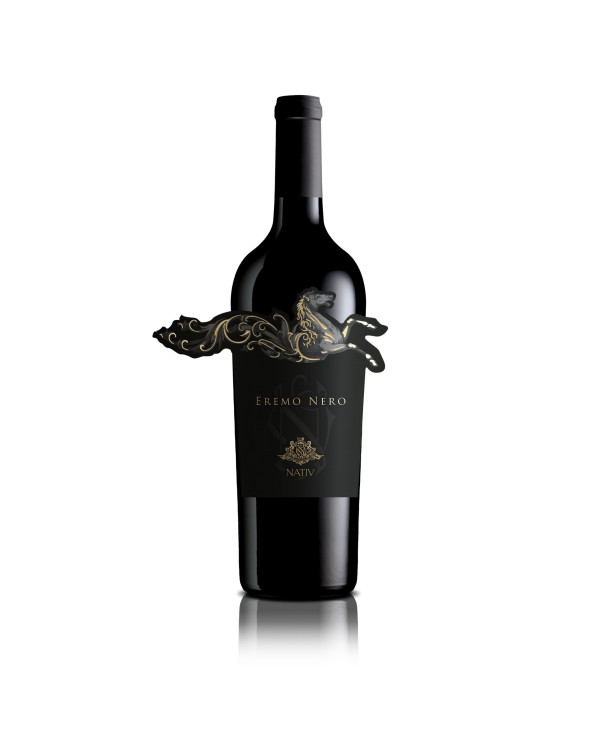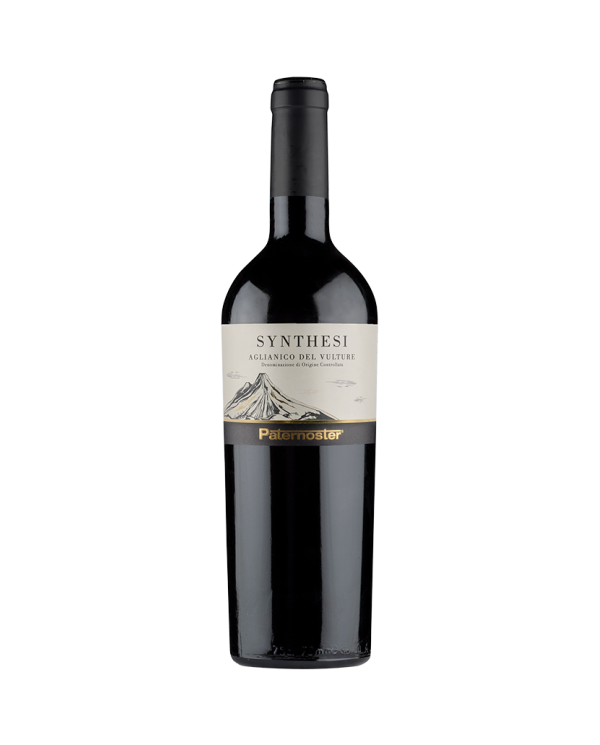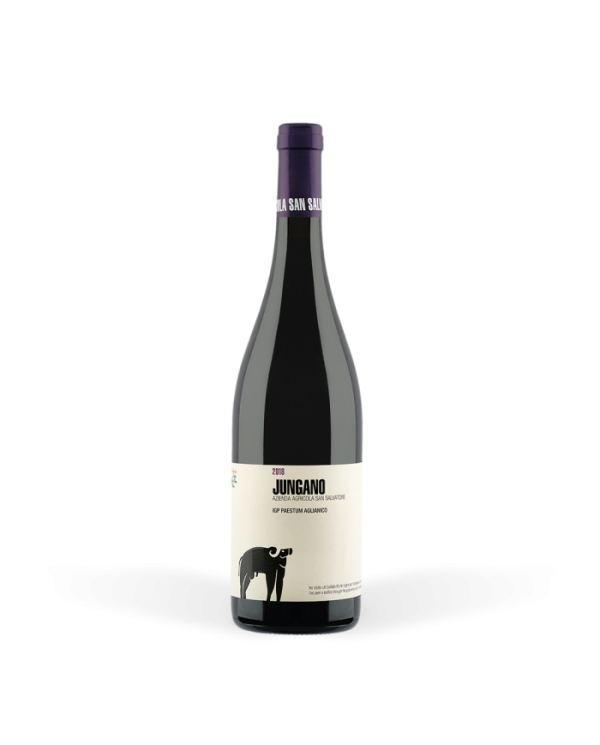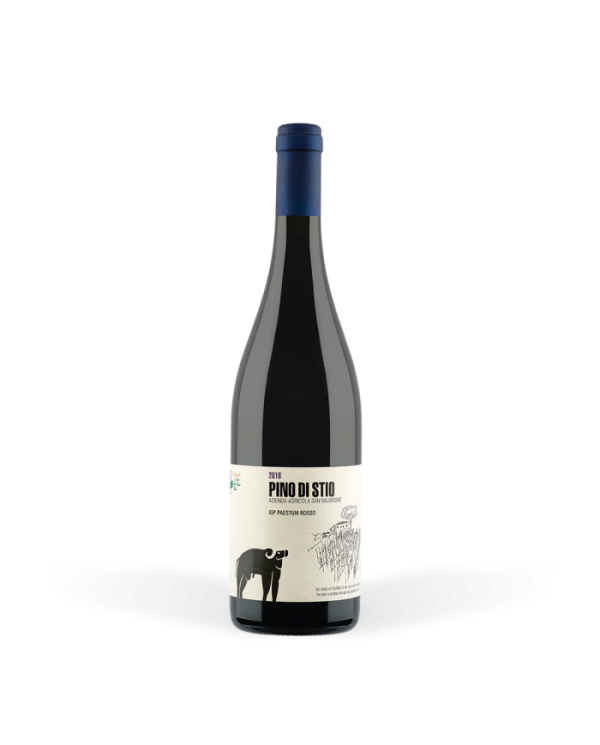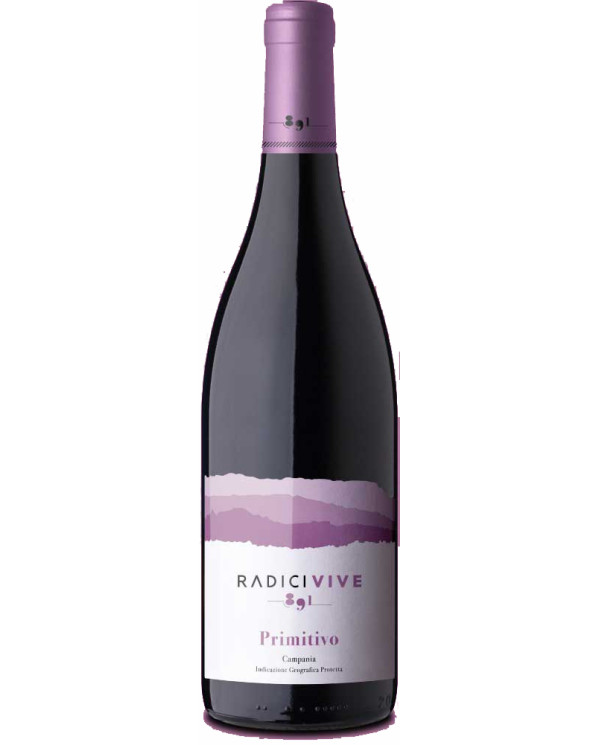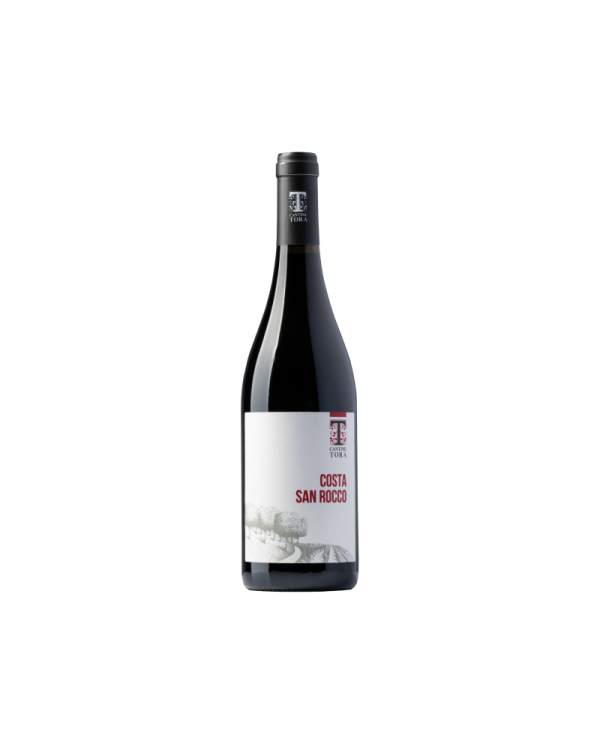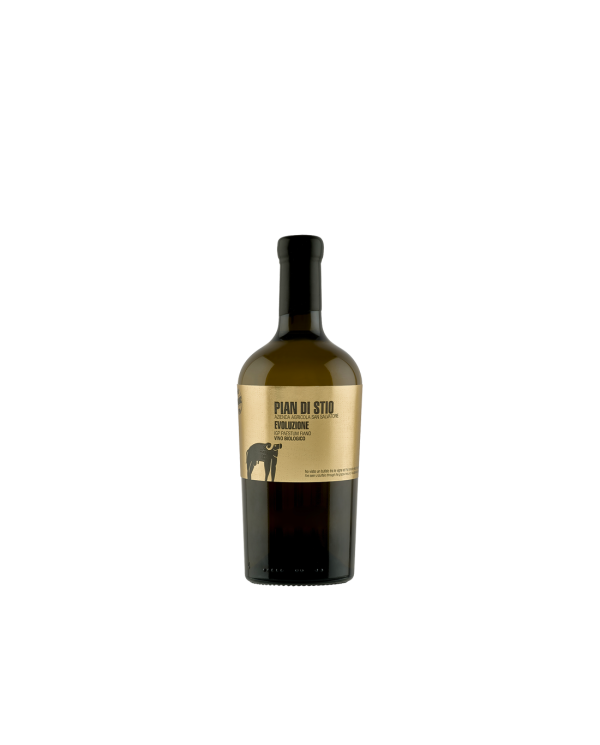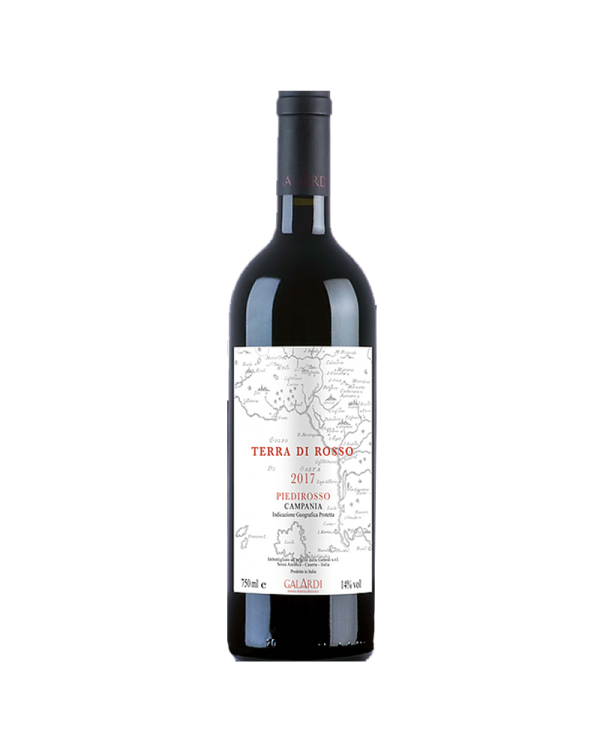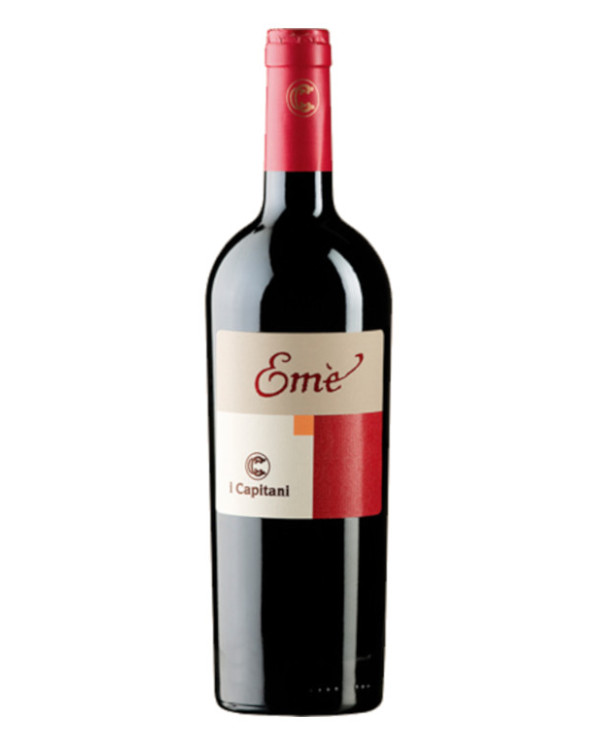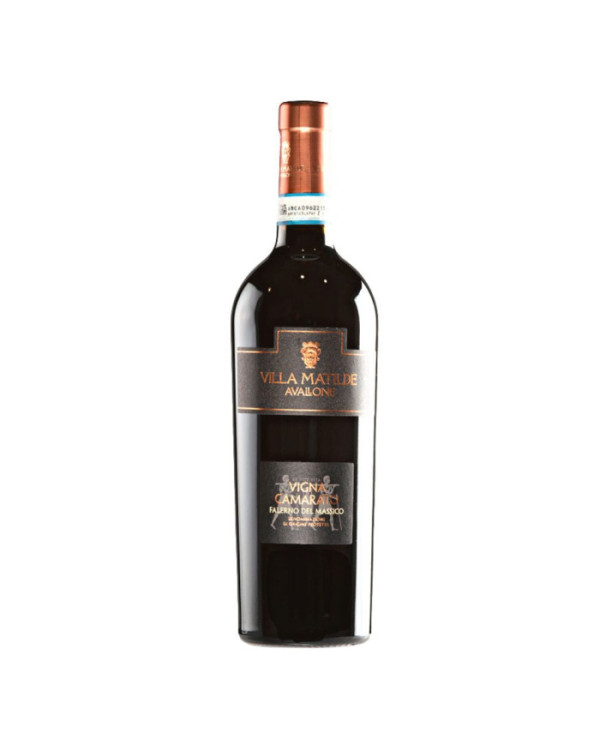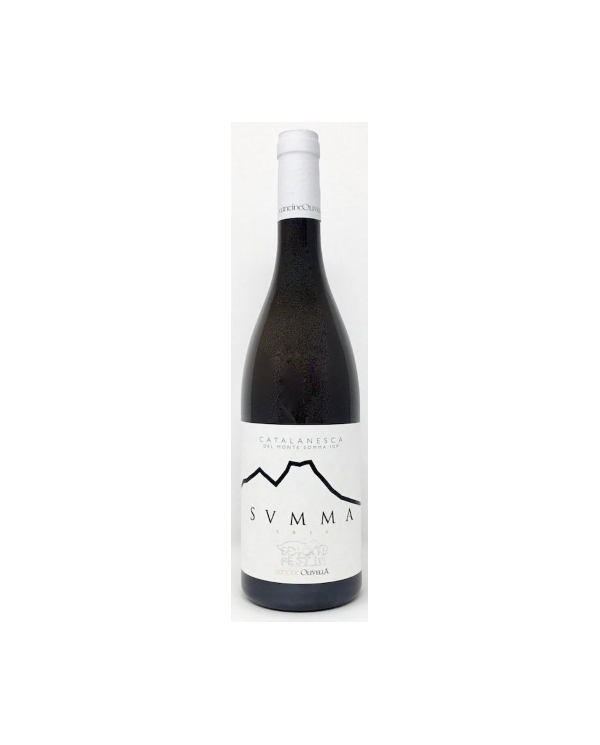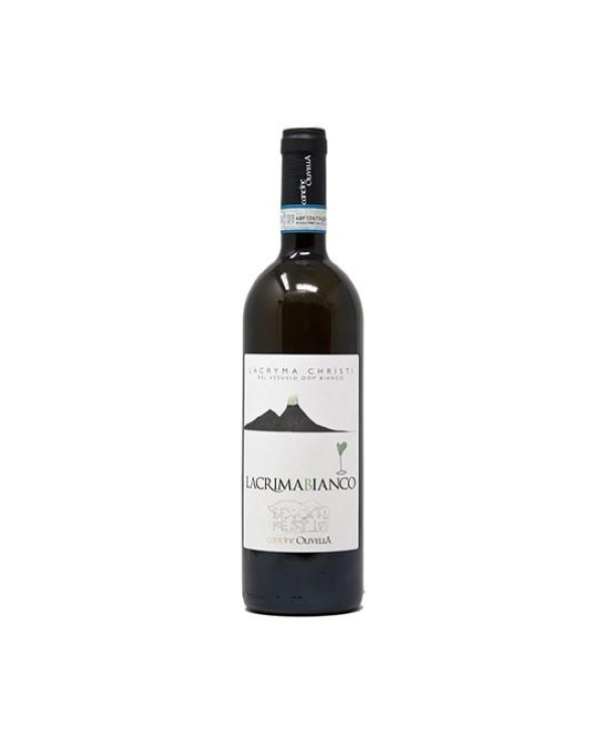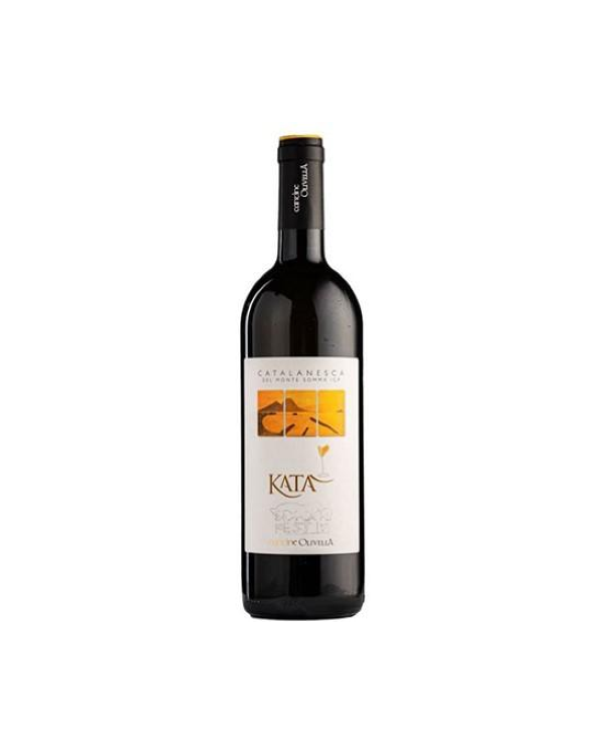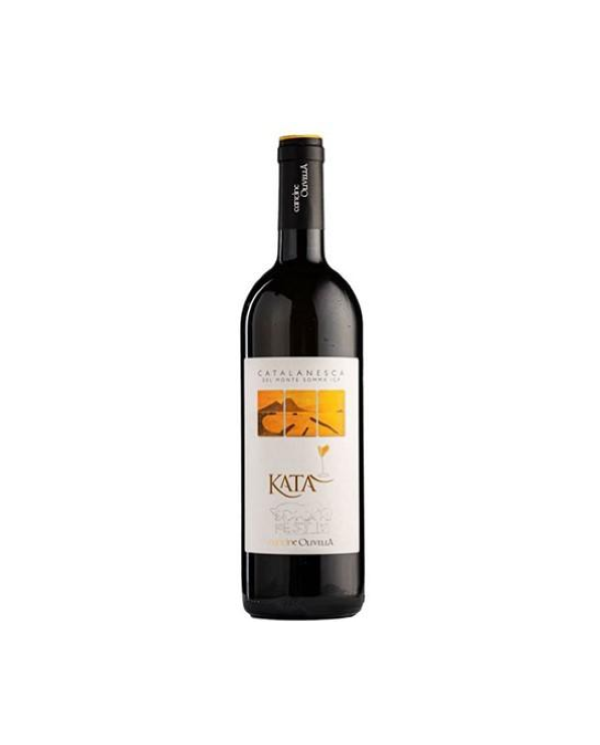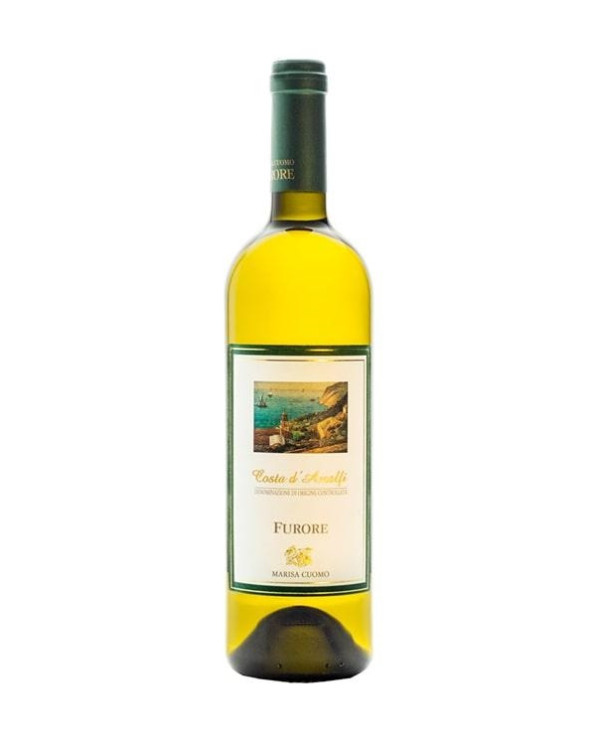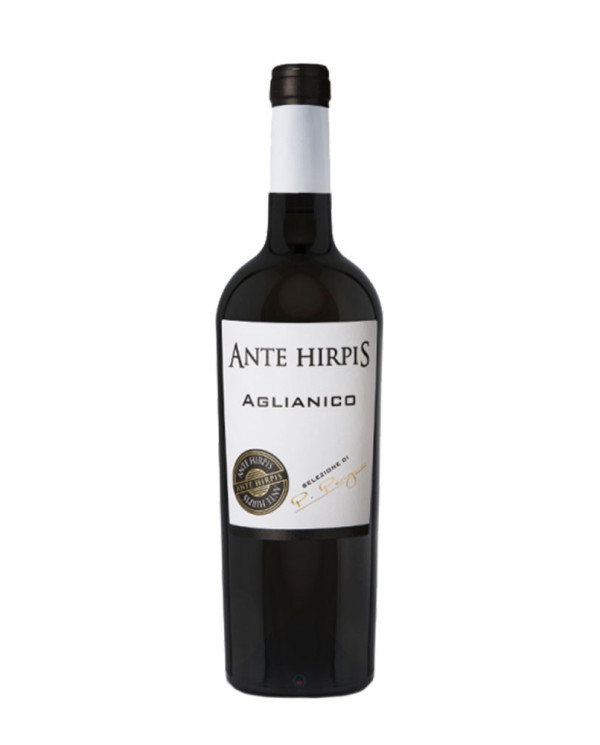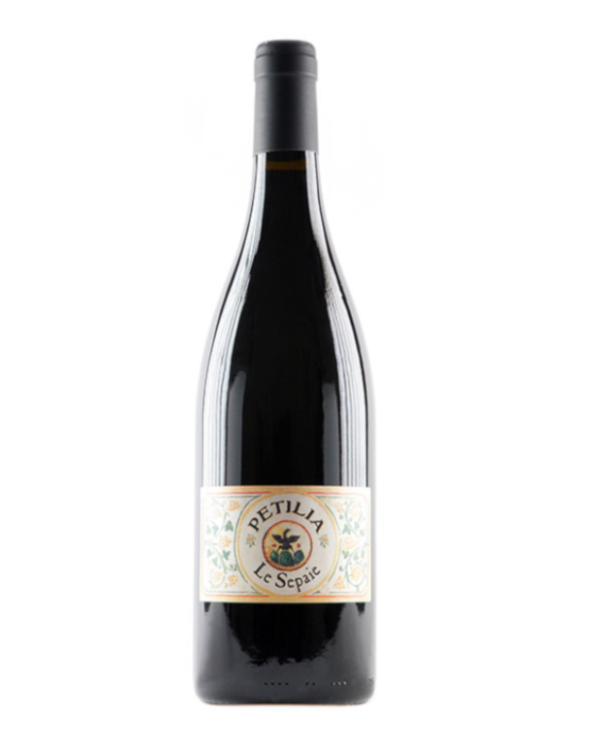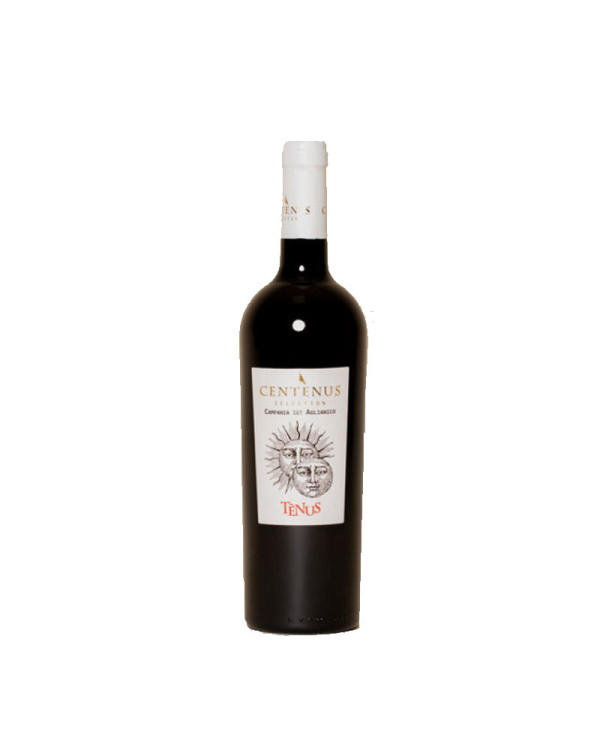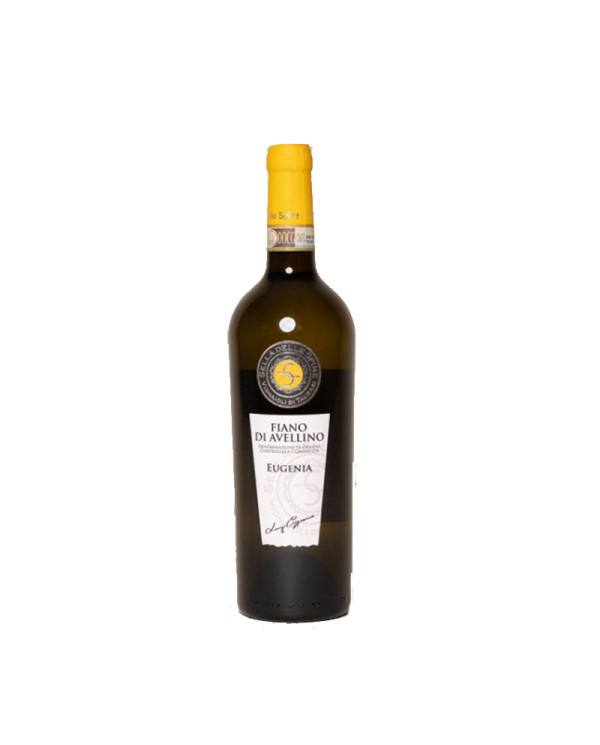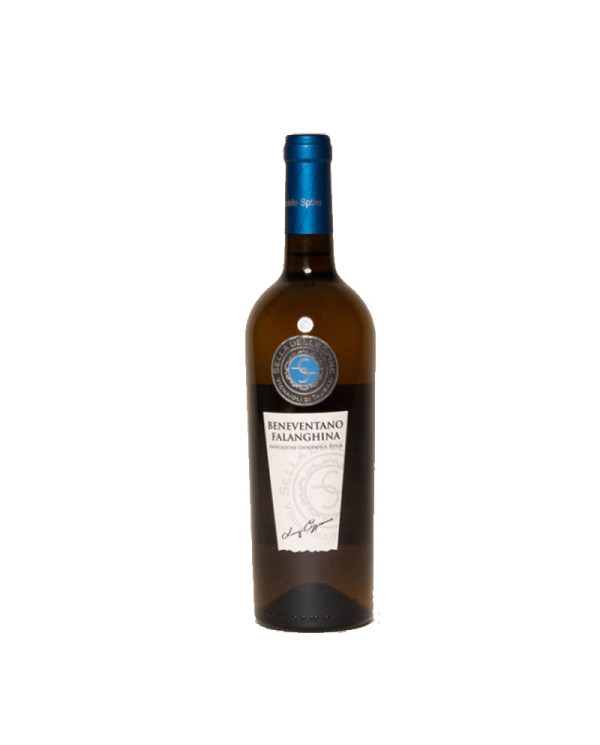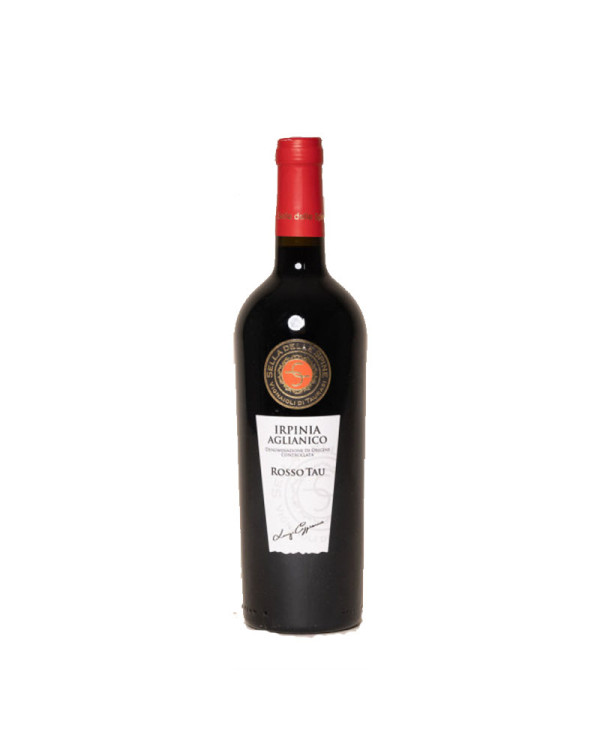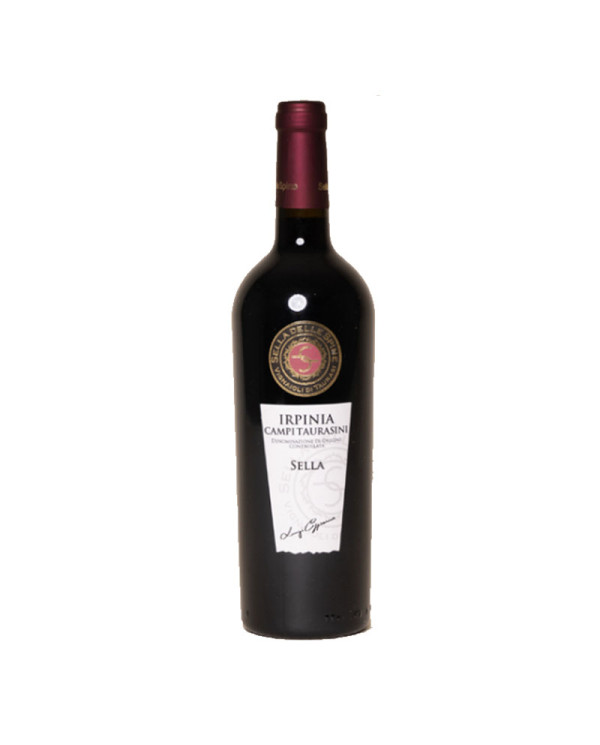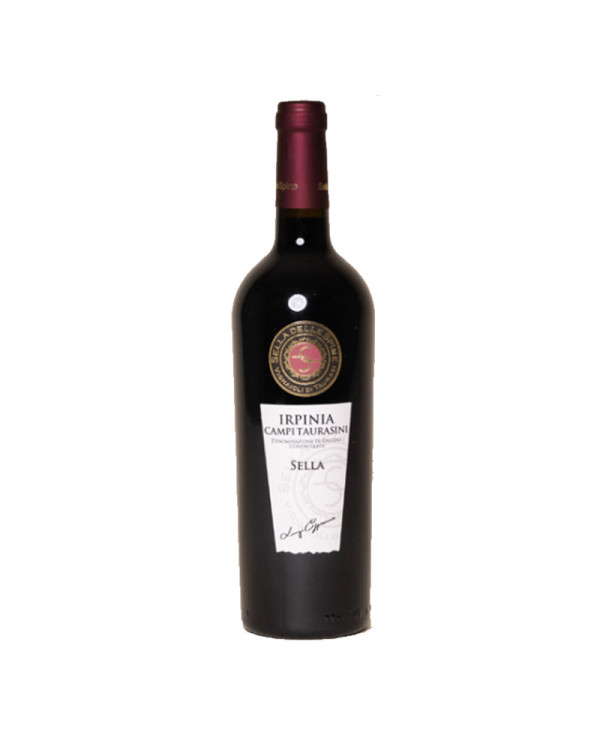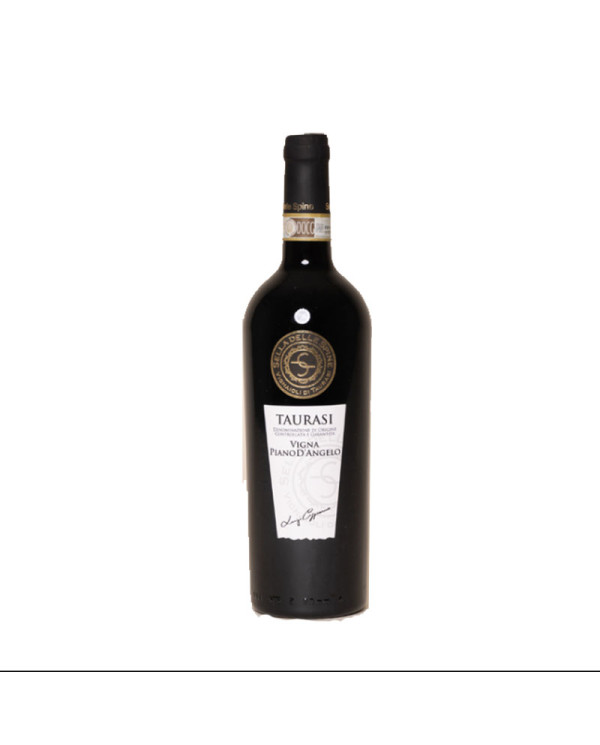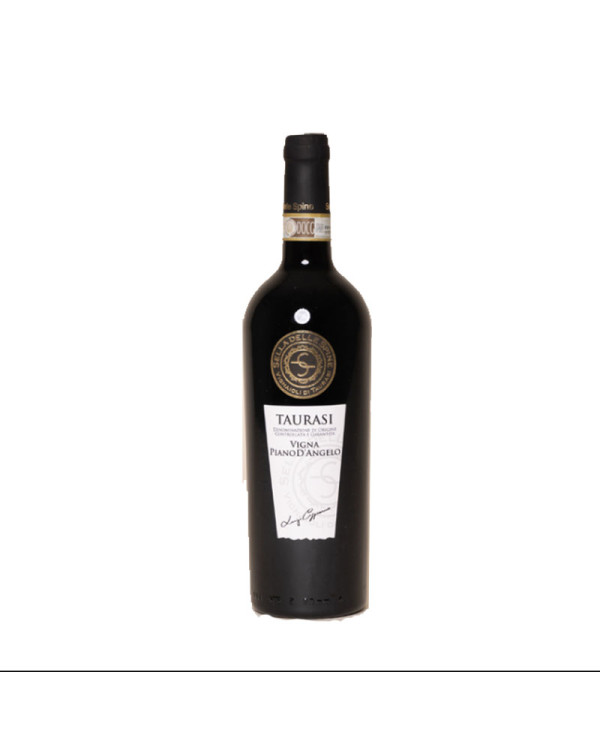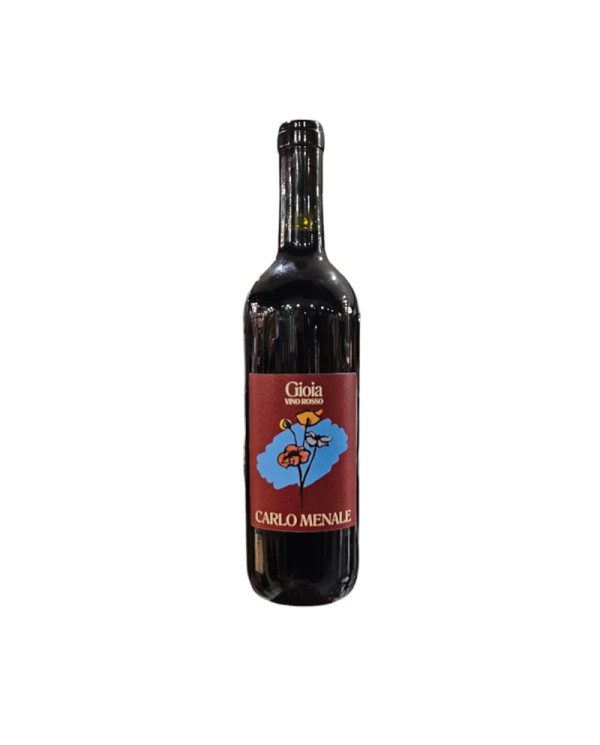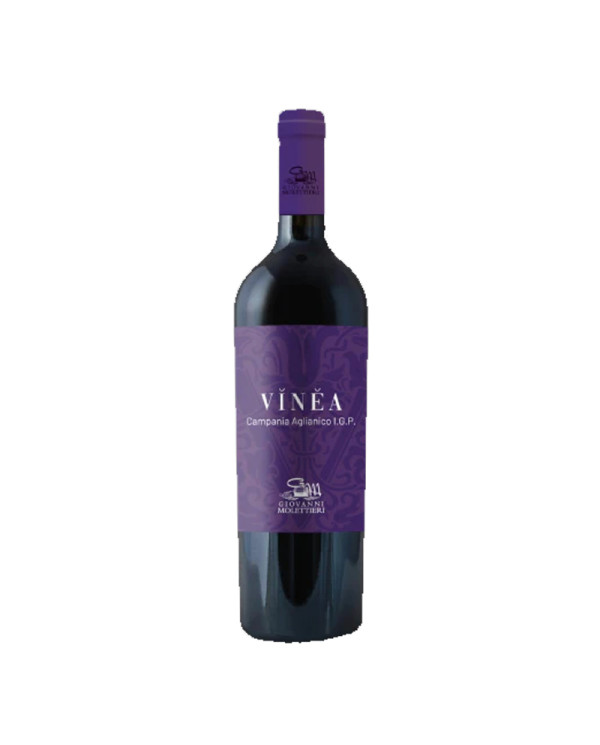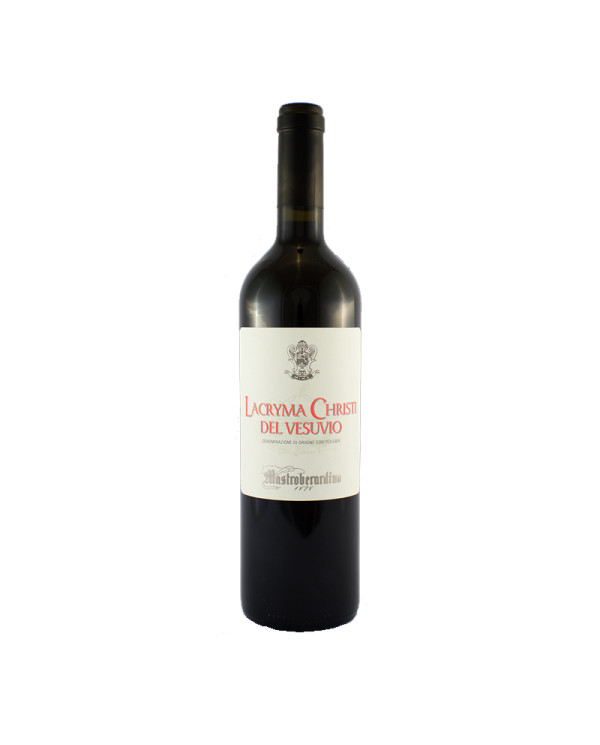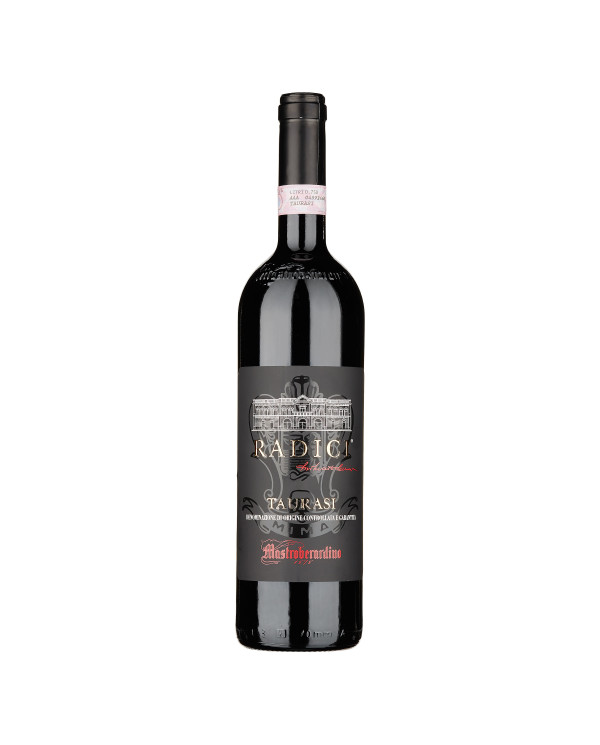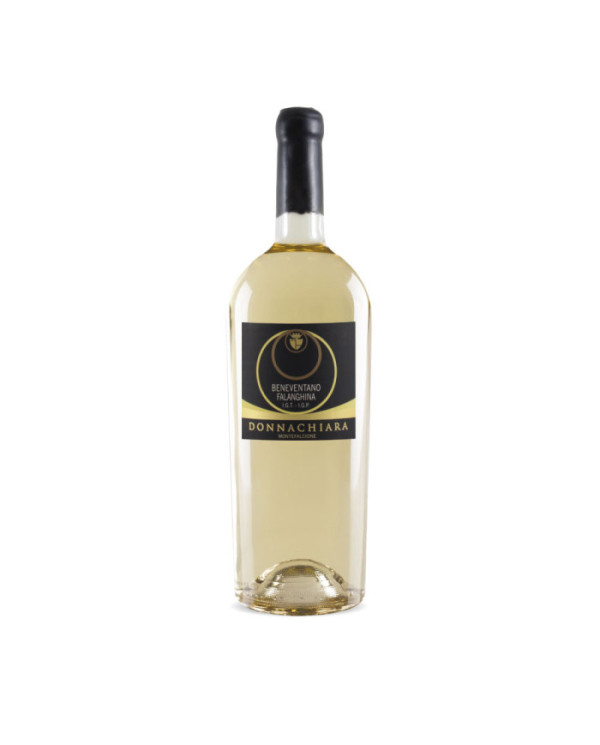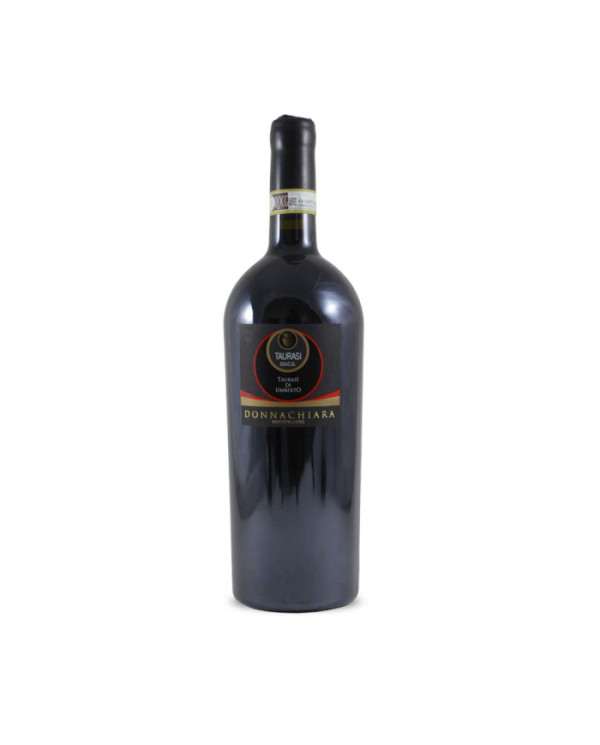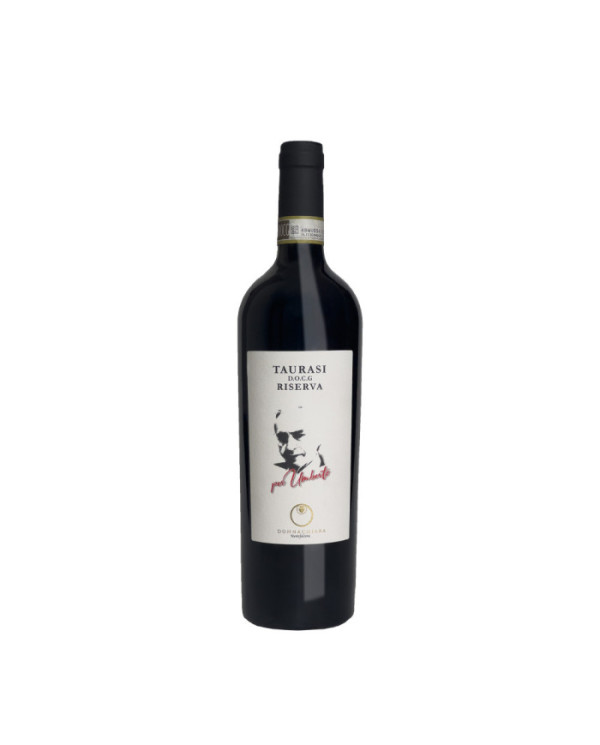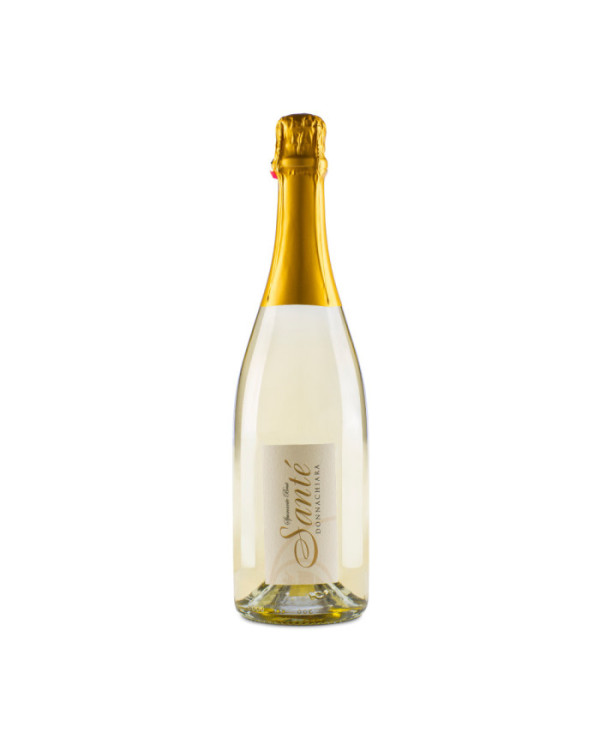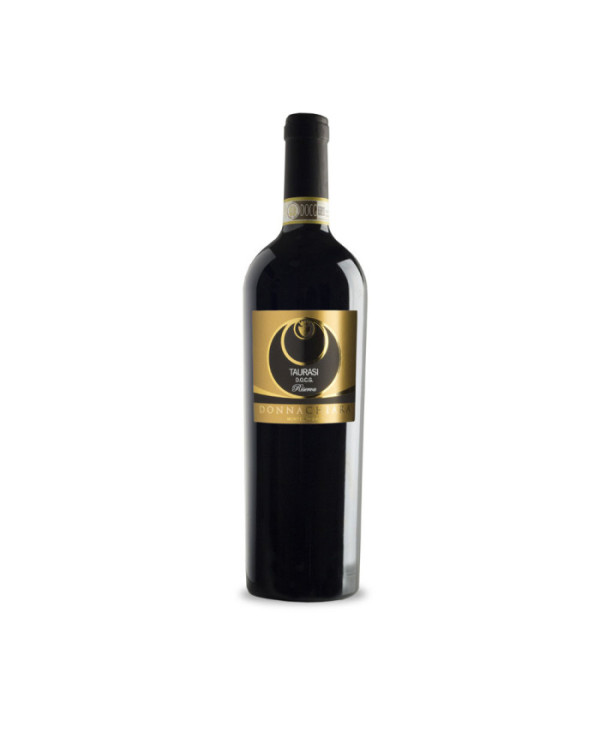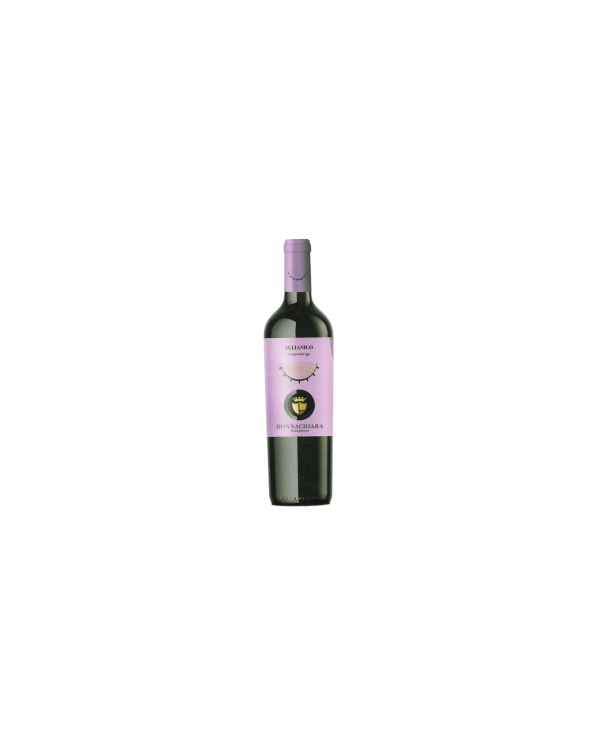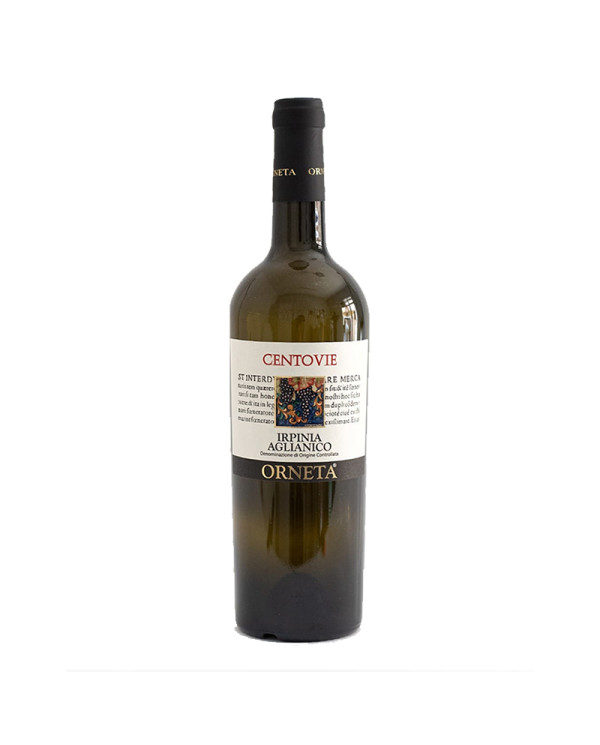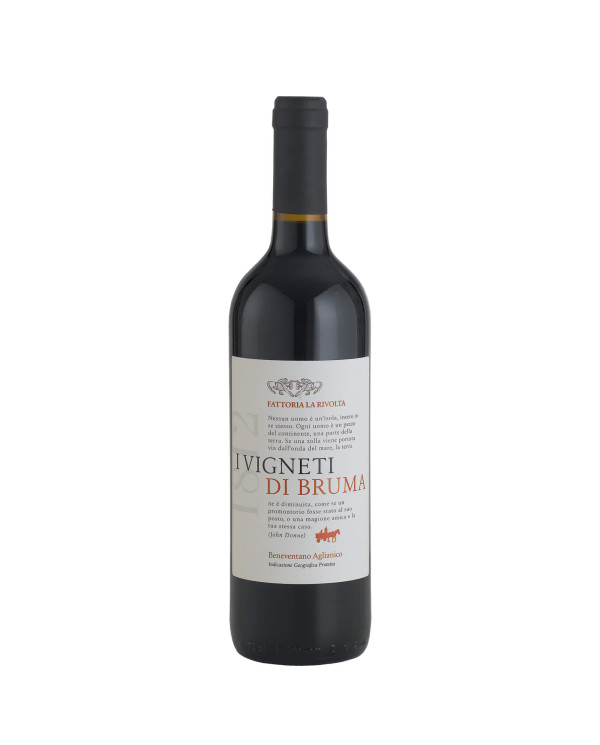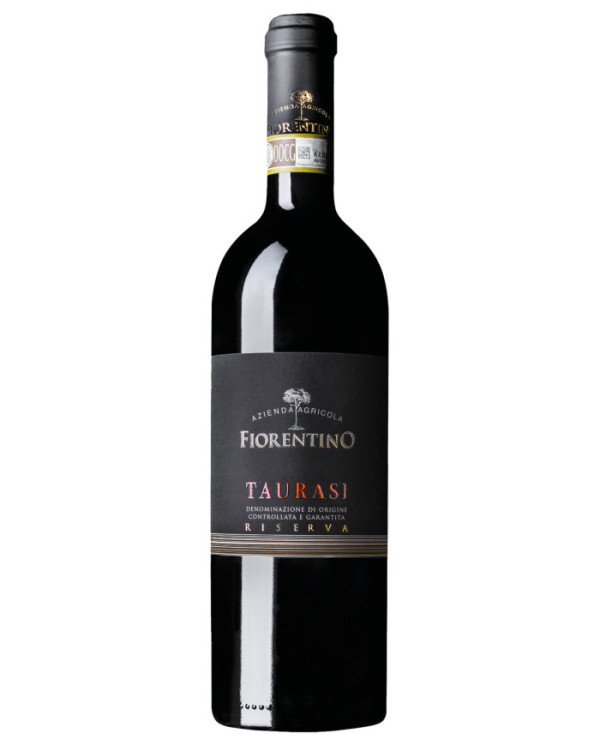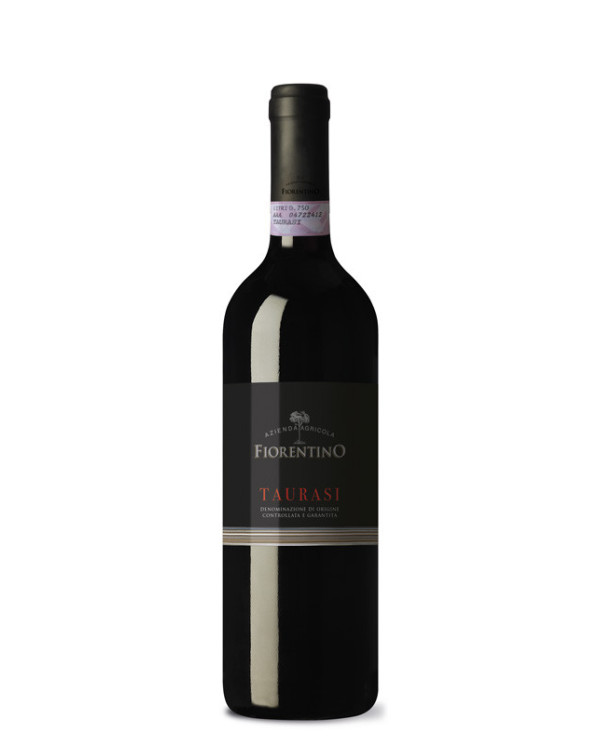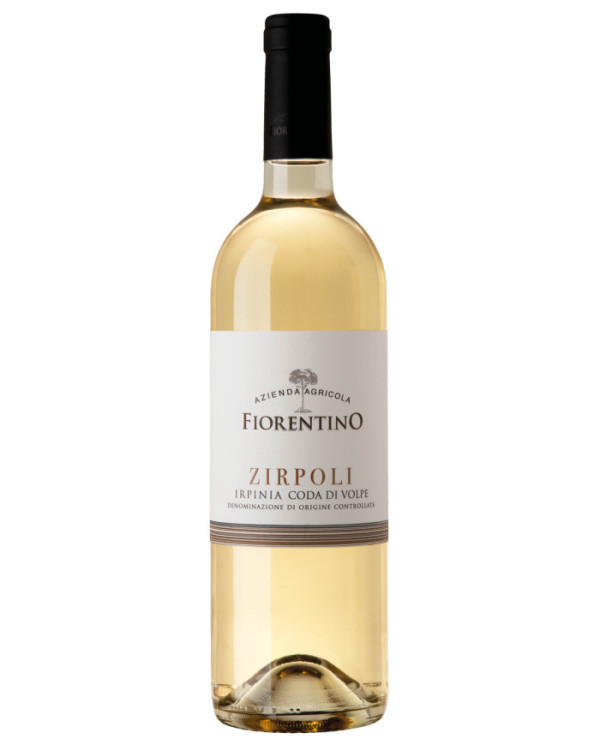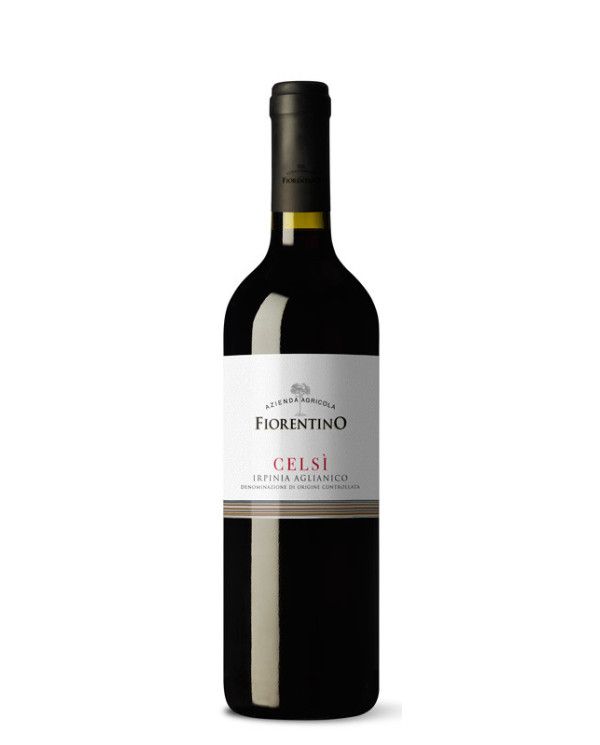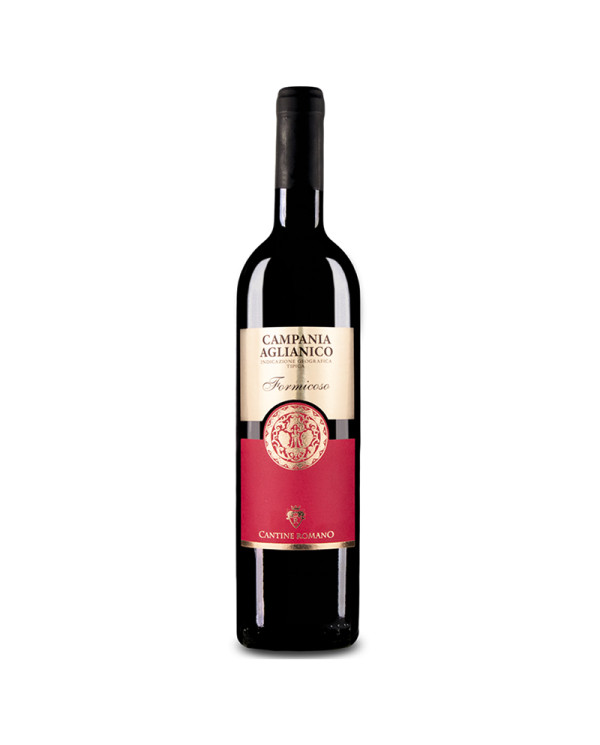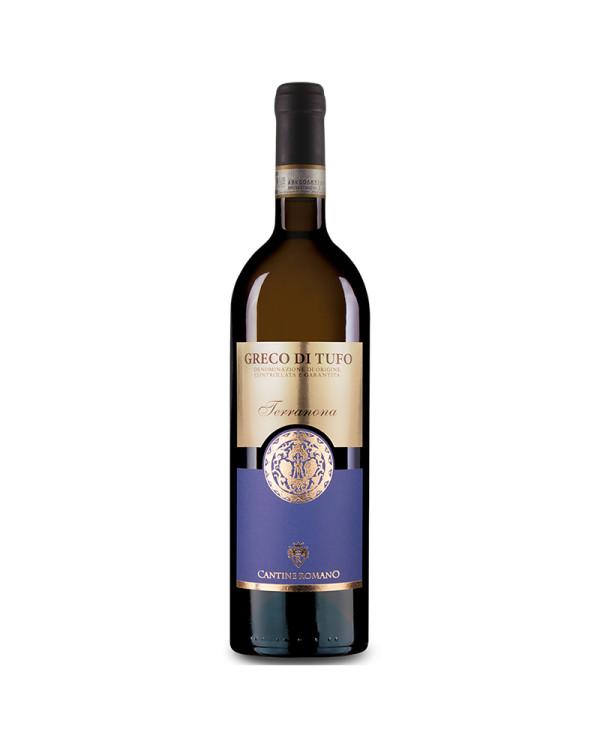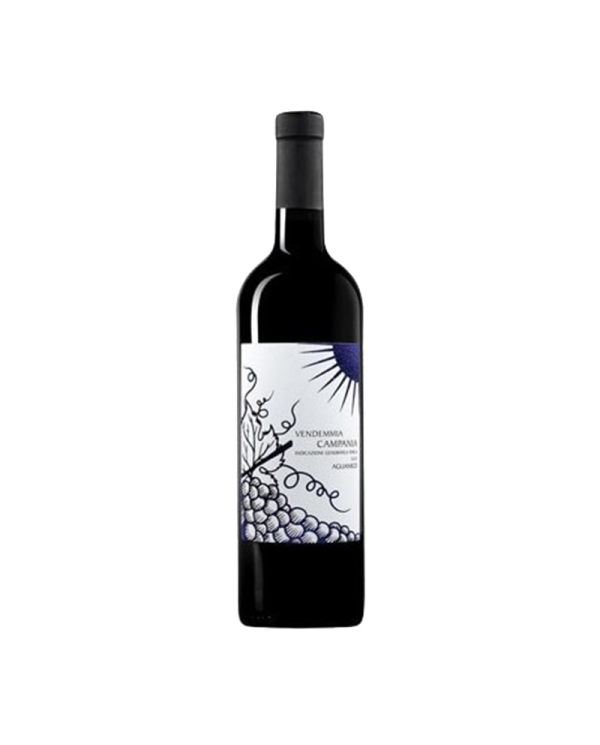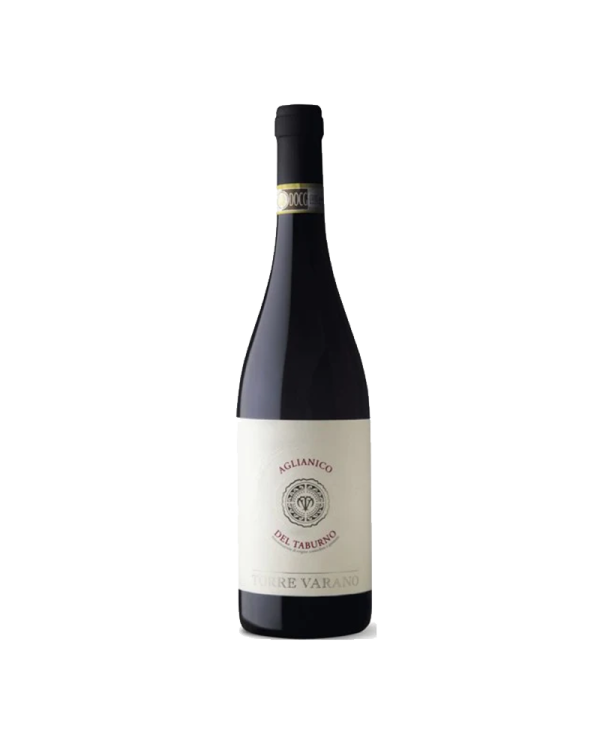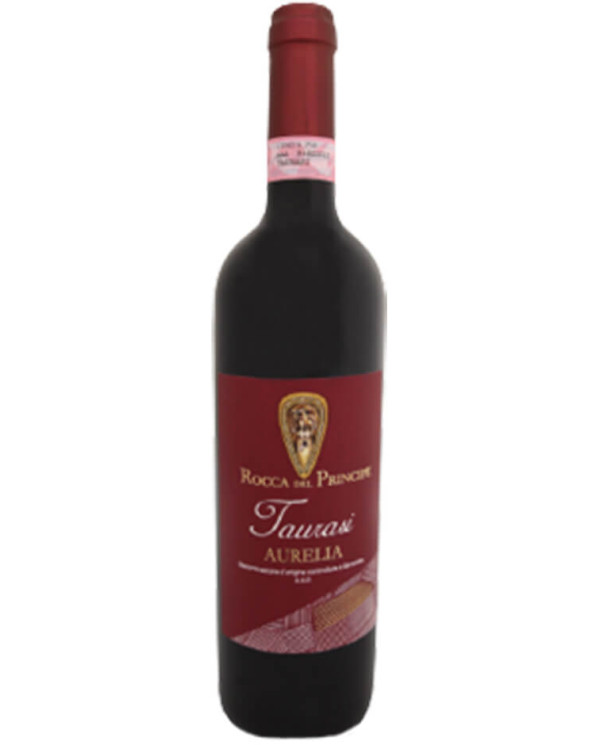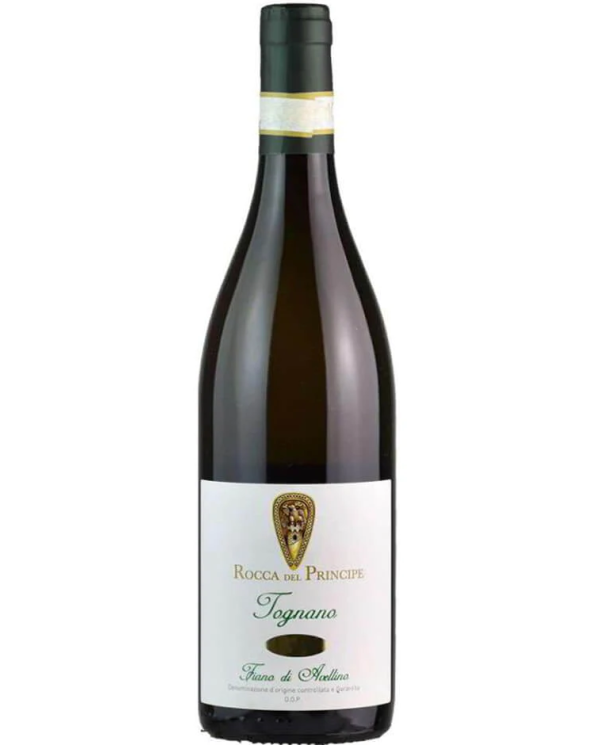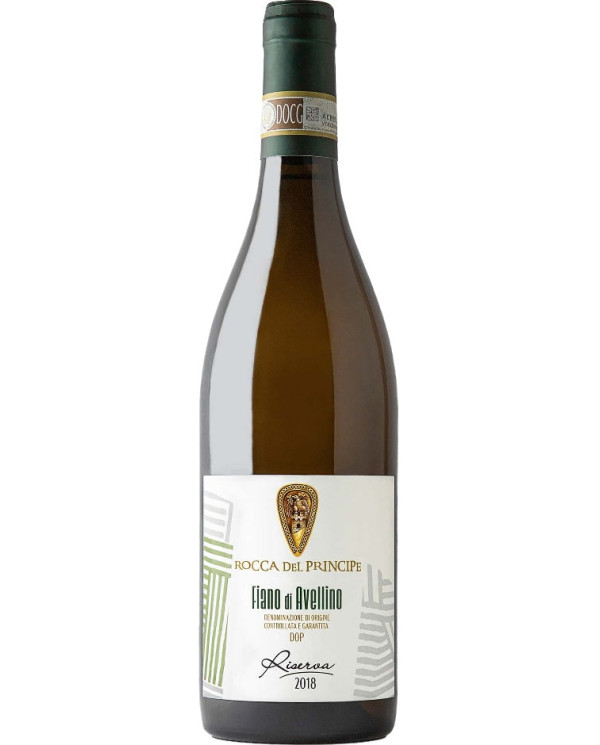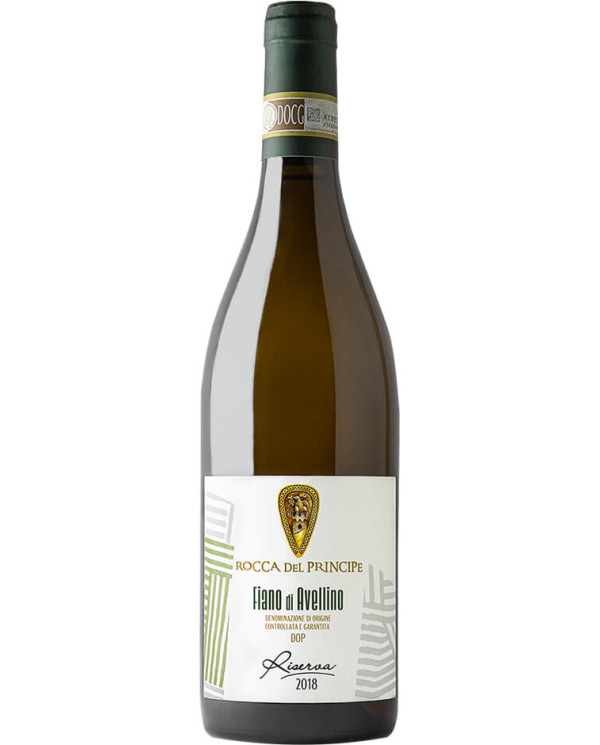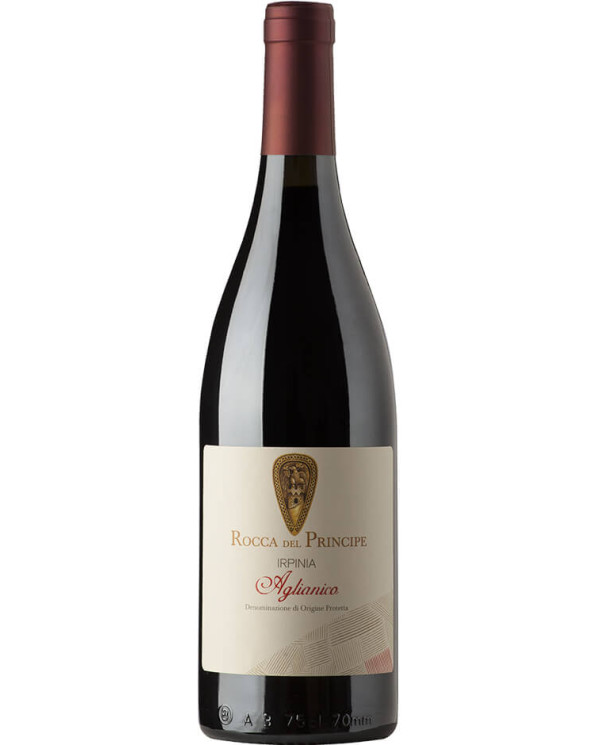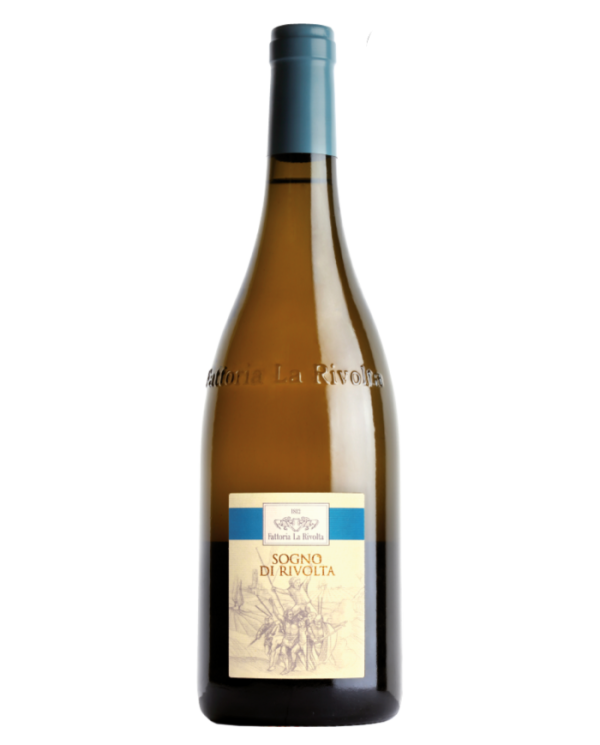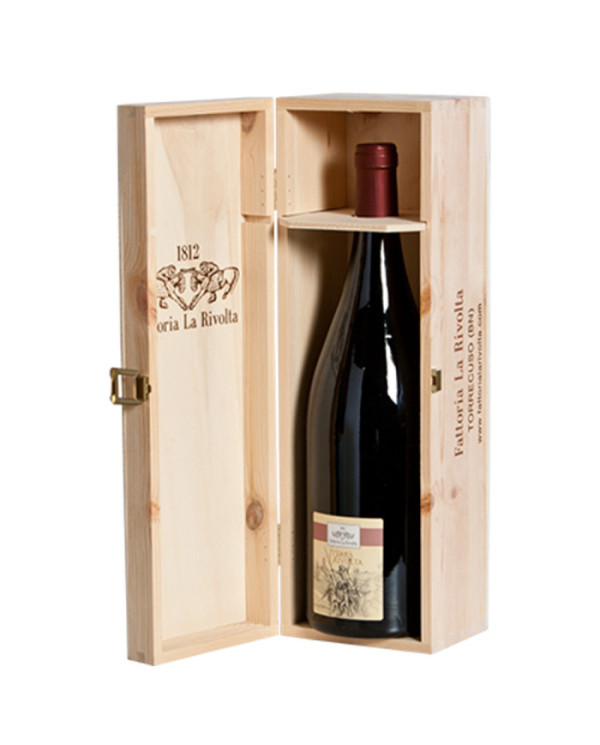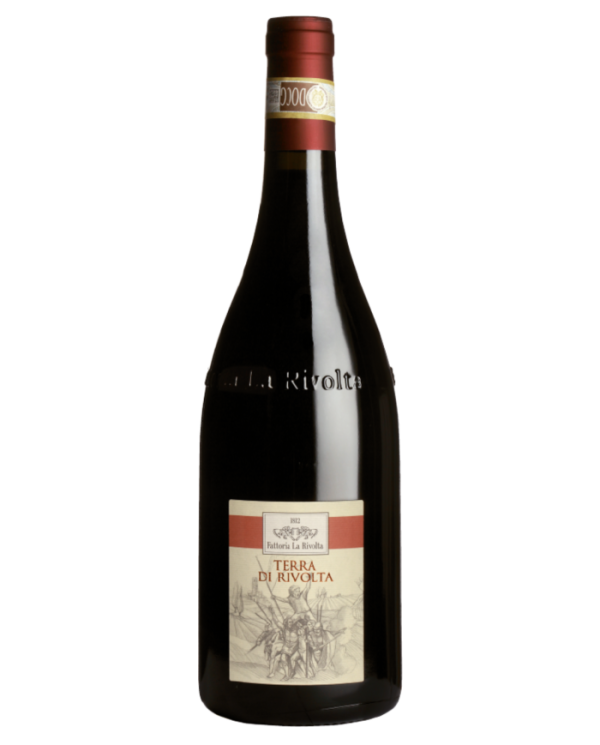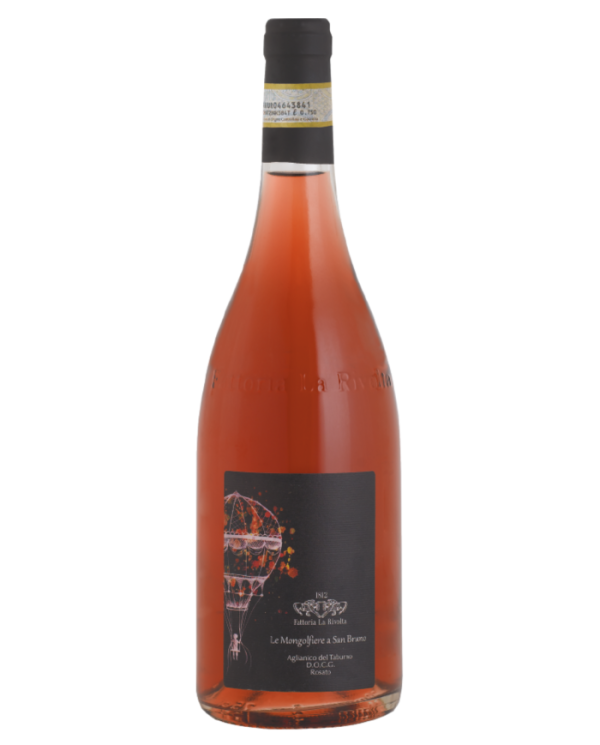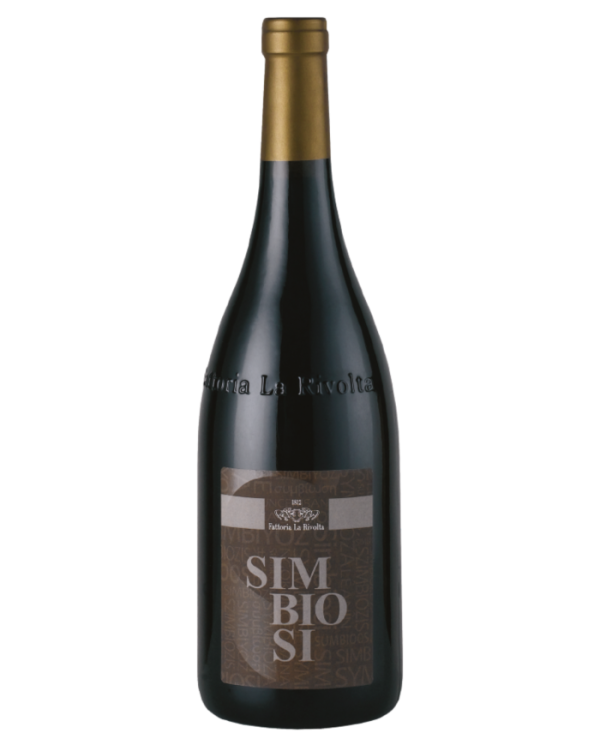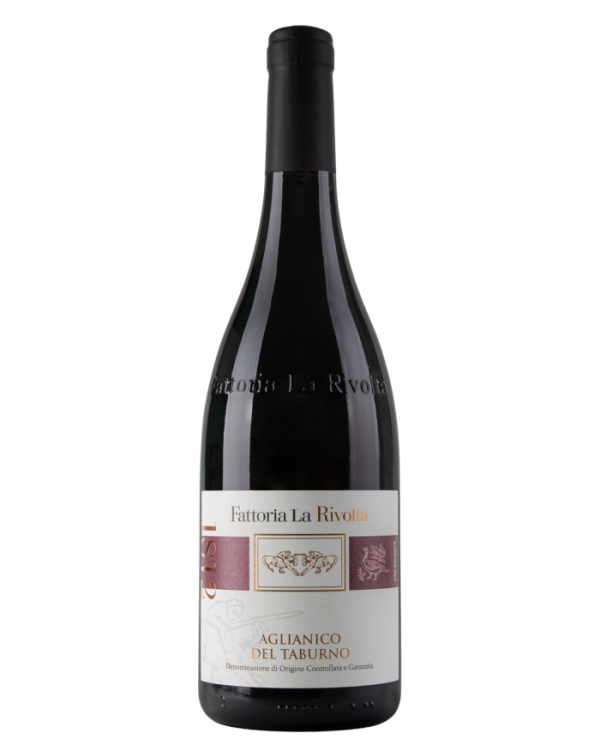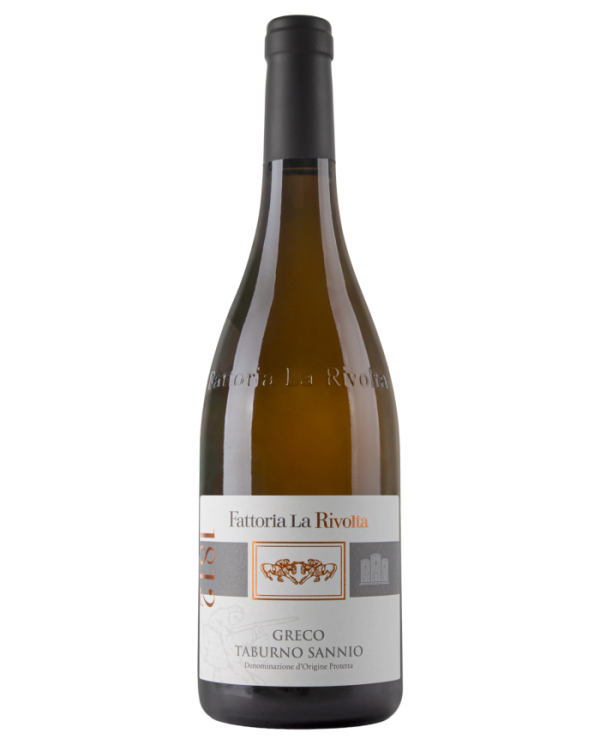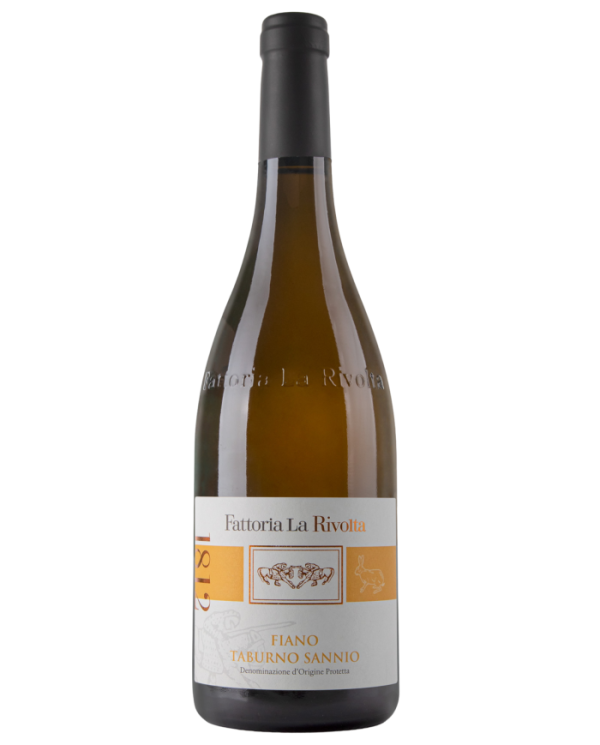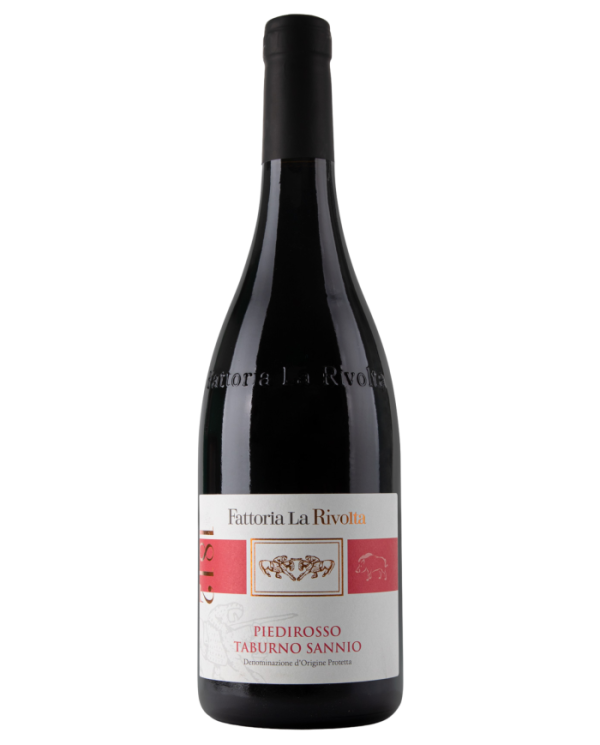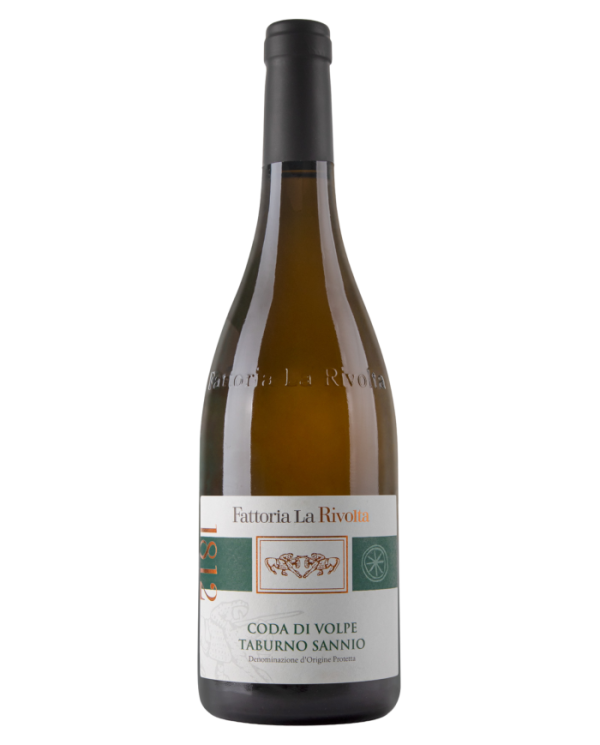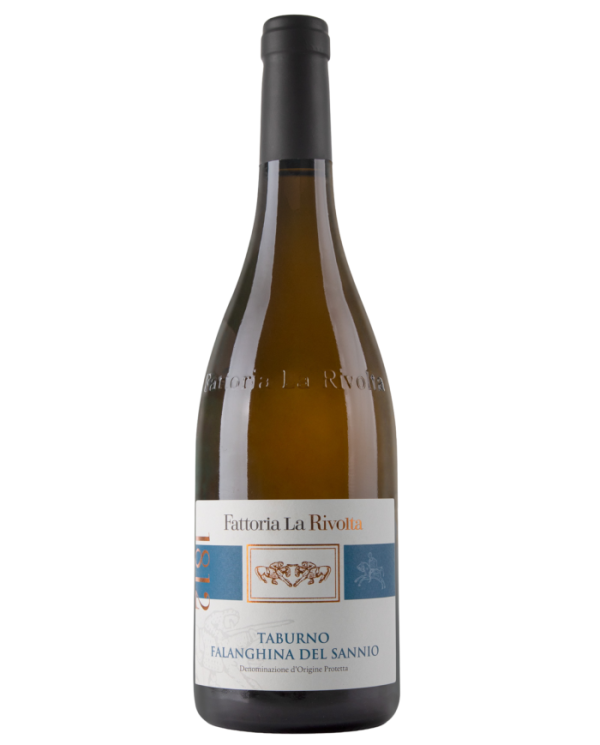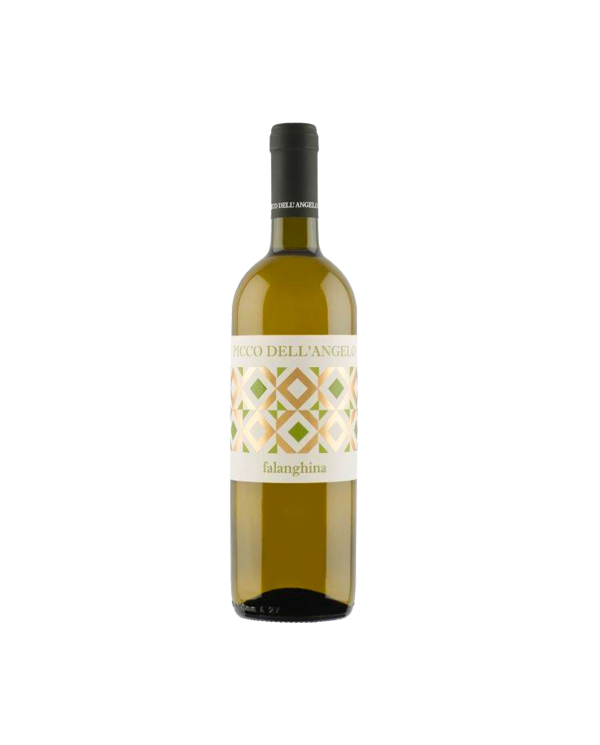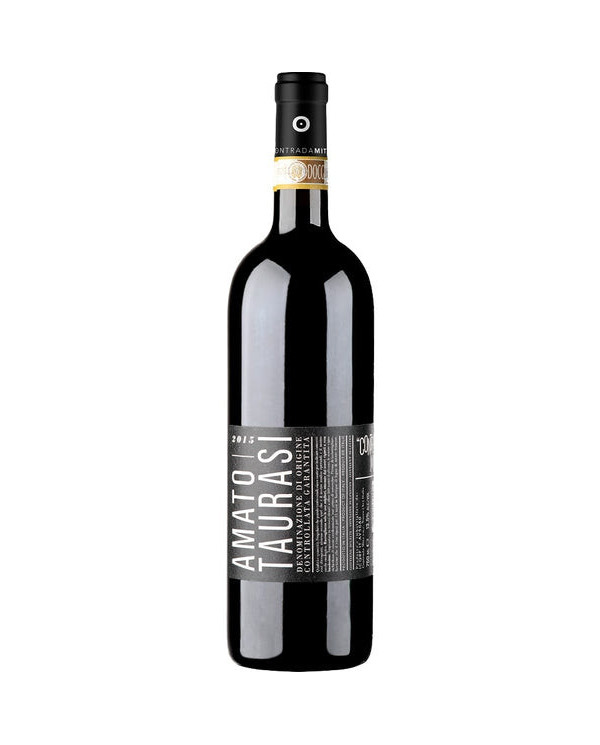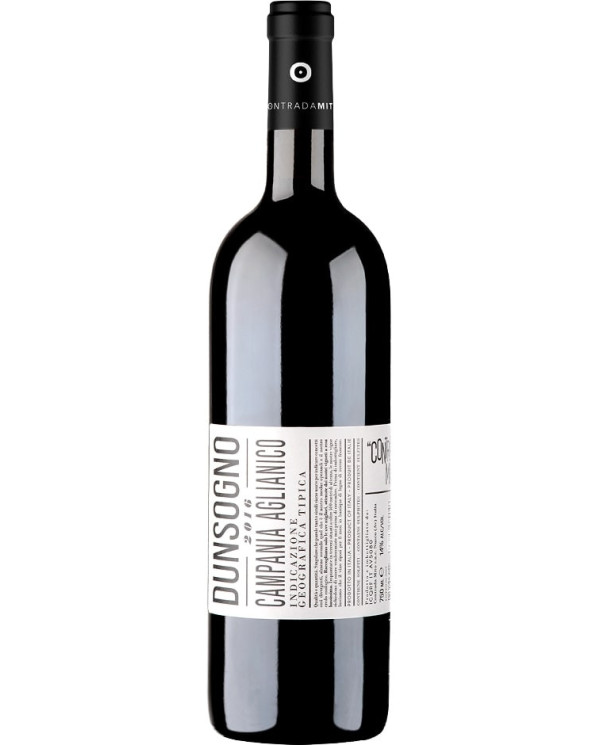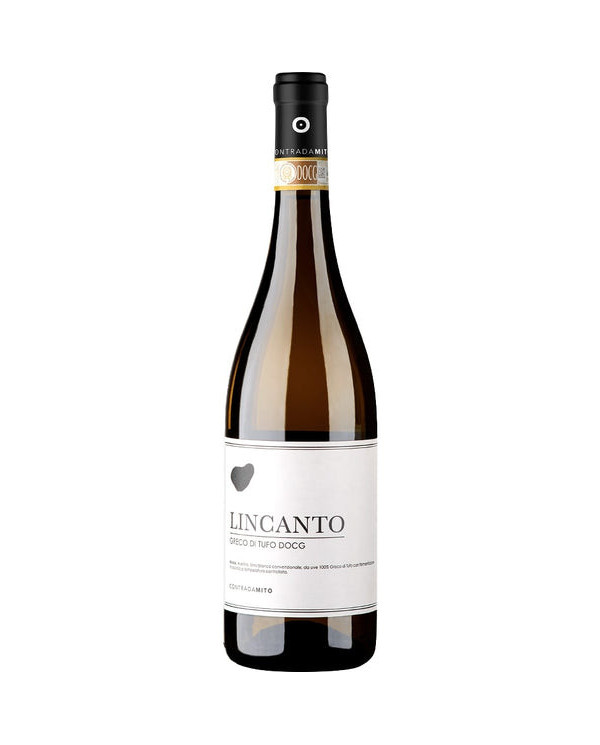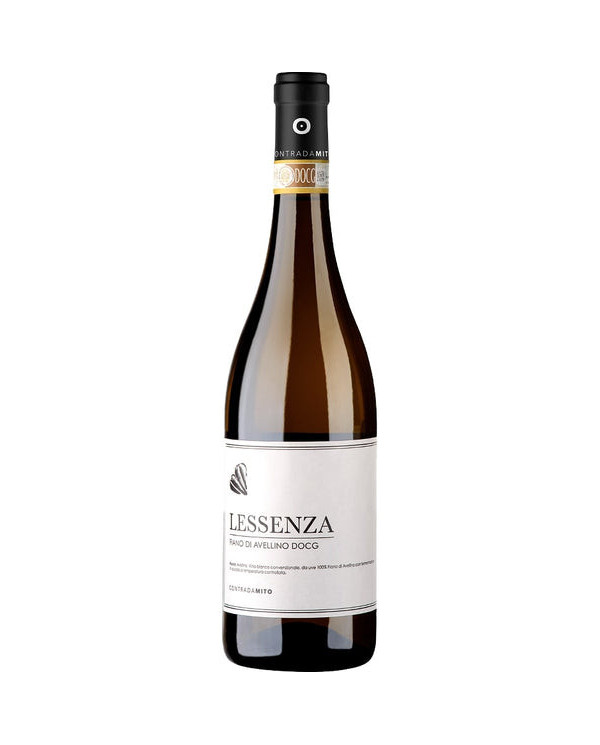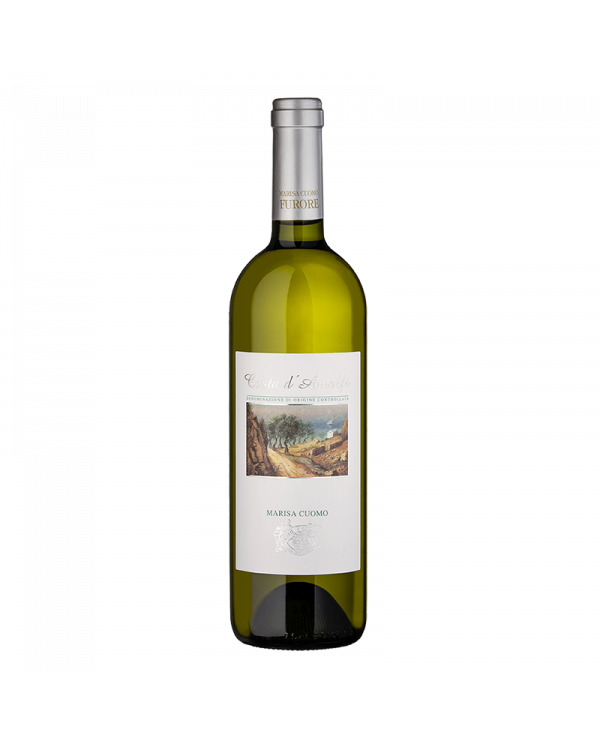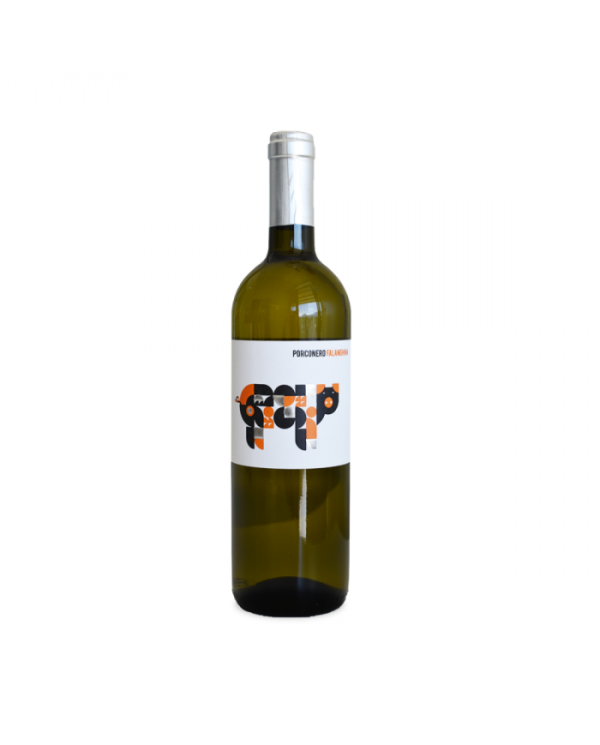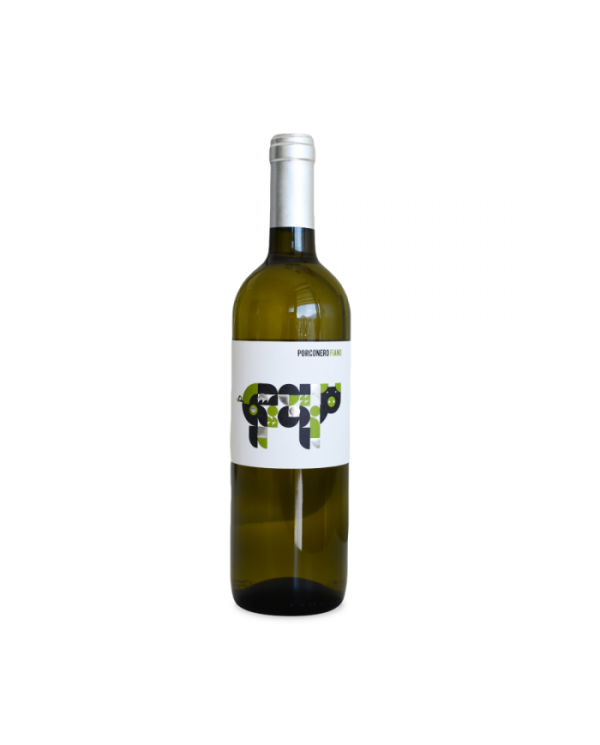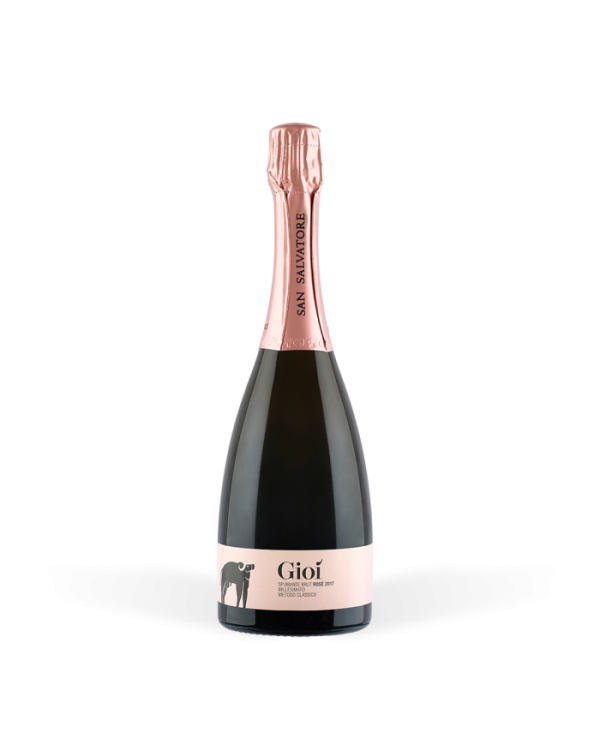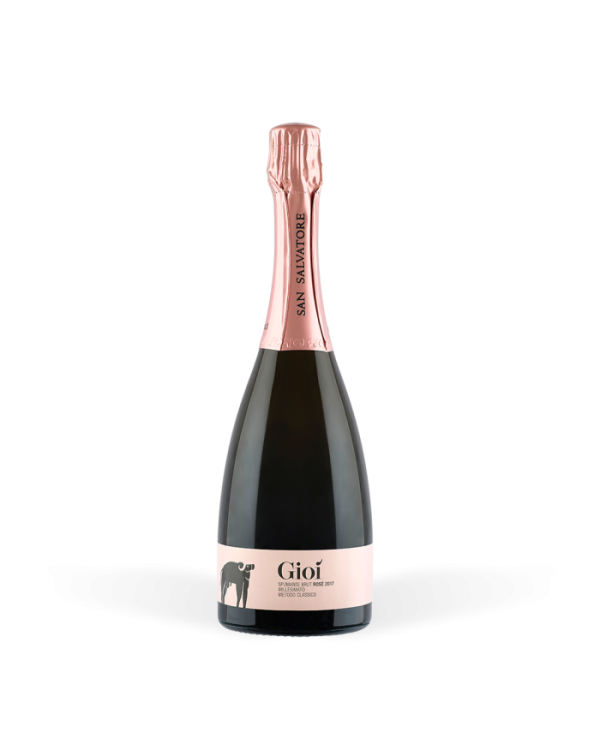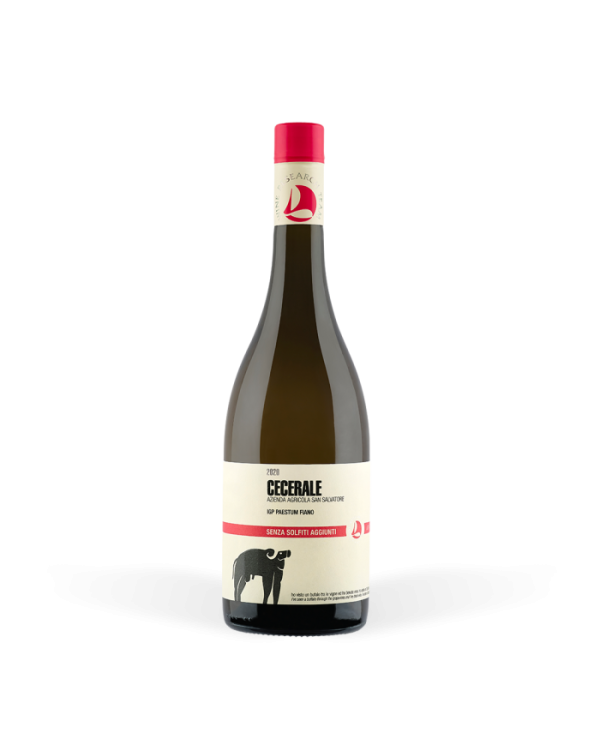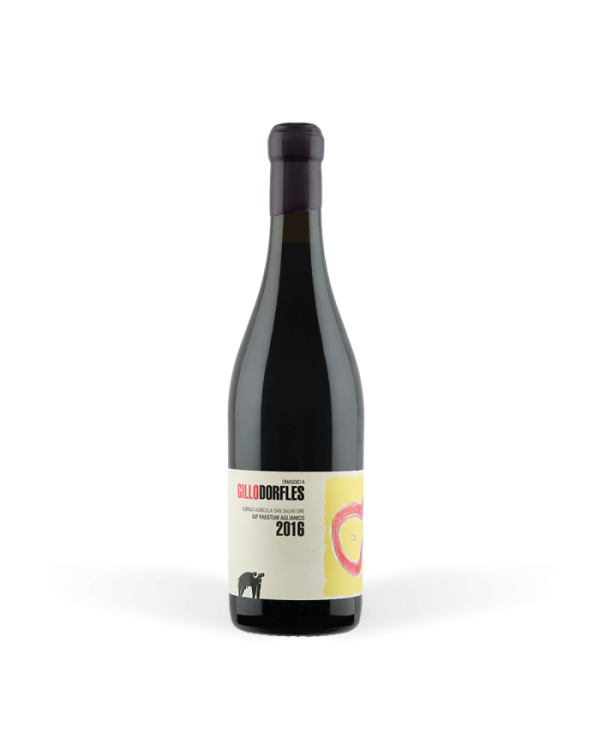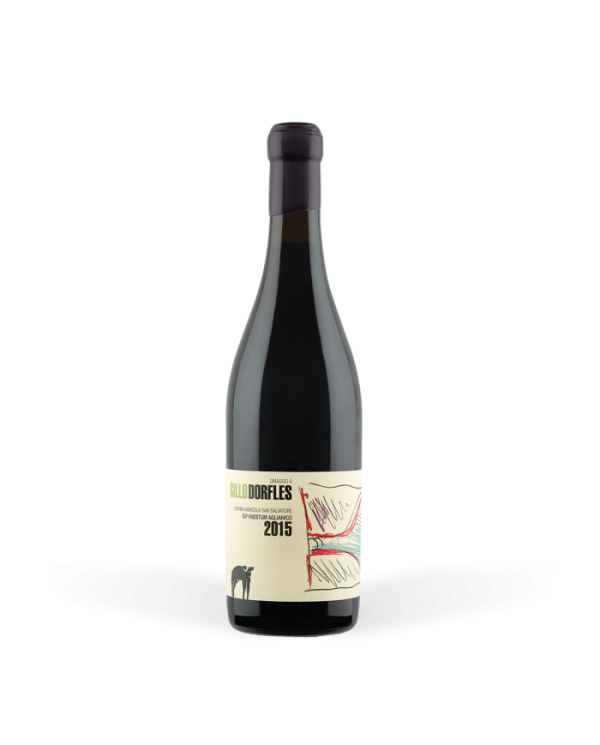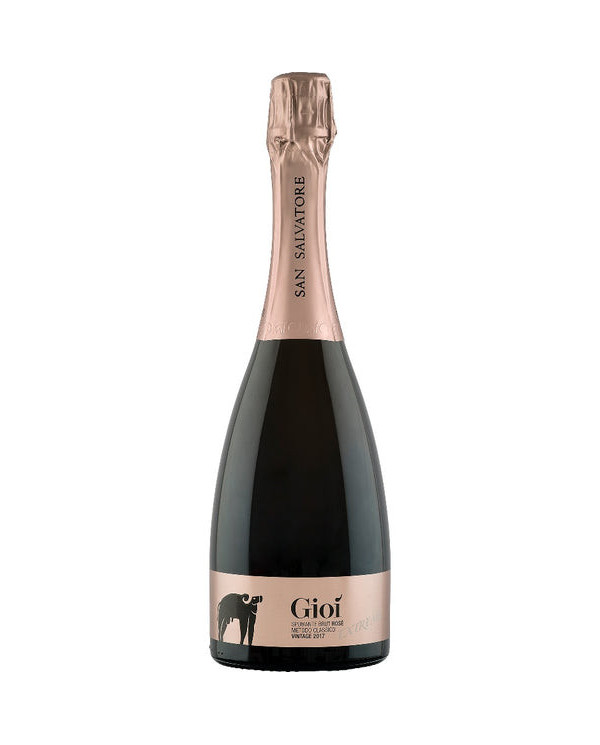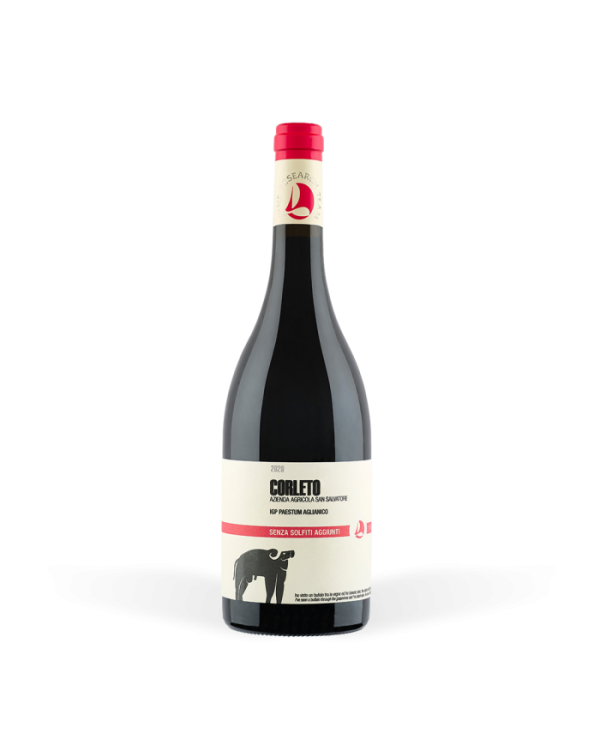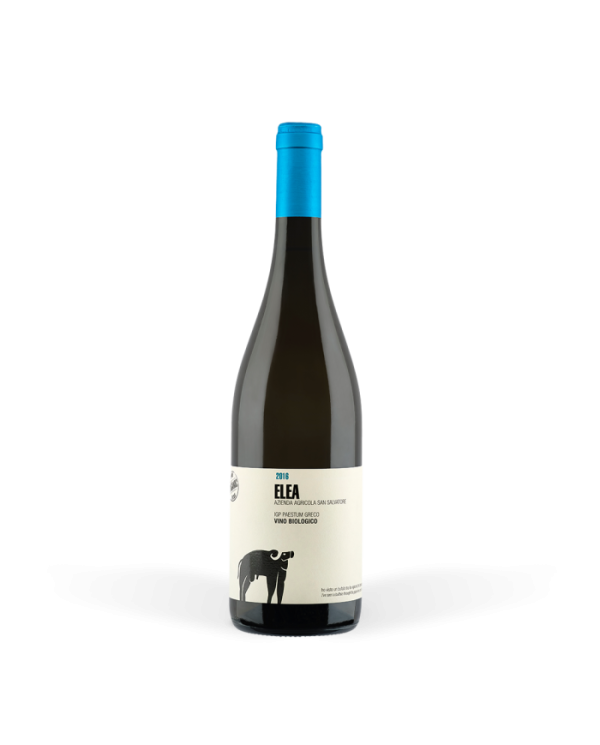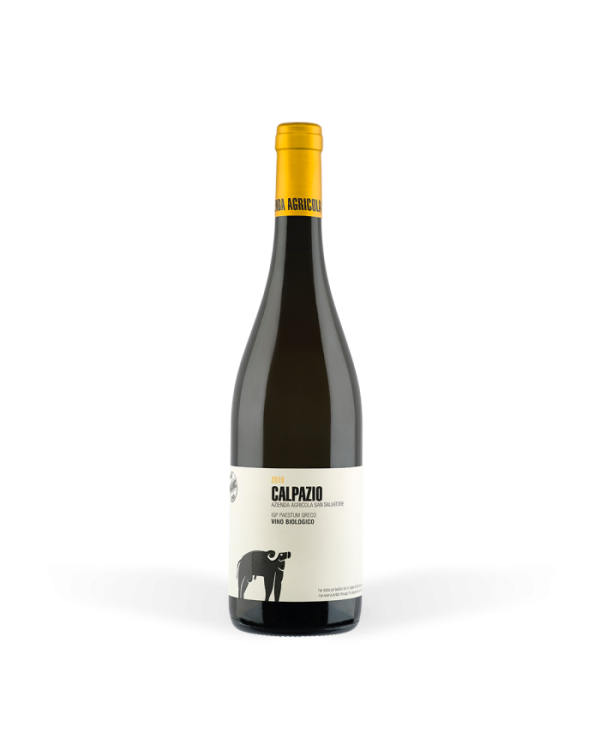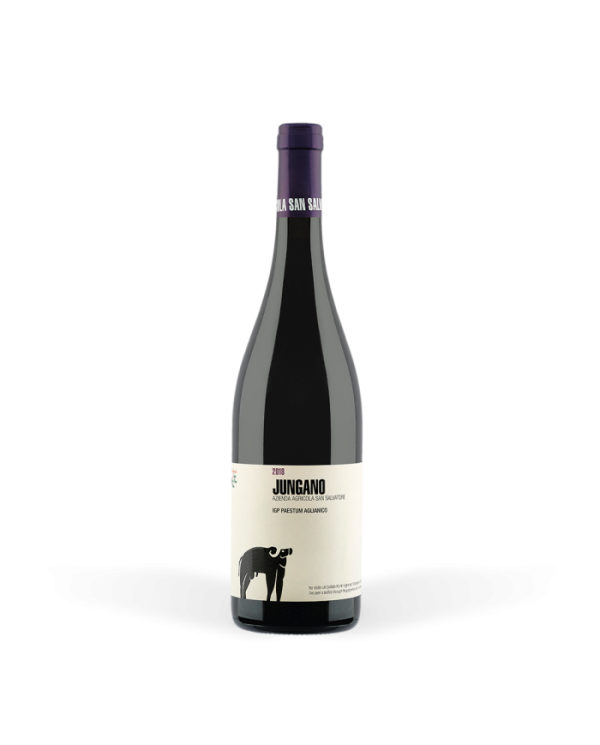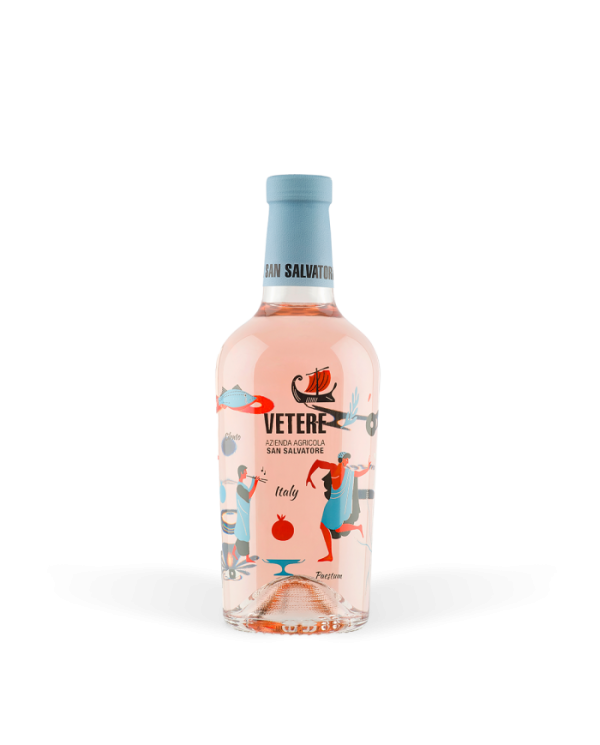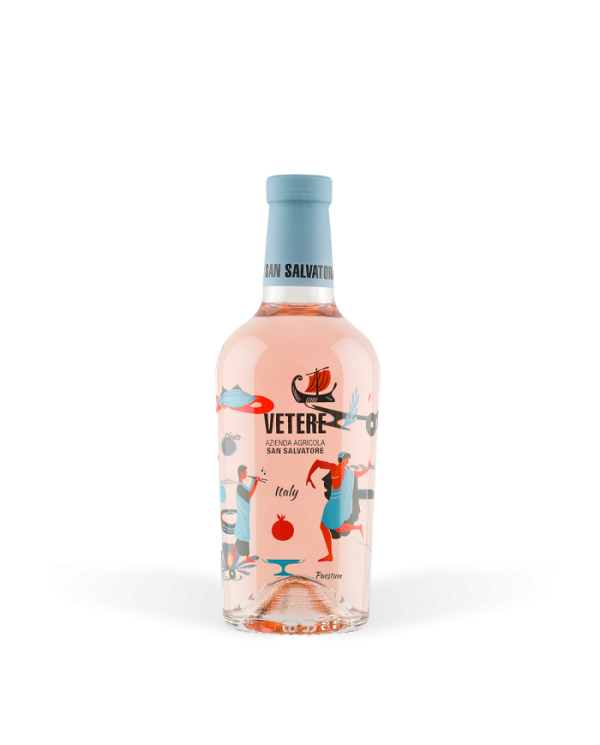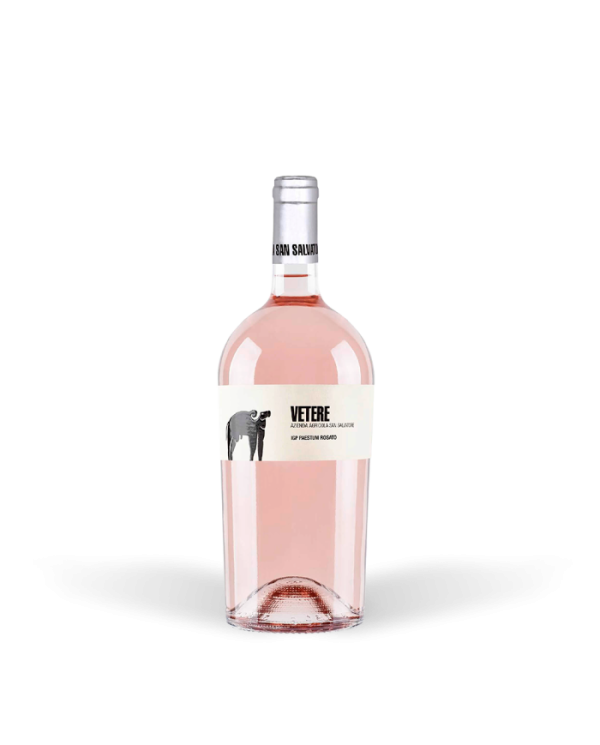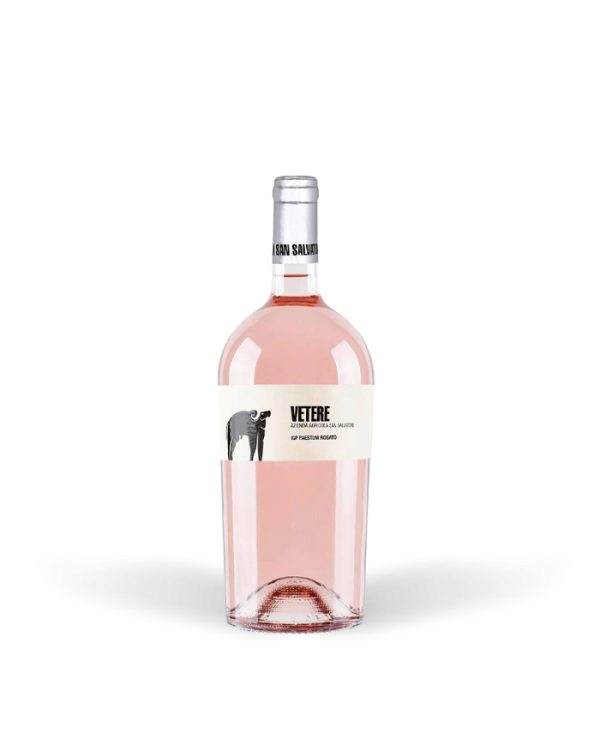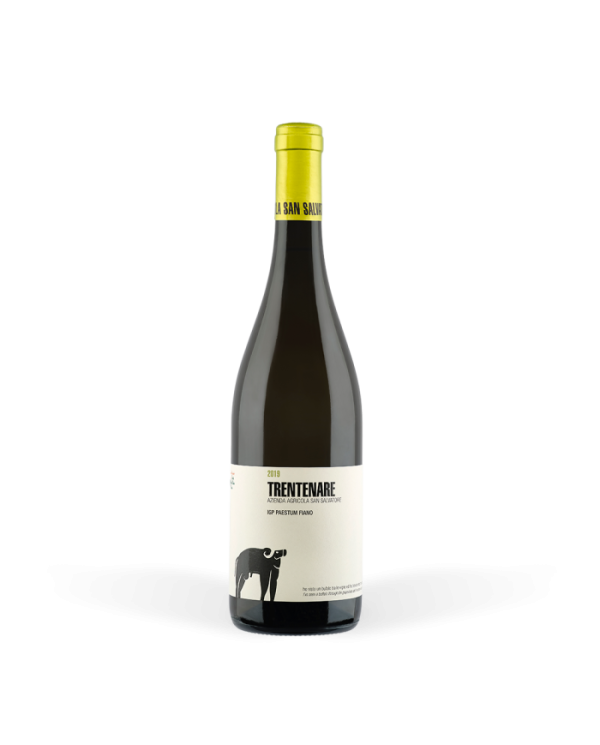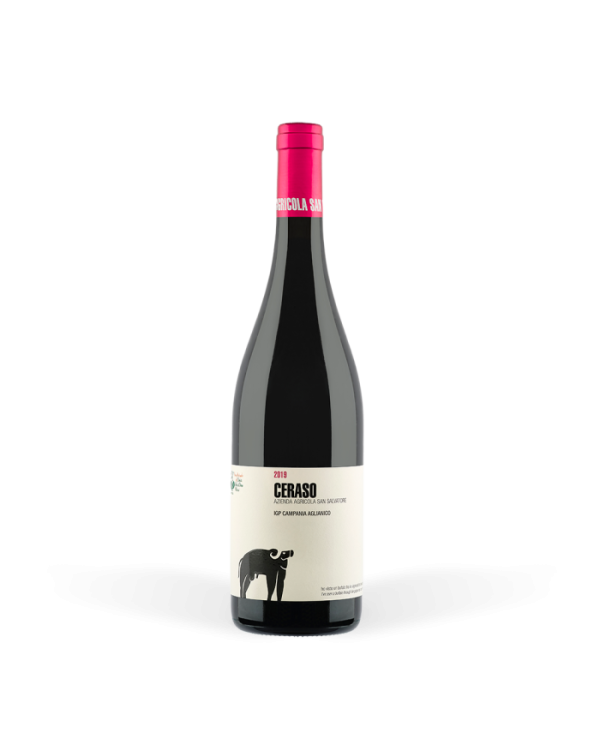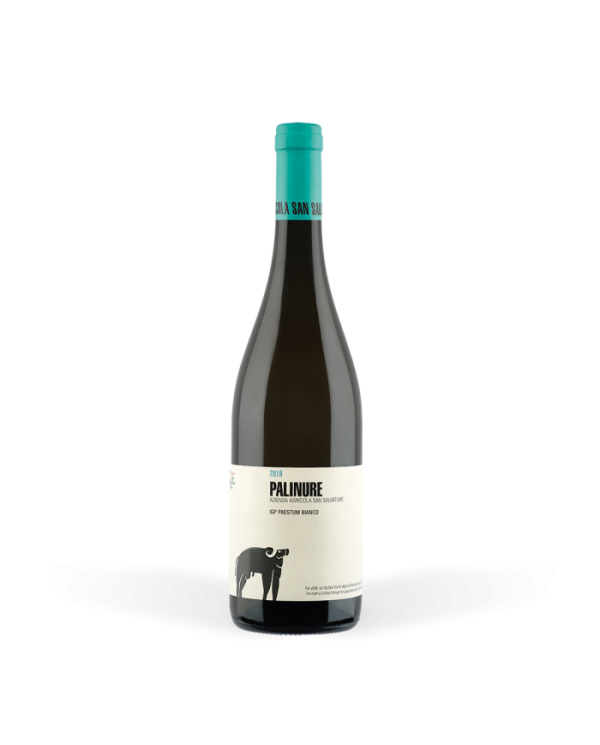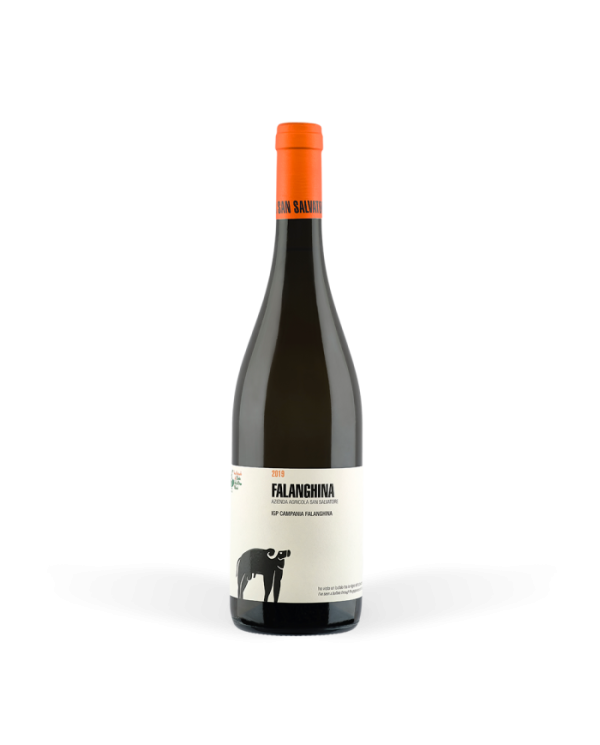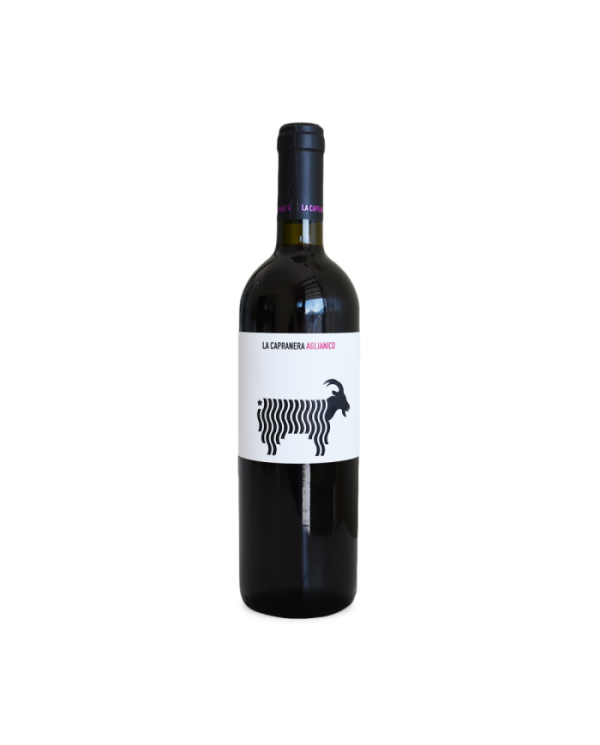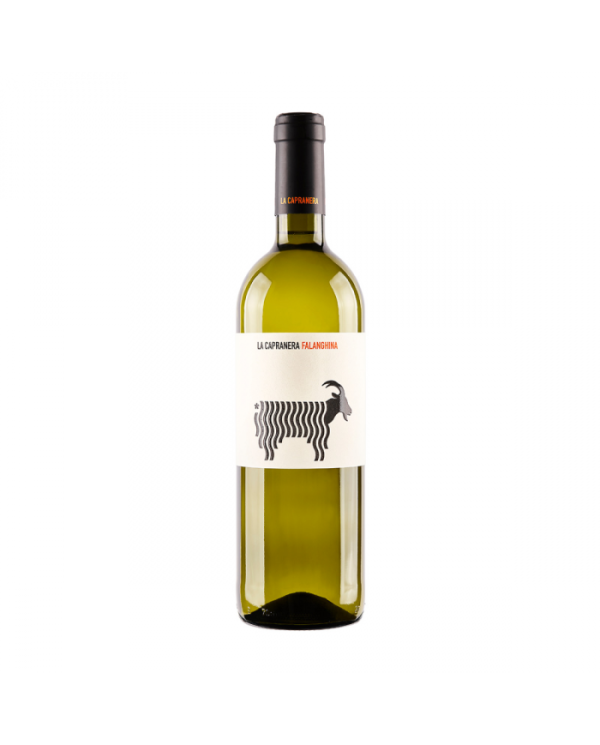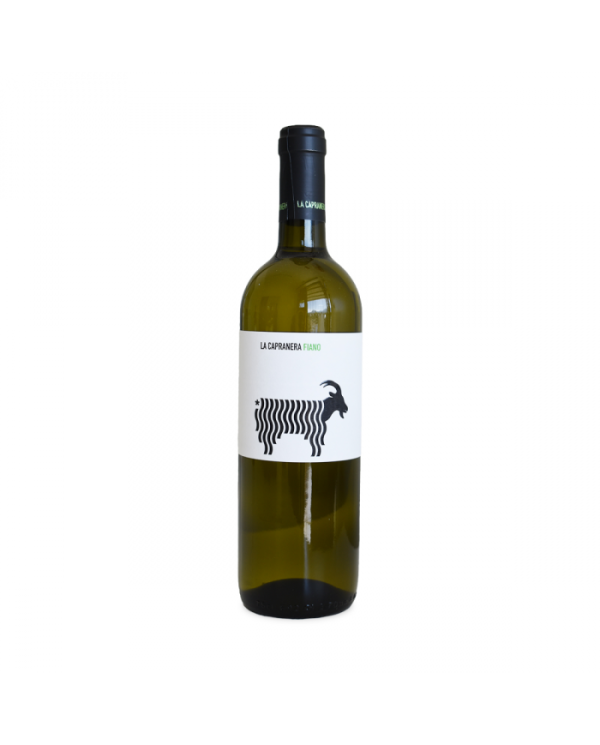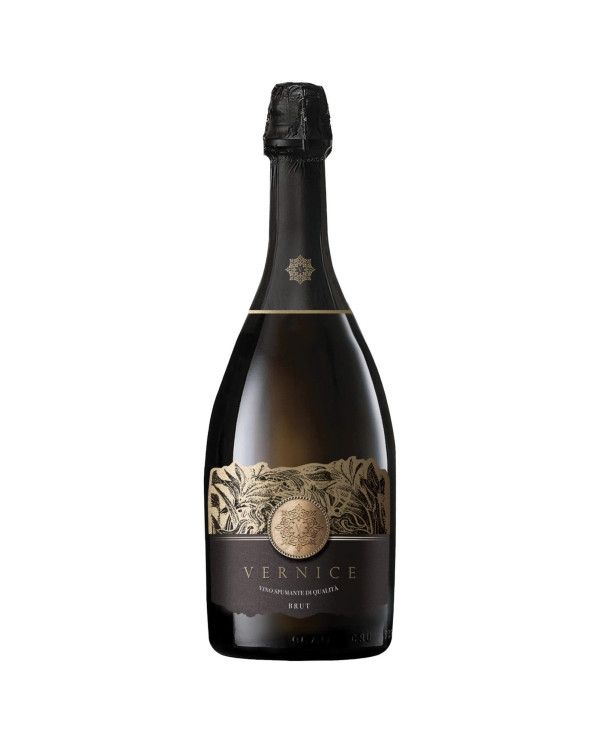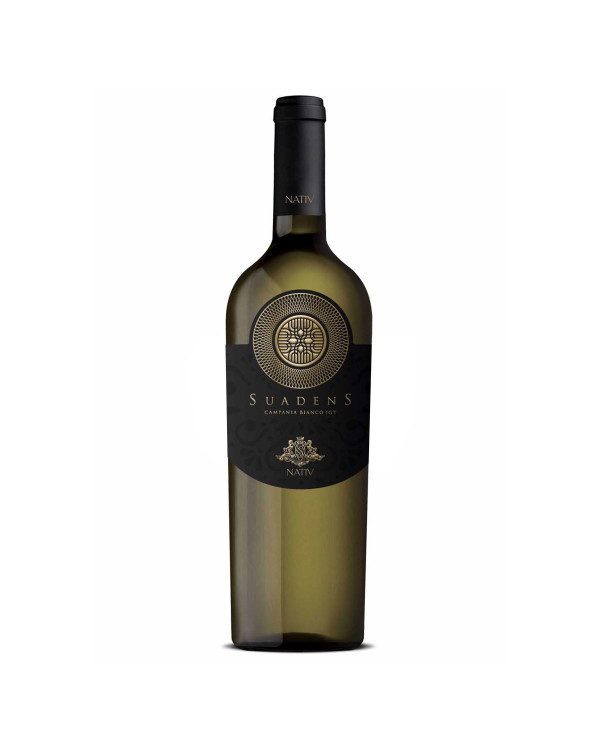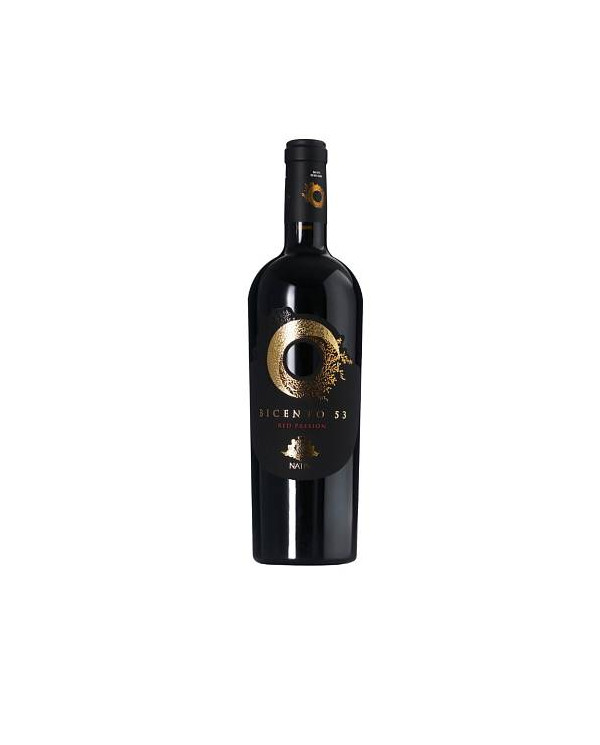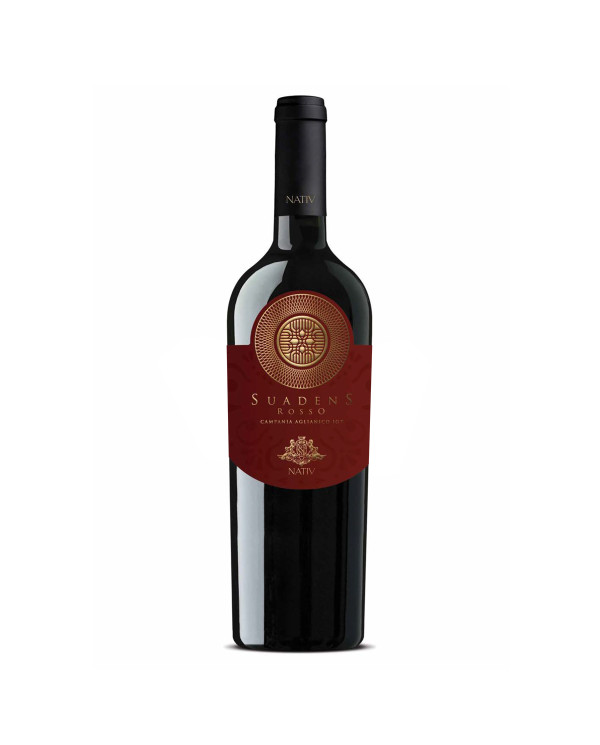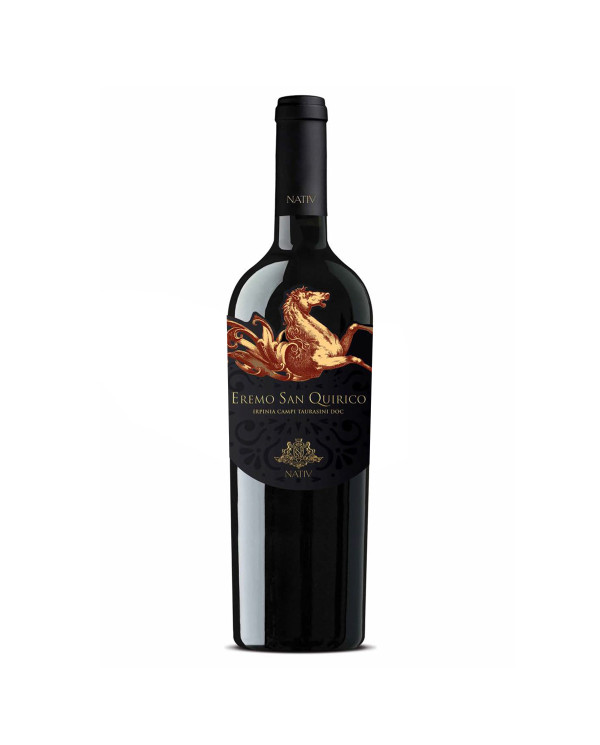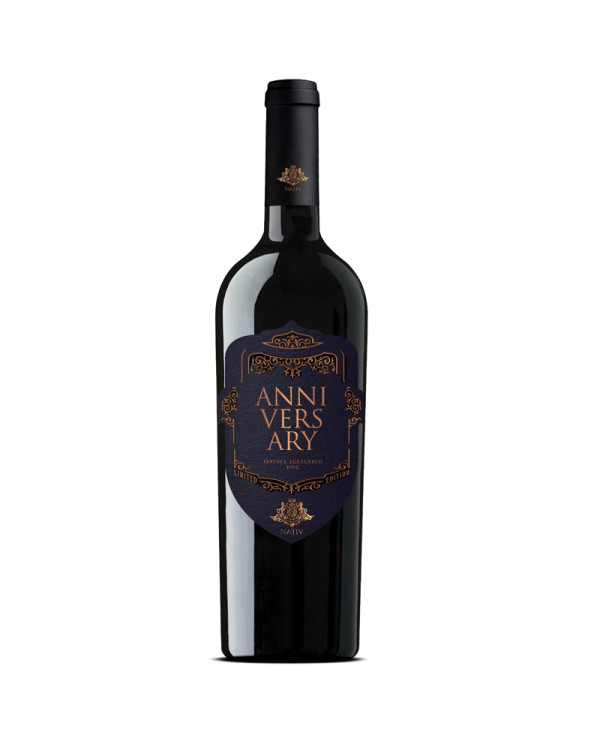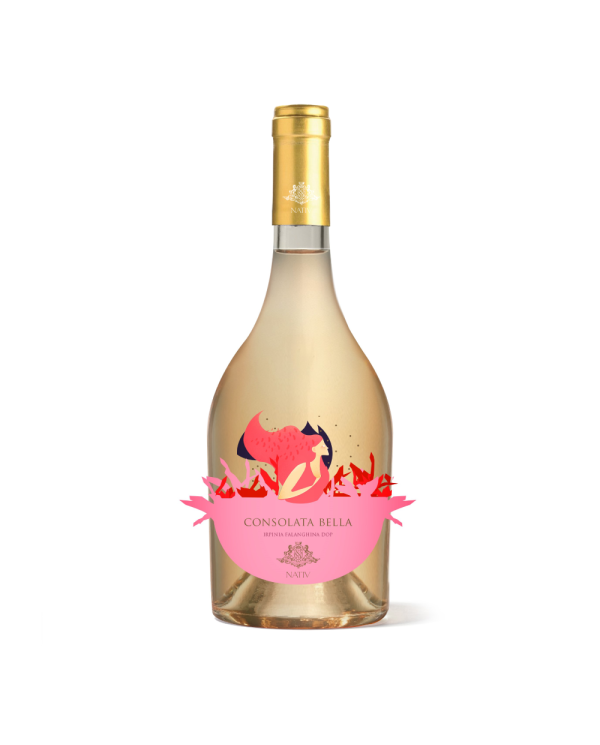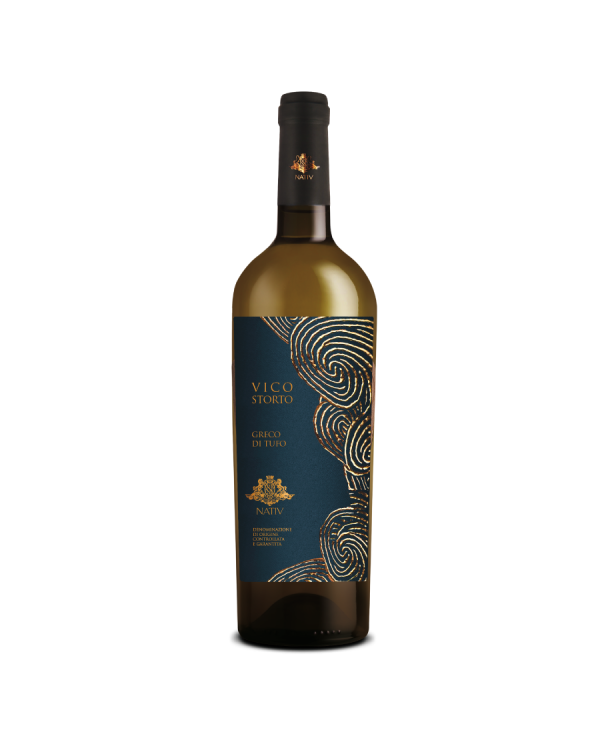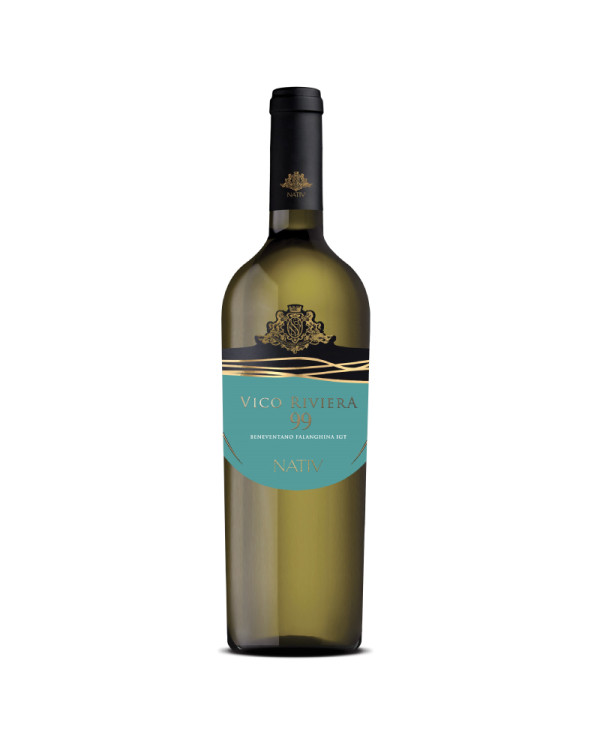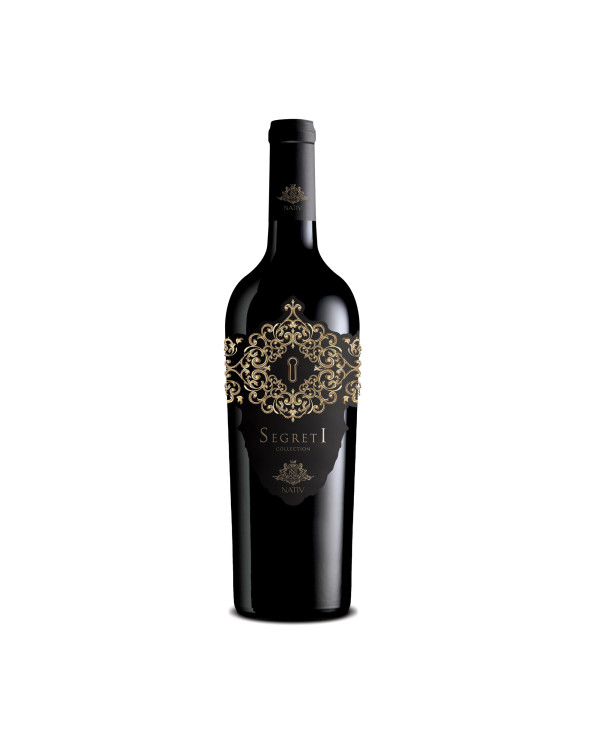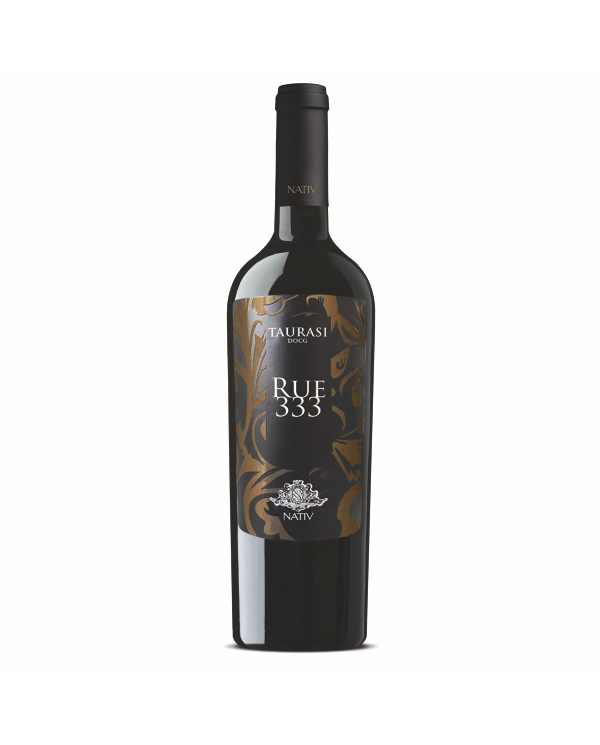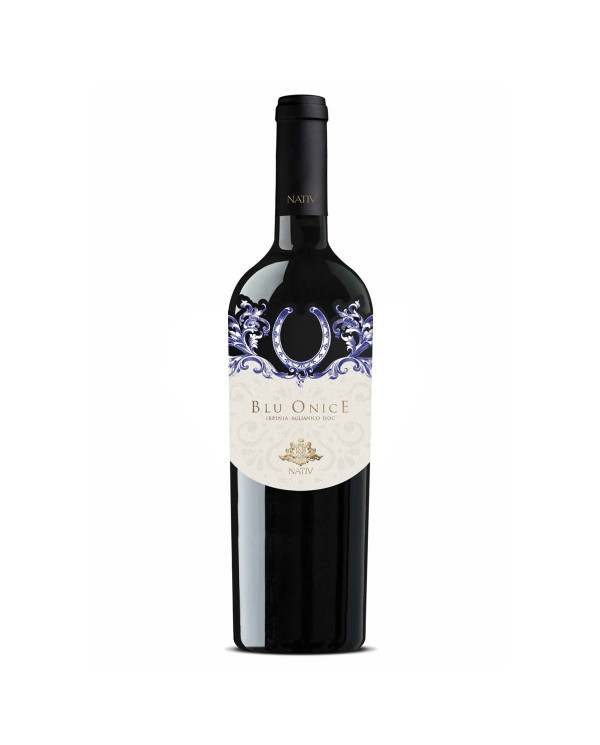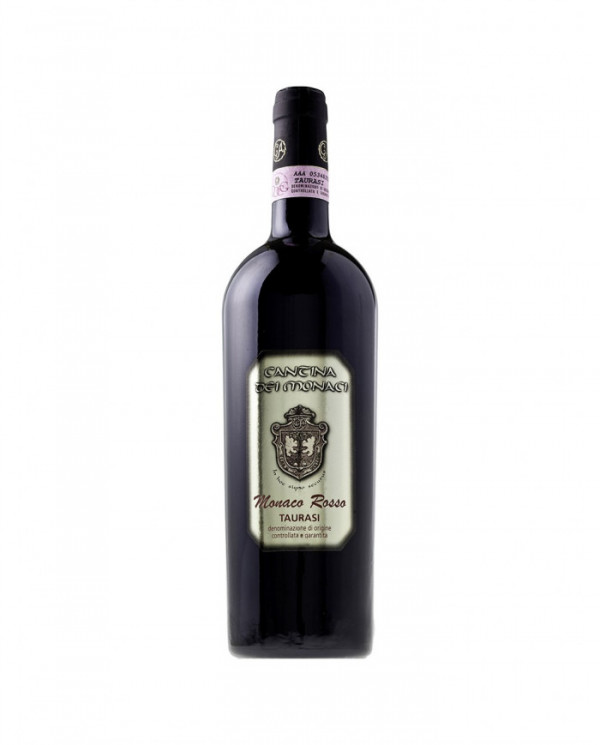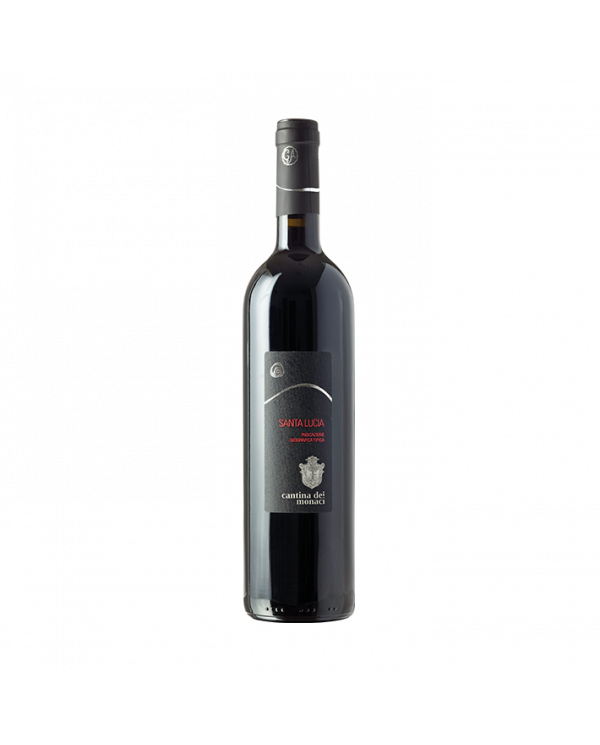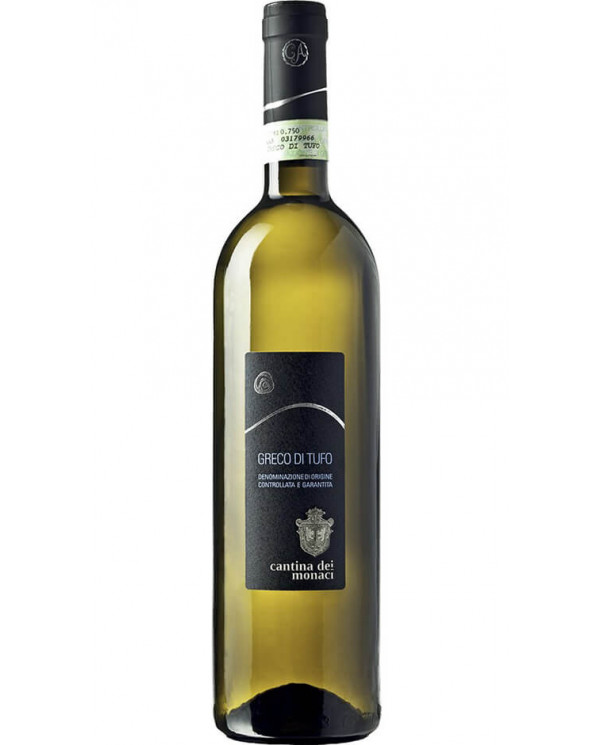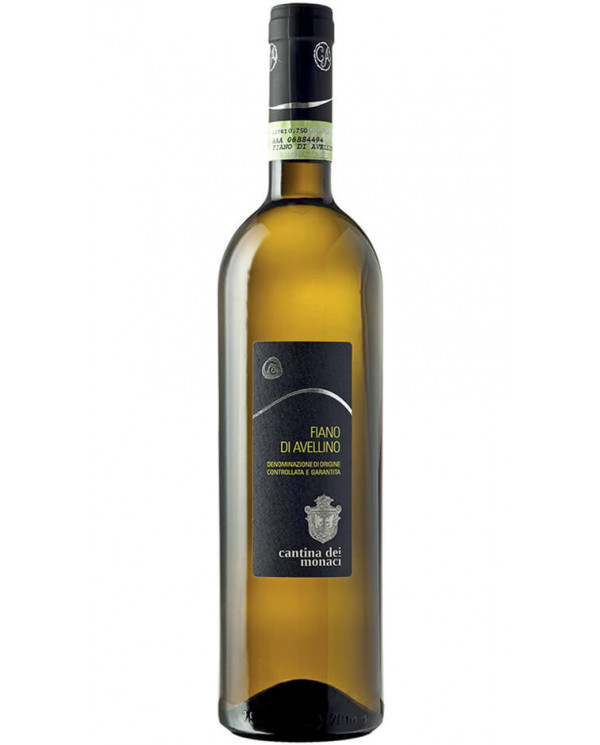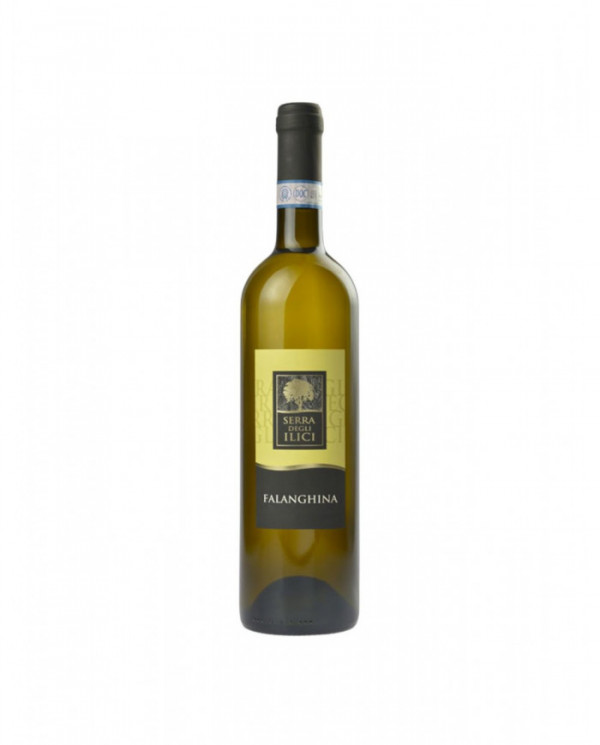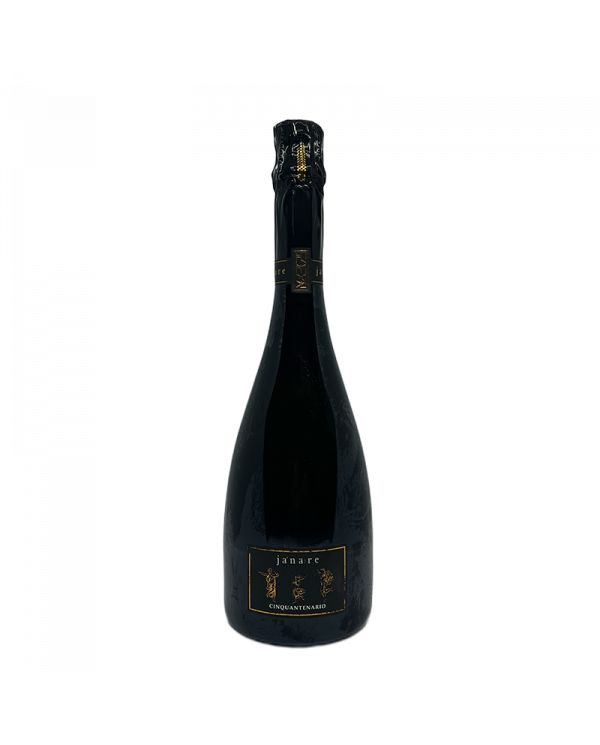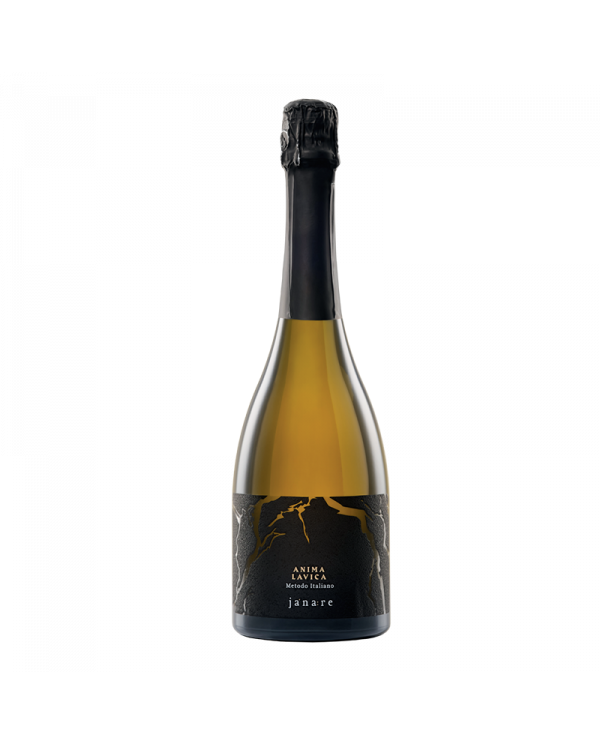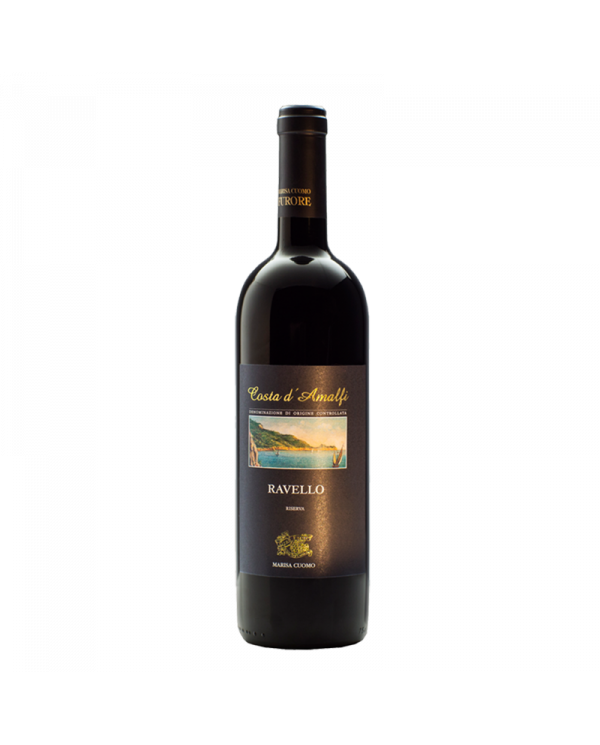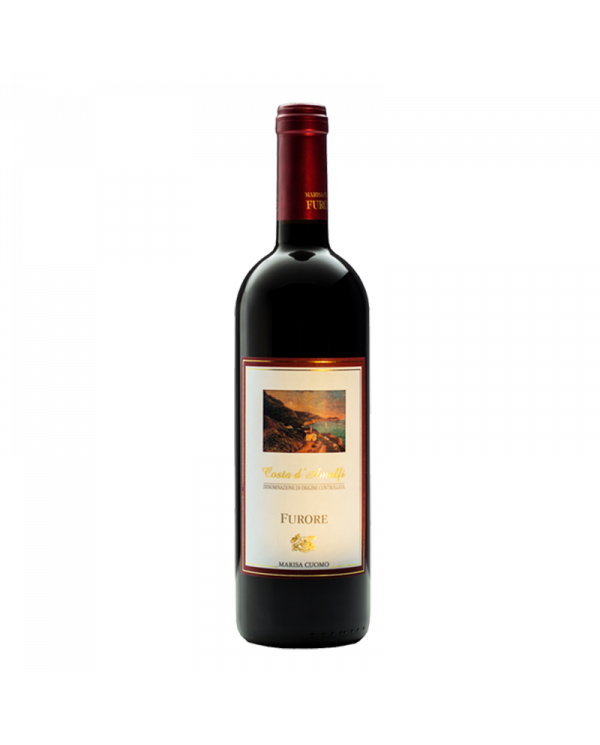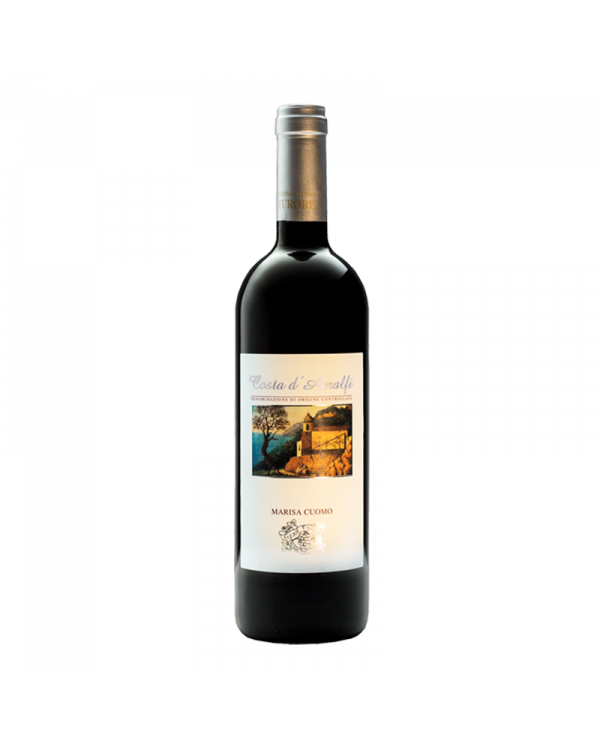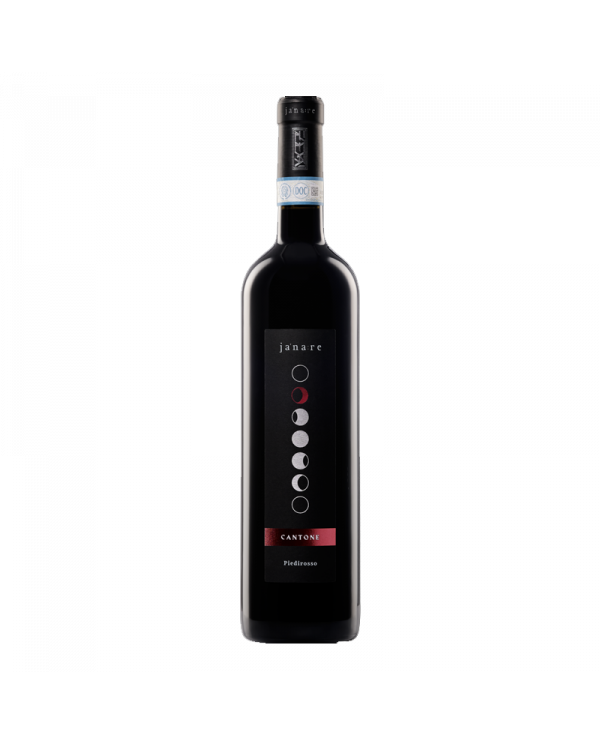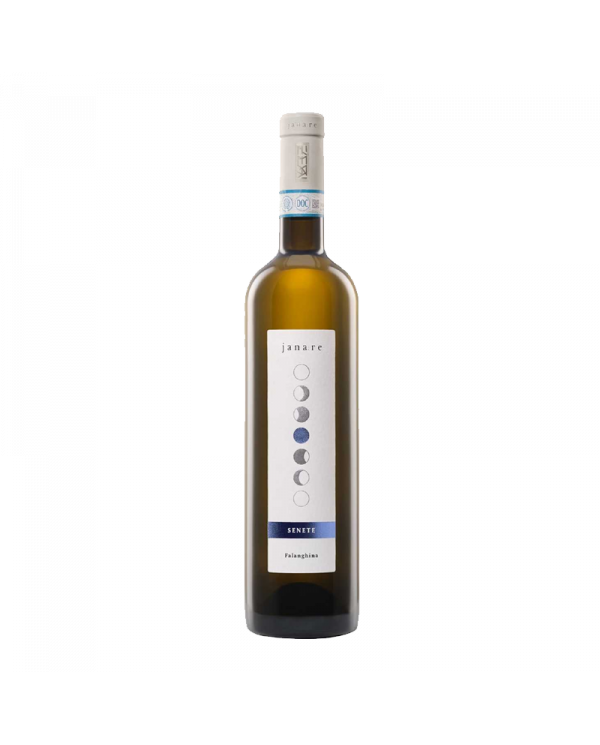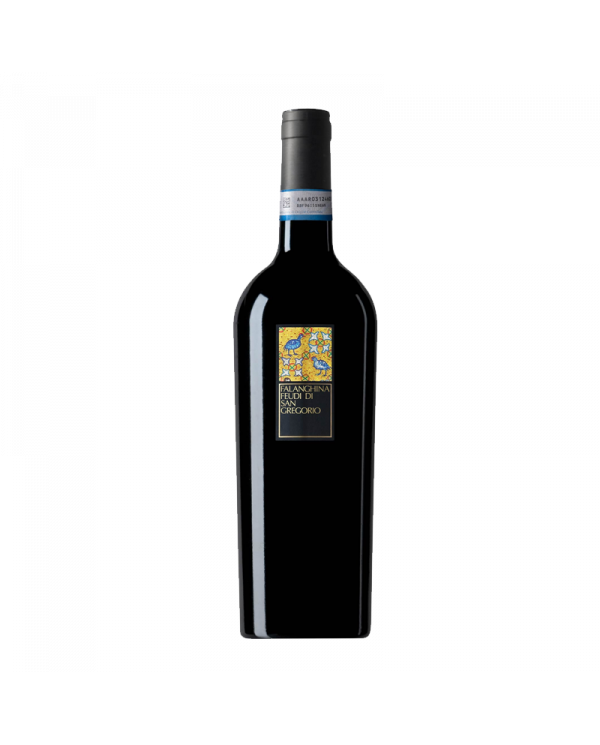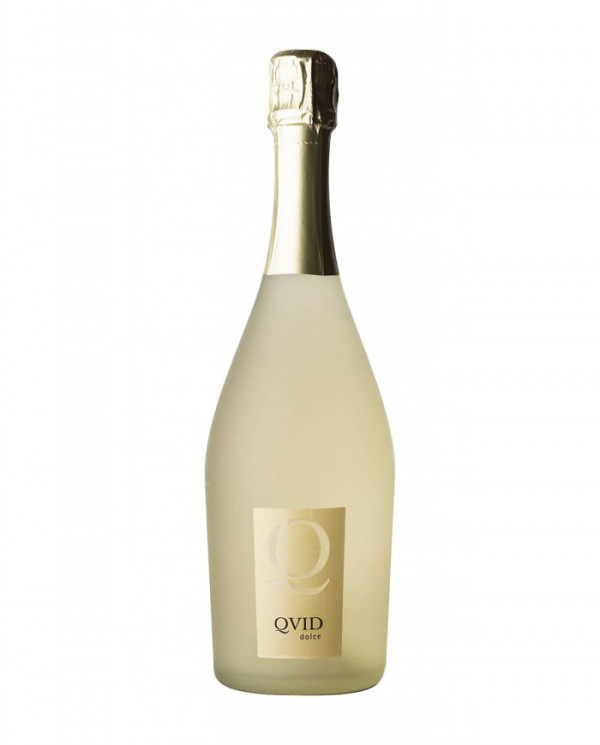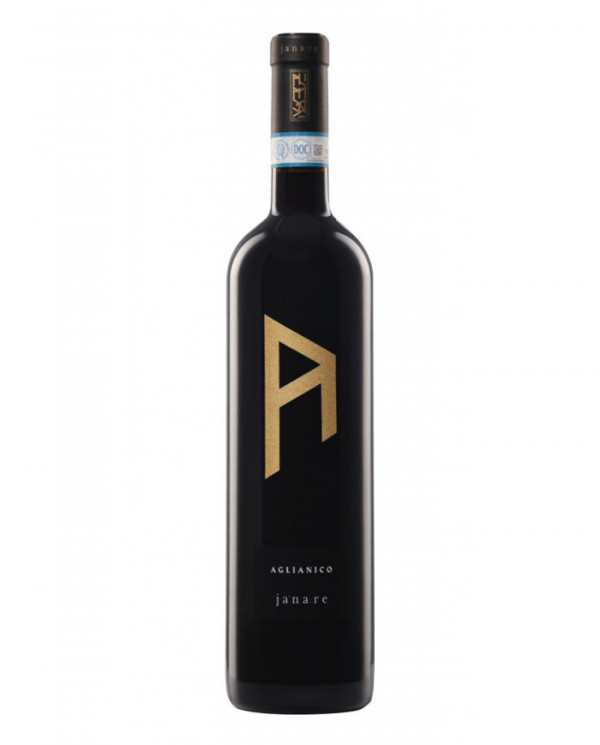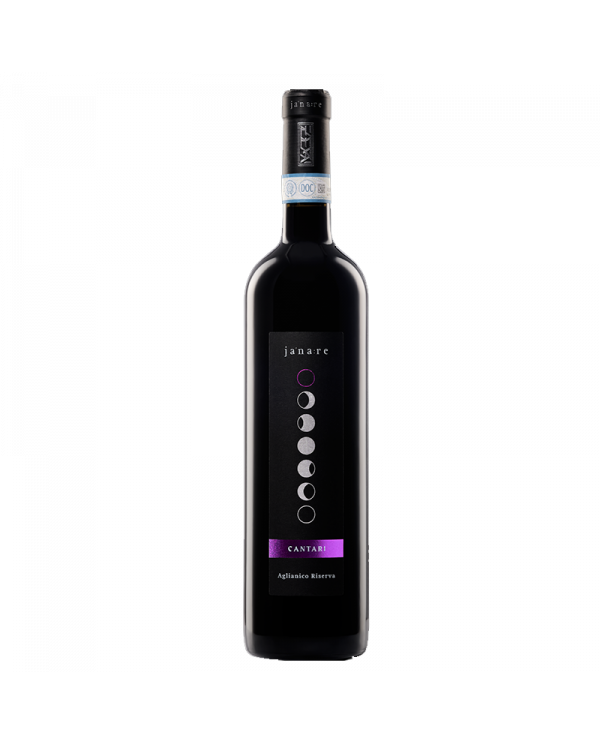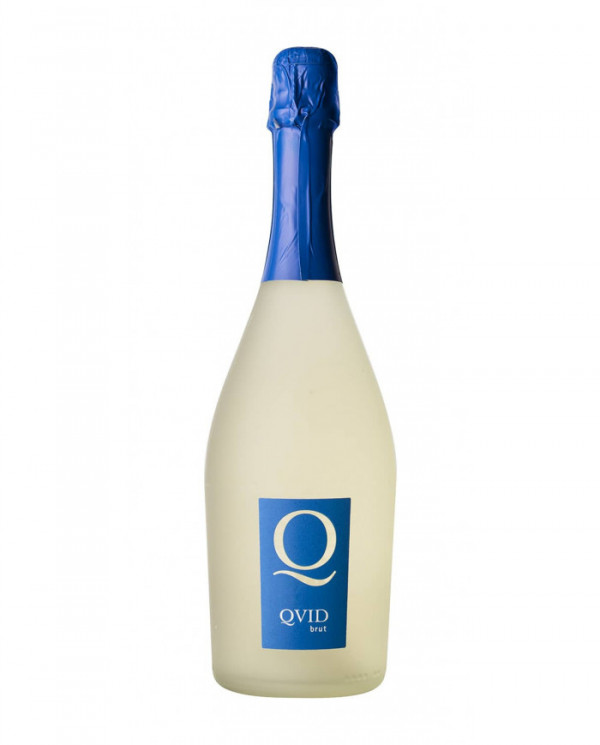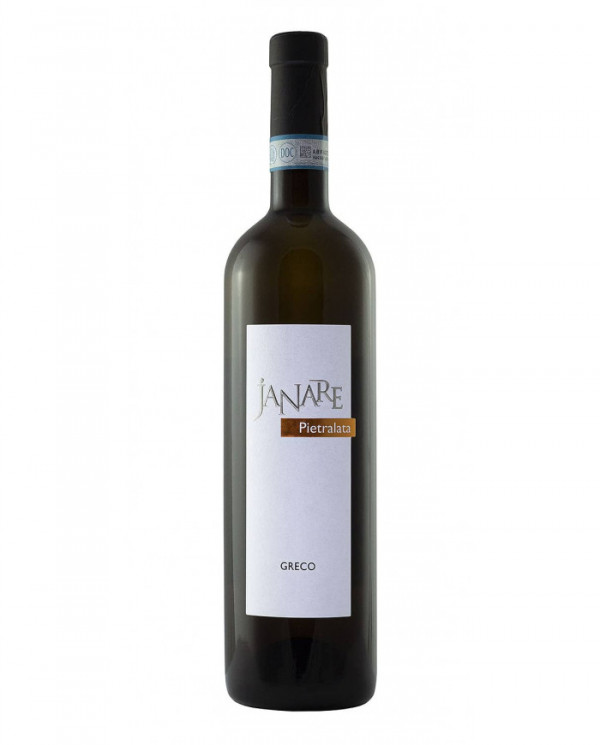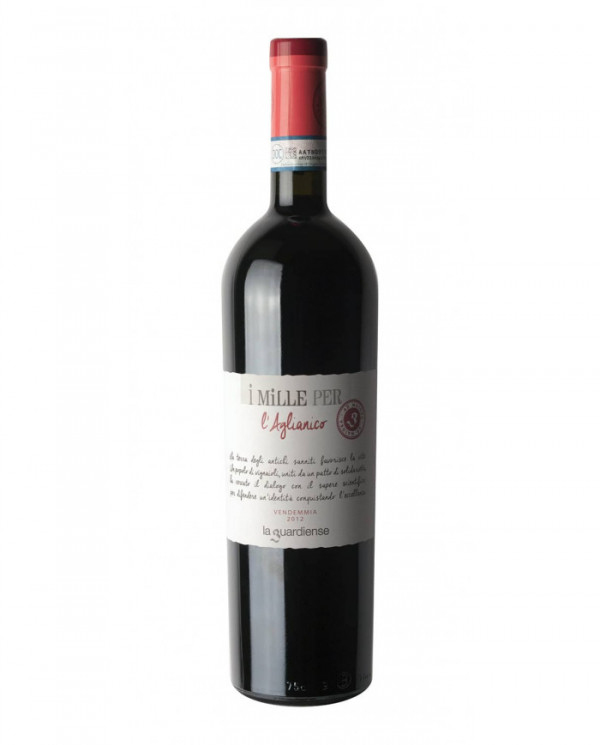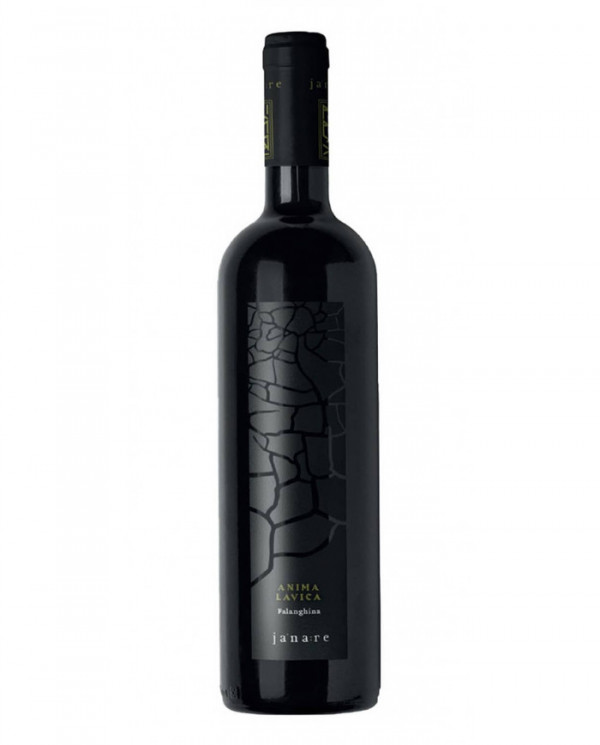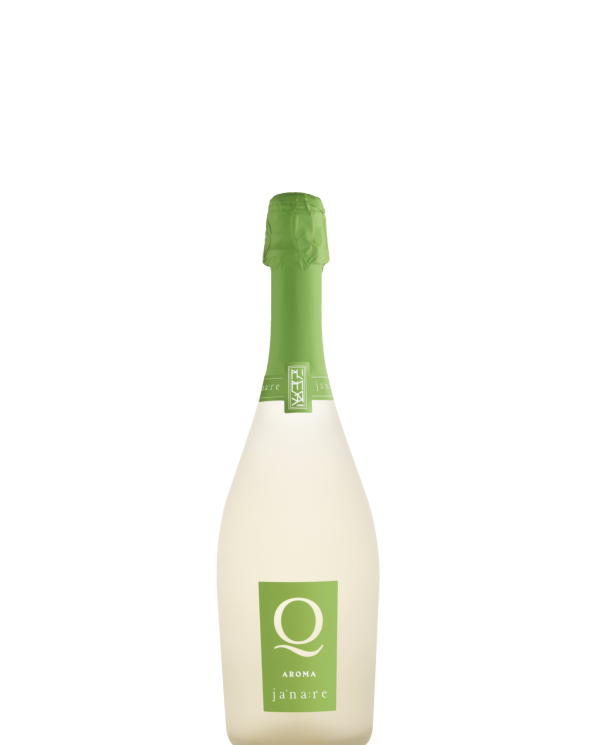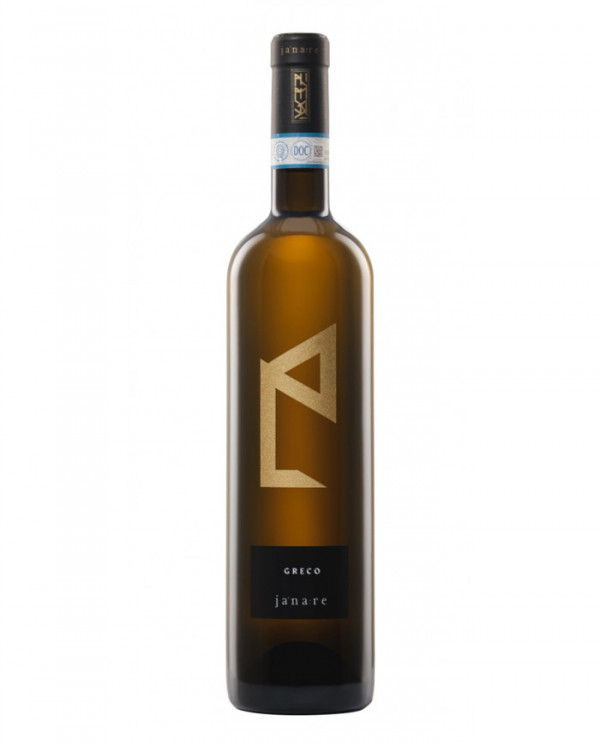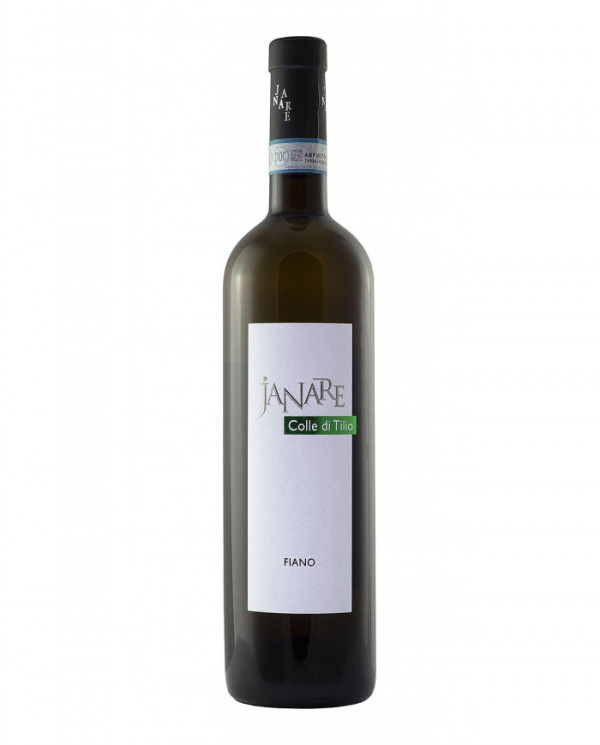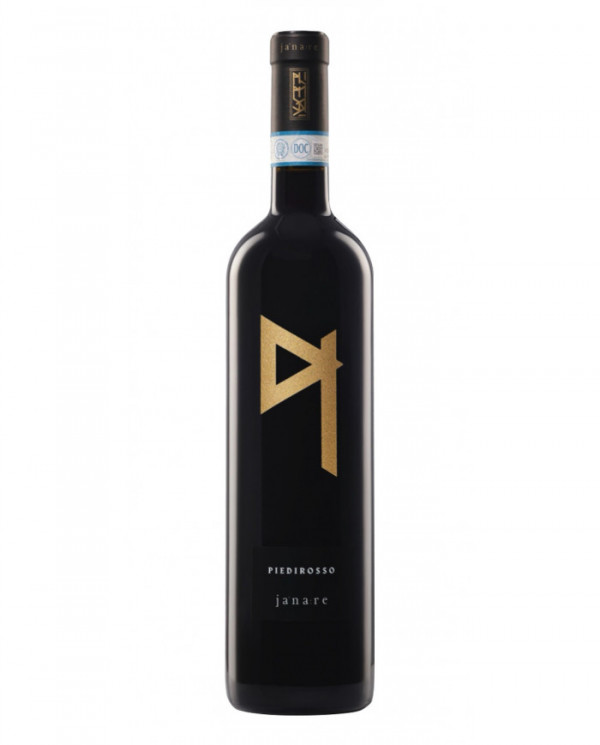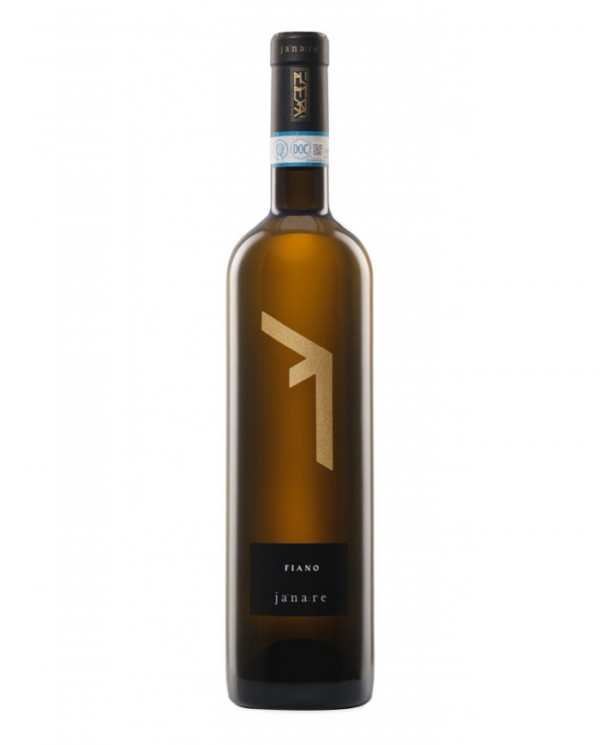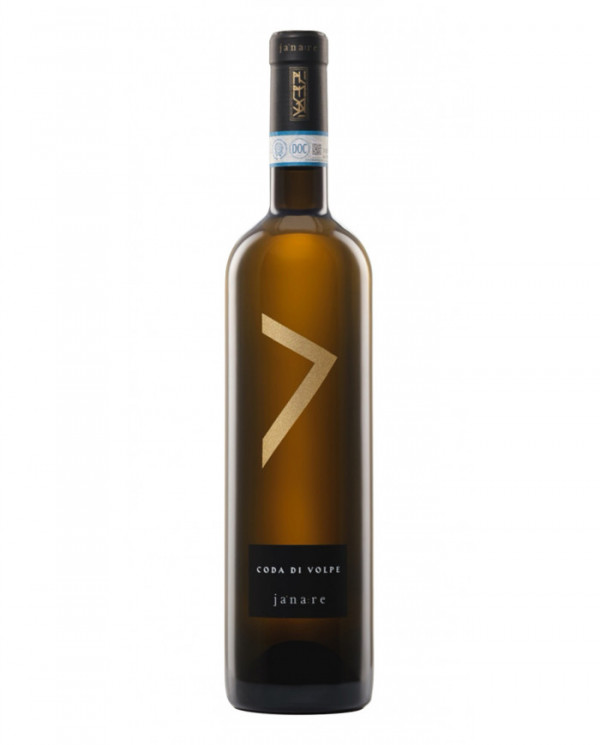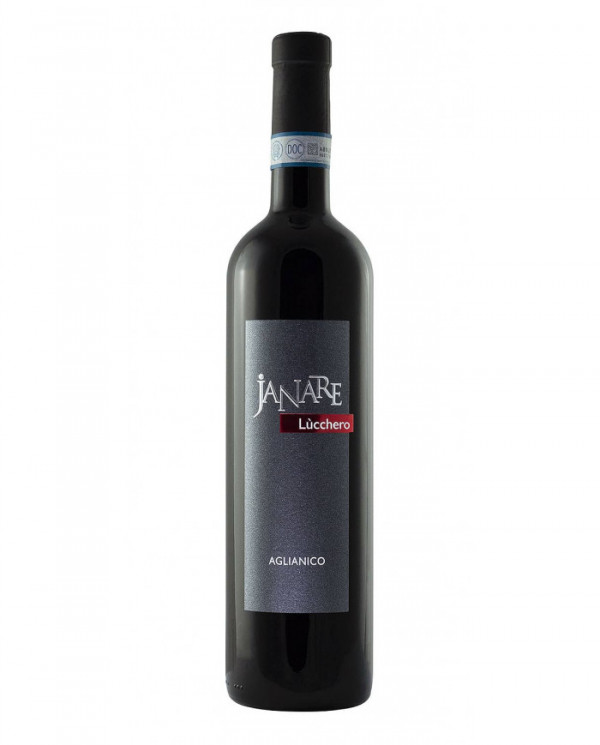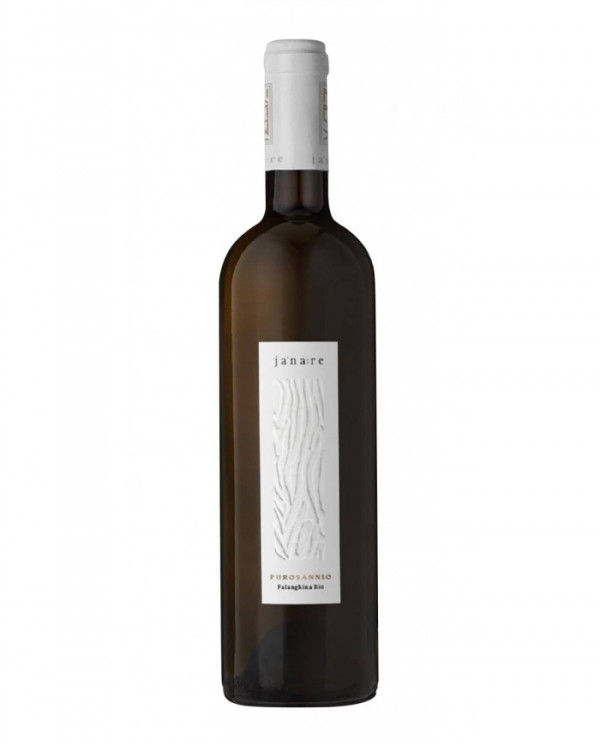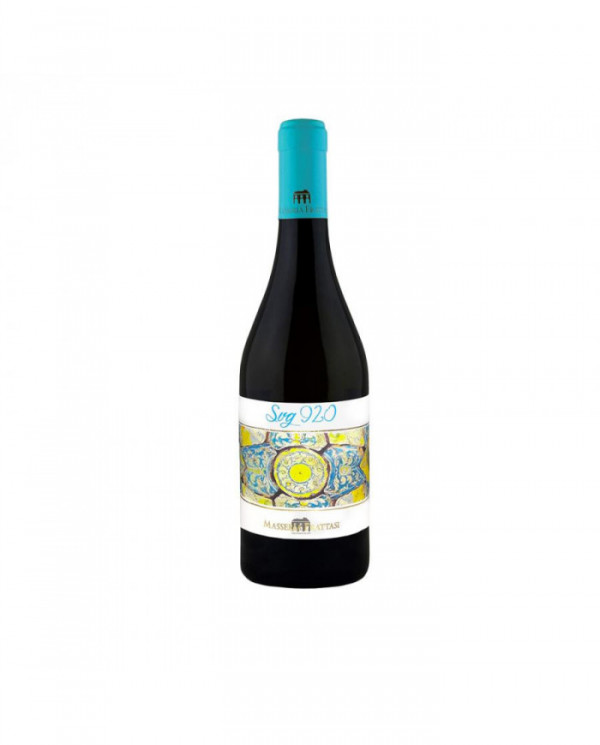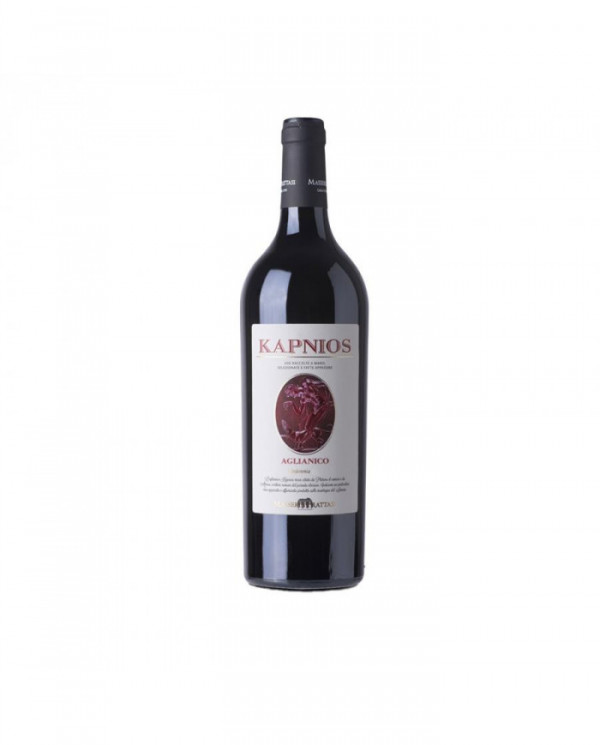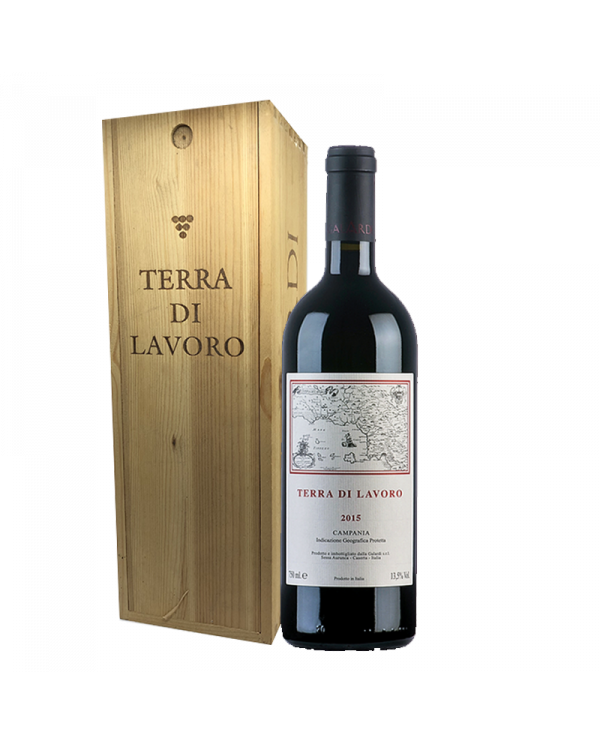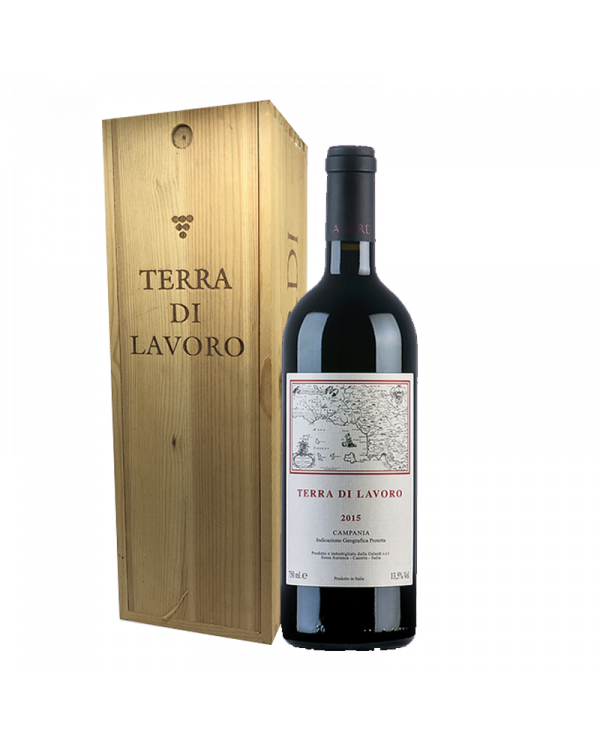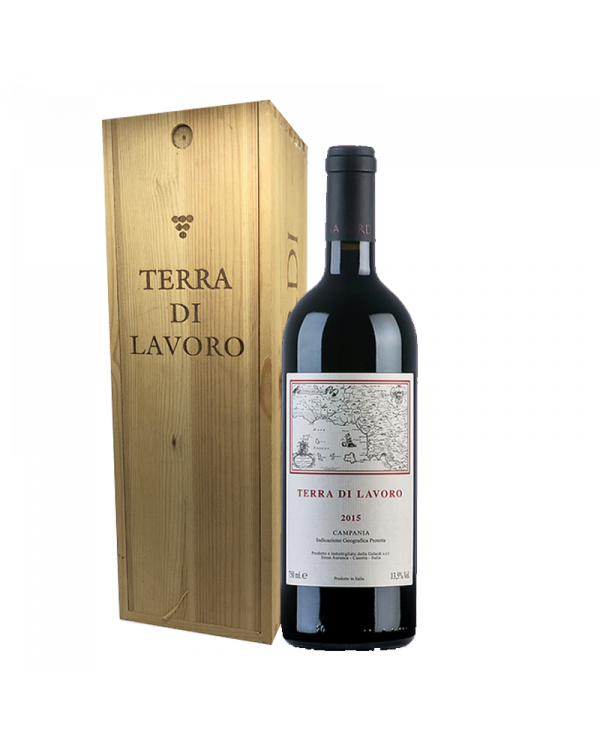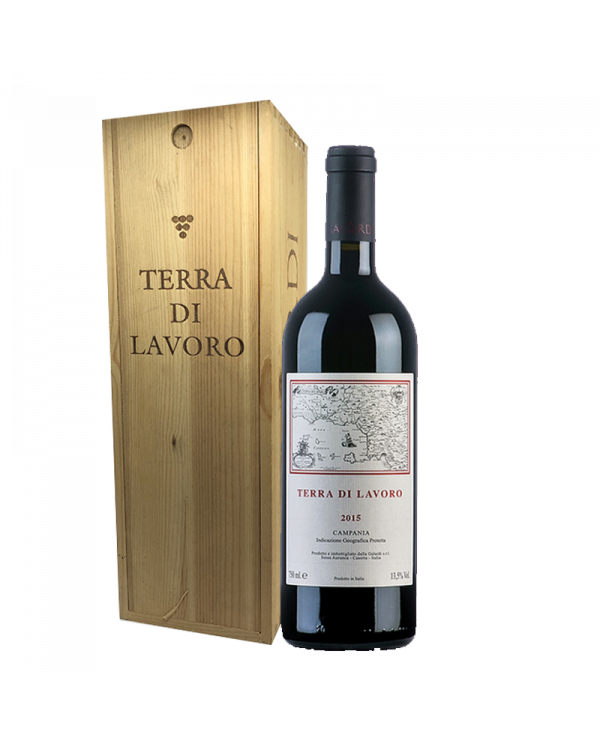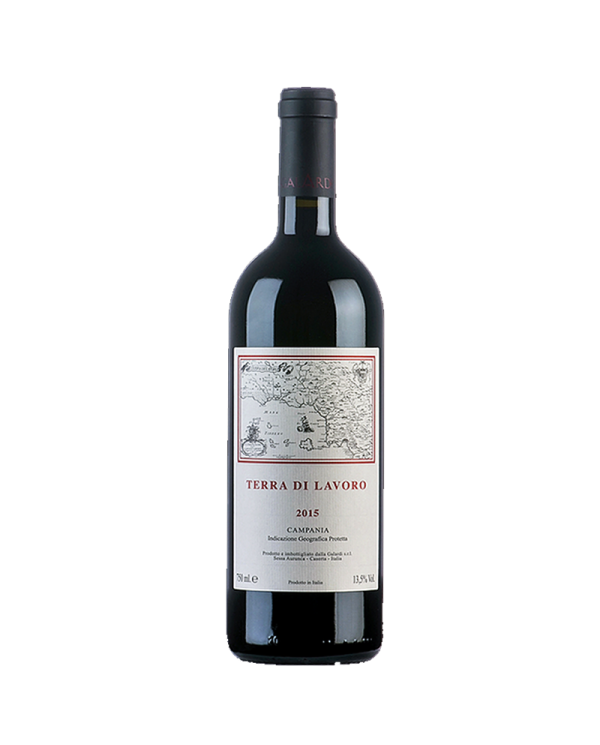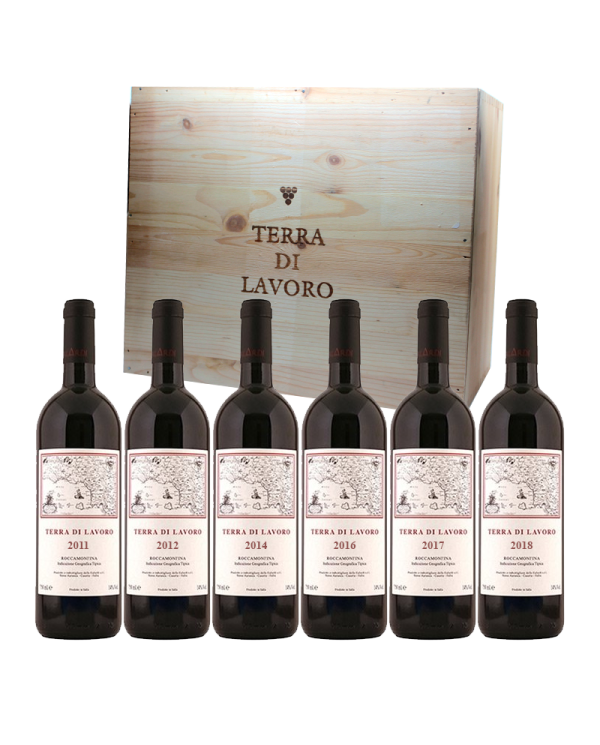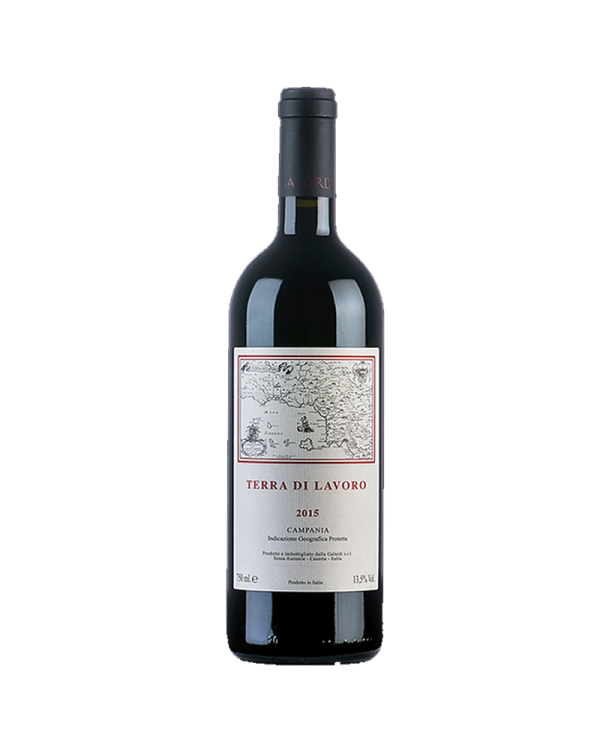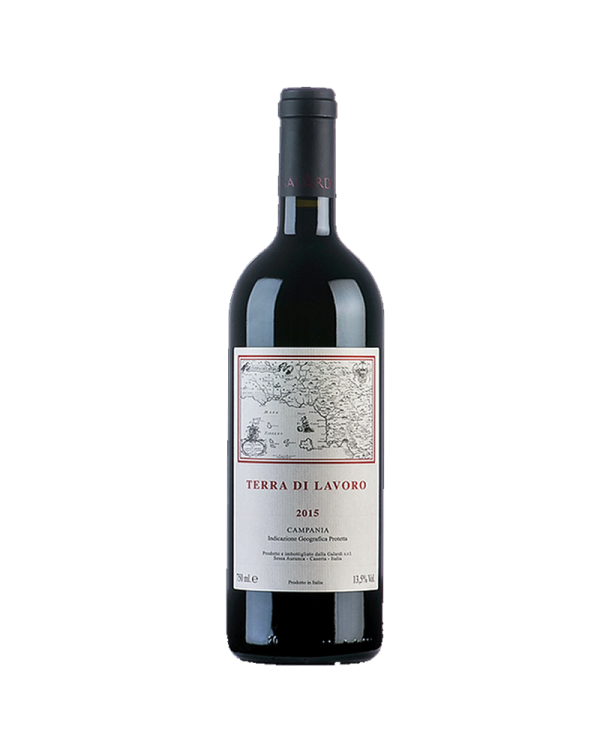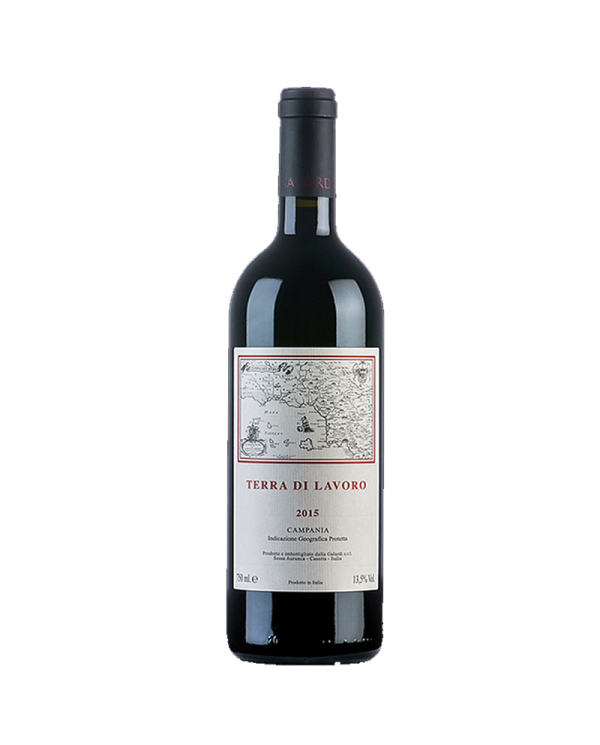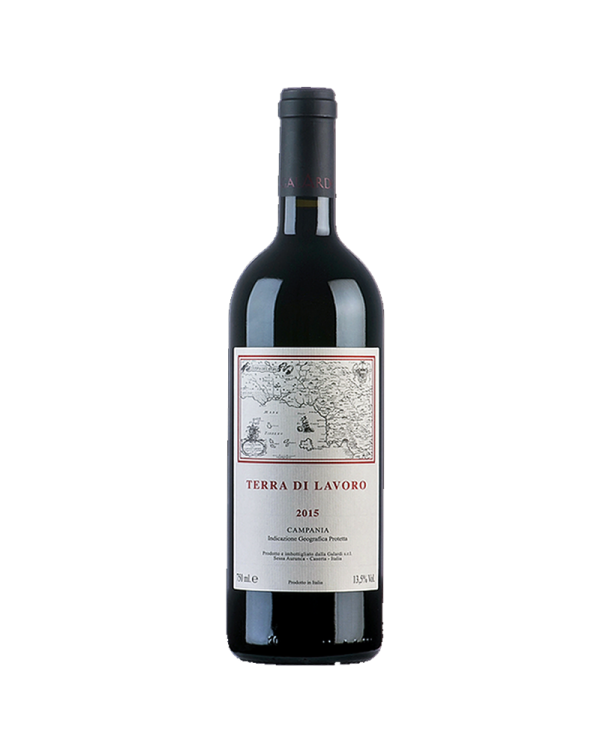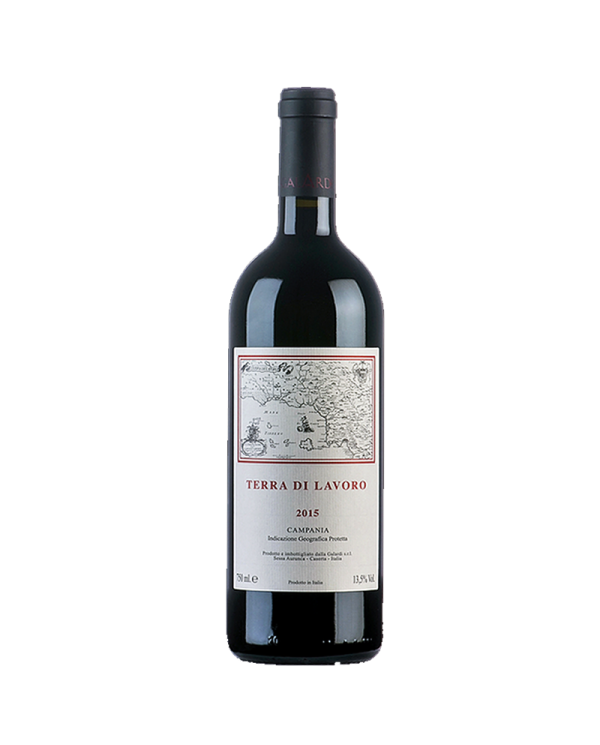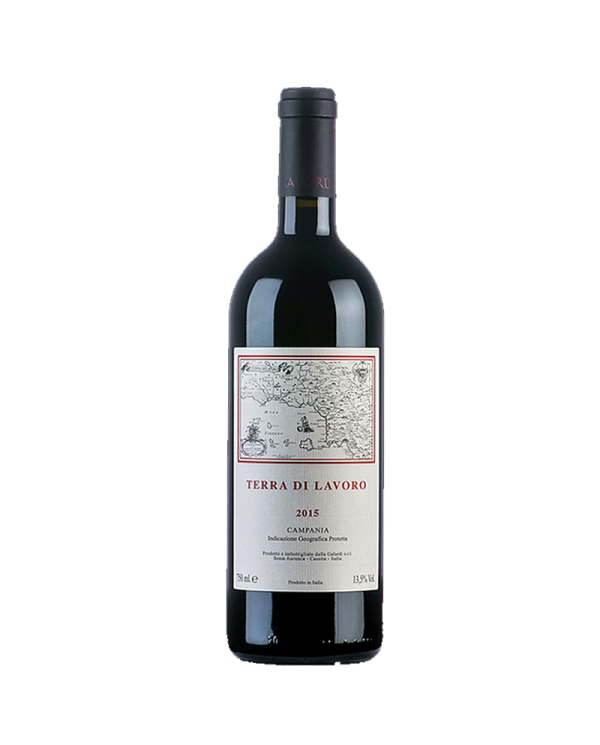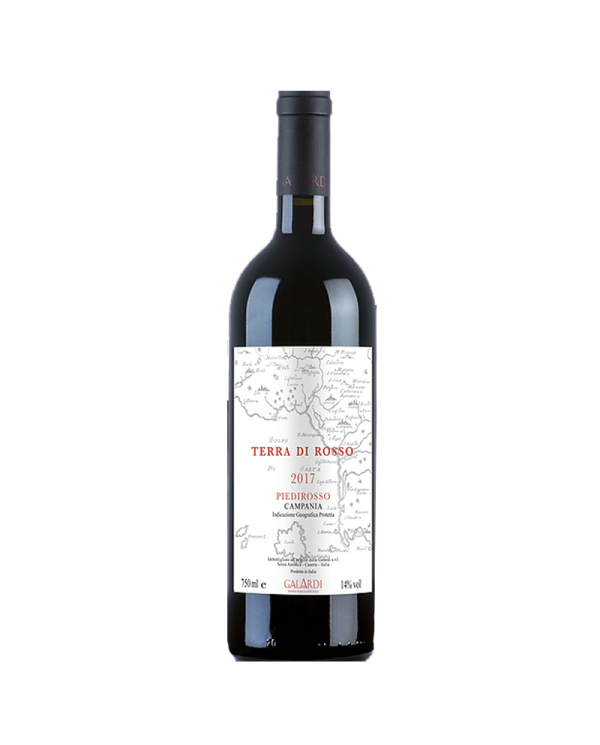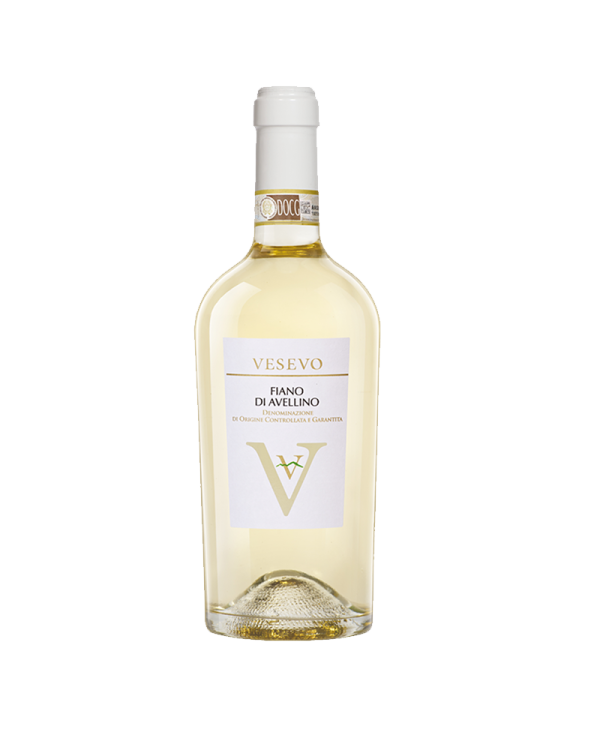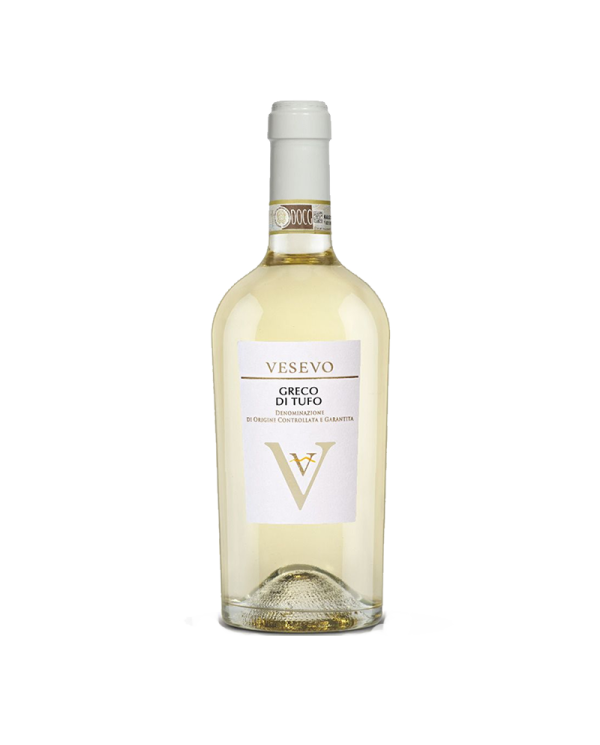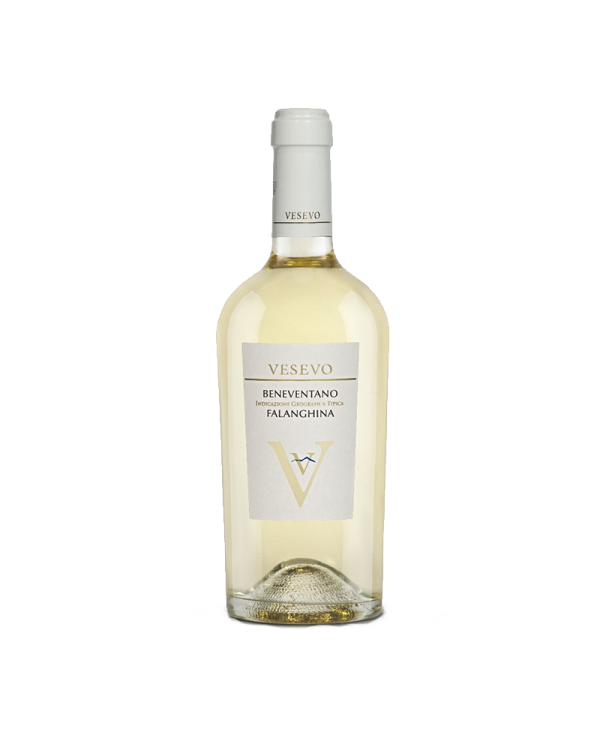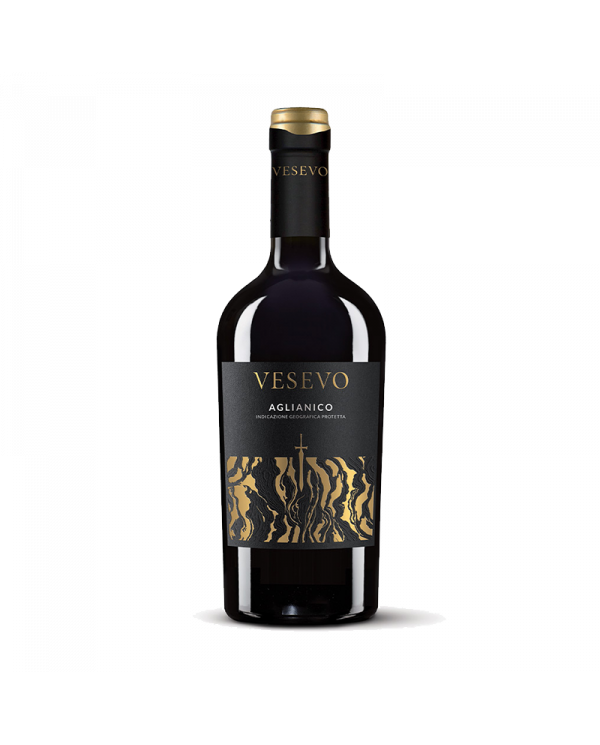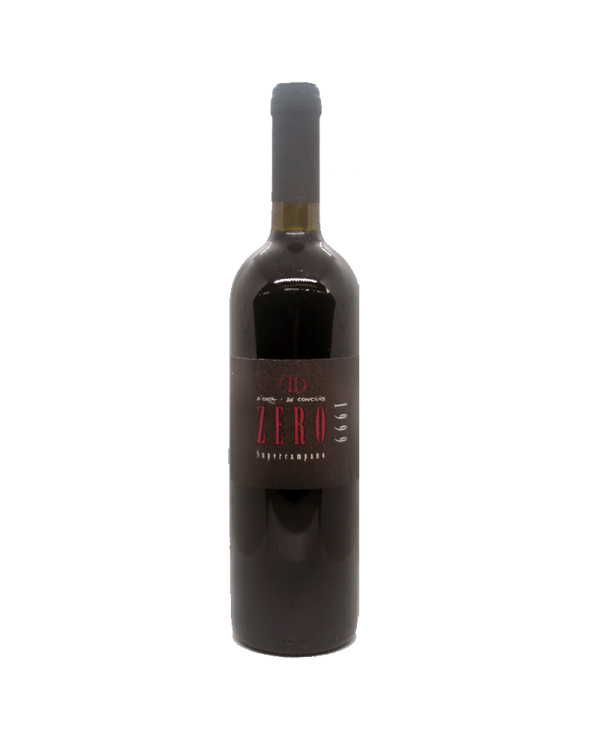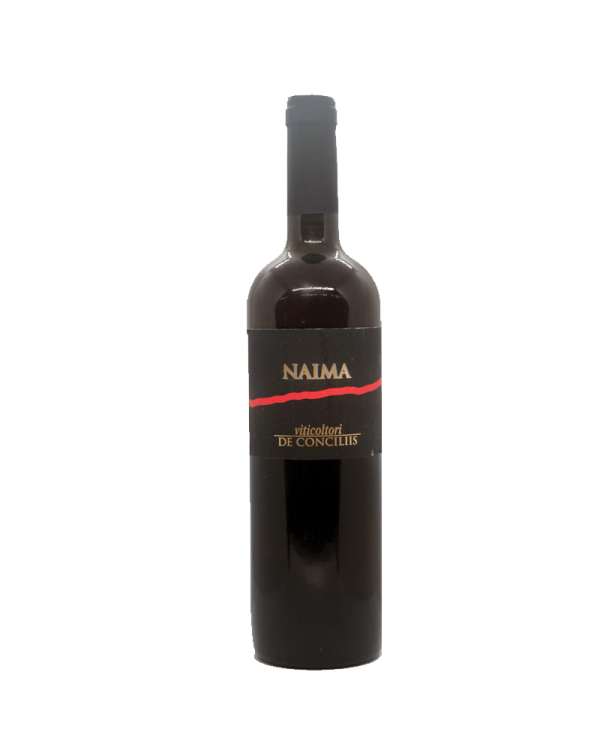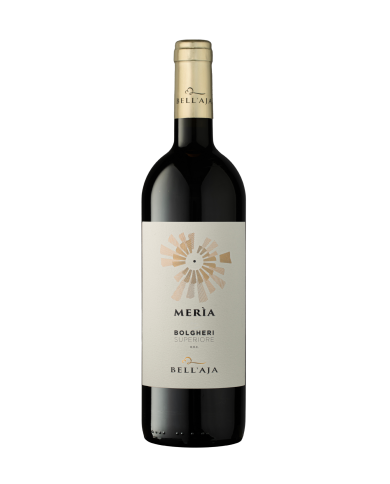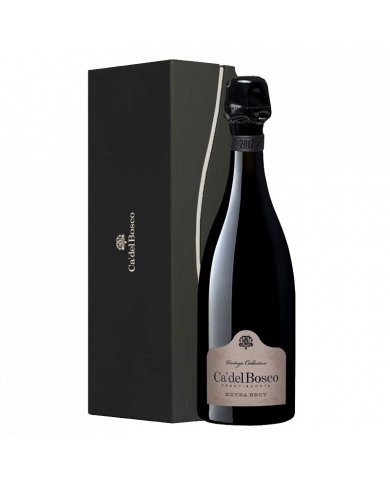Discover the secrets of Campania wines: a tasting guide!
Campania wines are among the most appreciated and known in the world. Their flavour, their complexity and the diversity of the grapes used make them a real challenge for connoisseurs. The region boasts some of the oldest and most prestigious wines in Italy, including Greco di Tufo, Falanghina and Aglianico del Taburno. To get to know them better, here is a guide to tasting Campania wines.
Which wines from Campania should I taste?
Campania wines are very different from each other, depending on the grapes used and the territory in which they are produced. Here are some of the most famous wines to taste:
- Greco di Tufo: this white wine is produced with Greco di Tufo grapes and has a unique and intriguing flavour. It has hints of fruit, flowers and herbs.
- Falanghina: another white wine, produced with Falanghina grapes. Falanghina is an aromatic grape variety that offers a unique and complex flavour.
- Aglianico del Taburno: a red wine produced with Aglianico del Taburno grapes. It has an intense flavor and a complex structure.
- Fiano of Avellino: this white wine is produced with Fiano di Avellino grapes. It has hints of fruit and honey, with a mineral note and is very savory.
- Taurasi: an intense red wine, produced with Aglianico del Taburno grapes. It has a complex flavor and a full-bodied structure.
The charm of Campania wines
Have you ever been to Campania, the southern region of Italy, where the sun kisses the coasts and hills, and the sea gently caresses the shores? If not, then it's time to find out wines of Campania, one of the oldest and richest Italian winemaking traditions. In this article, we will guide you through a food and wine journey, revealing the secrets of these wines and making you fall in love with their stories and unique flavours.
The History of the Wines of Campania The ancient origins
Viticulture in Campania dates back to the times of ancient Rome, when the region was known as "Campania Felix", or the fertile and happy land. The Romans, great wine lovers, greatly appreciated the wines of Campania, in particular the Falerno, considered one of the best wines of the time. The Falanghina, Greco and Aglianico grapes, still cultivated in Campania today, were already appreciated by the Romans for the production of fine wines.
The Renaissance and the Baroque
During the Renaissance and the Baroque, the wines of Campania continued to be appreciated for their quality. The nobles and artists of the time praised the taste and aroma of Campania wines, helping to spread their fame even outside the regional borders. It was in this period that some of the best-known denominations of origin from Campania were born, such as Taurasi and Greco di Tufo.
The best wines of Campania: discover the secrets of the excellent local productions
Wine is a very ancient drink, which has accompanied man for centuries and centuries. In every region of Italy there are unique and particular productions, which represent a real tradition and an invaluable cultural heritage. Campania, in particular, boasts a long winemaking tradition, with high quality wine productions that have conquered the whole world.
Campania is a region rich in traditions and top-level food and wine productions. The wine, in particular, represents a real excellence for this land, with productions that boast a long history and a great tradition. Campania is in fact one of the oldest regions in terms of wine production, and today it is possible to find here some of the most prestigious and appreciated wines in the world.
The DOCGs of Campania
Campania boasts three denominations of controlled and guaranteed origin (DOCG), namely Fiano di Avellino, Tufo Greek and Taurasi. These wines are considered among the best in Italy, and are known and appreciated all over the world for their elegance, their complexity and their unique organoleptic characteristics.
Fiano di Avellino is a very elegant white wine, with notes of exotic fruit, white flowers and a touch of spice.
Greco di Tufo, on the other hand, is a white wine with floral and fruity notes, with a light almond note and a persistent finish. Finally, Taurasi is a red of great structure and intensity, with notes of ripe red fruit, spices and a slight note of vanilla.
The artisanal wines of Campania In addition to the famous DOCG
Campania also boasts a long tradition of artisanal wines, produced by small wineries that use traditional methods and ancient winemaking techniques to create unique wines of the highest quality. These wines are often less well-known than the DOCGs, but still represent a real excellence for the region and are highly appreciated by connoisseurs and enthusiasts.
Among the most renowned artisan wines of Campania we find the Lacryma Christi del Vesuvio, a white wine with floral and fruity notes, with a light almond note and a persistent finish. Falanghina del Sannio, a white wine with fruity and floral notes, with a touch of spice and a slightly bitter finish, is also highly appreciated. Finally, the Aglianico del Taburno is an intense and structured red, with notes of ripe red fruit, spices and a slight note of vanilla.
The production of organic wine in Campania
In recent years, the production of organic wine in Campania is gaining ground, thanks to the growing attention to sustainability and the environment. These wines are produced without the use of chemicals and pesticides, and represent an excellent alternative for those looking for a healthy and natural product.
Among the most appreciated organic wines of Campania we find the Falerno del Massico, an intense and structured red, with notes of ripe red fruit and spices, and the Biancolella, a white wine with fruity and floral notes, with a light note of almond and a lingering finish.
Campania is a region rich in traditions and top-level food and wine productions, and its wines represent a real excellence for this land. From DOCG to artisanal wines, passing through organic wines, every wine production in Campania is unique and particular, and represents an invaluable cultural and gastronomic heritage. Choose the wine that best suits you and taste the secrets of this extraordinary region.
What are the denominations of wines from Campania
Campania is an Italian region that boasts a long winemaking tradition, with many denominations of origin that identify the wines produced in this region. Here are some of the most famous designations of origin of Campania:
-
DOCG (Denomination of Controlled and Guaranteed Origin): this is the most prestigious denomination, which identifies the highest quality wines produced in this region. Campania boasts three DOCGs: Fiano di Avellino, Greco di Tufo and Taurasi.
-
DOC (Controlled Designation of Origin): this denomination identifies superior quality wines produced in a specific geographical area. Among the most famous DOCs of Campania we find the DOC Irpinia, the DOC Penisola Sorrentina and the DOC Sannio.
-
IGT (Typical Geographical Indication): this denomination identifies wines produced in a specific geographical area, which follow less stringent rules than those of the DOC. Among the most famous IGTs of Campania we find the IGT Terre del Volturno and the IGT Campi Flegrei.
-
Artisan wines: these wines are produced by small wineries that use traditional methods and ancient winemaking techniques to create unique wines of the highest quality. Campania boasts a long tradition of artisanal wines, including Lacryma Christi del Vesuvio and Falanghina del Sannio.
Furthermore, in recent years the production of organic wine in Campania has become increasingly popular, representing an excellent alternative for those looking for a healthy and natural product.
What are the most famous wine cellars in Campania
-
Baron's Cellar: this winery is located in the Avellino area and is known for the production of DOCG wines such as Fiano di Avellino and Greco di Tufo.
-
Feudi di San Gregorio: this winery is located in the Sorbo Serpico area and boasts a long tradition in the production of high quality wines, including Taurasi and Fiano di Avellino.
-
Mastroberardino: this winery is one of the oldest and most famous in Campania, located in the Avellino area. It is known for the production of DOCG wines such as Taurasi and Greco di Tufo.
-
Terredora of Paul: this winery is located in the Irpinia area and is known for the production of high quality wines, including Fiano di Avellino and Taurasi.
-
Cyrus Picariello: this winery is located in the Irpinia area and is known for the production of high quality artisan wines, including the Lacryma Christi del Vesuvio and the Falanghina del Sannio.
These are just some of the most famous wineries in Campania, but in this region there are many other wineries that produce wines of the highest quality. The advice is to try the wines of different cellars to discover the ones that best suit your tastes.
Map
Campania wines are among the most appreciated and known in the world. Wine tasting is a way to get to know them better, examining them in depth. Wine tasting involves some basic steps, such as observing the wine, smelling it and tasting it. The Campania region boasts some of the best Italian wines, such as Greco di Tufo, Falanghina, Aglianico del Taburno, Fiano di Avellino and Taurasi. When tasting a wine, it is important to consider some factors before making a judgement. Now that you've learned the secrets of Campania wines, it's time to put them to the test!

